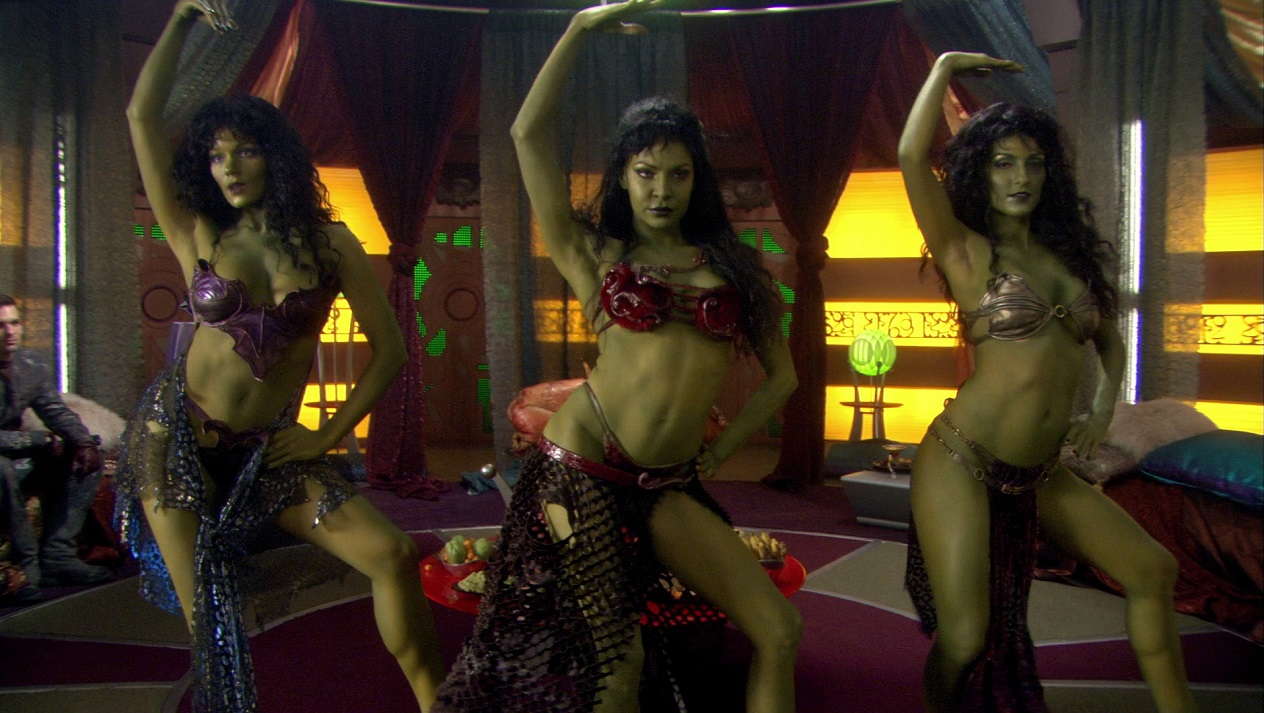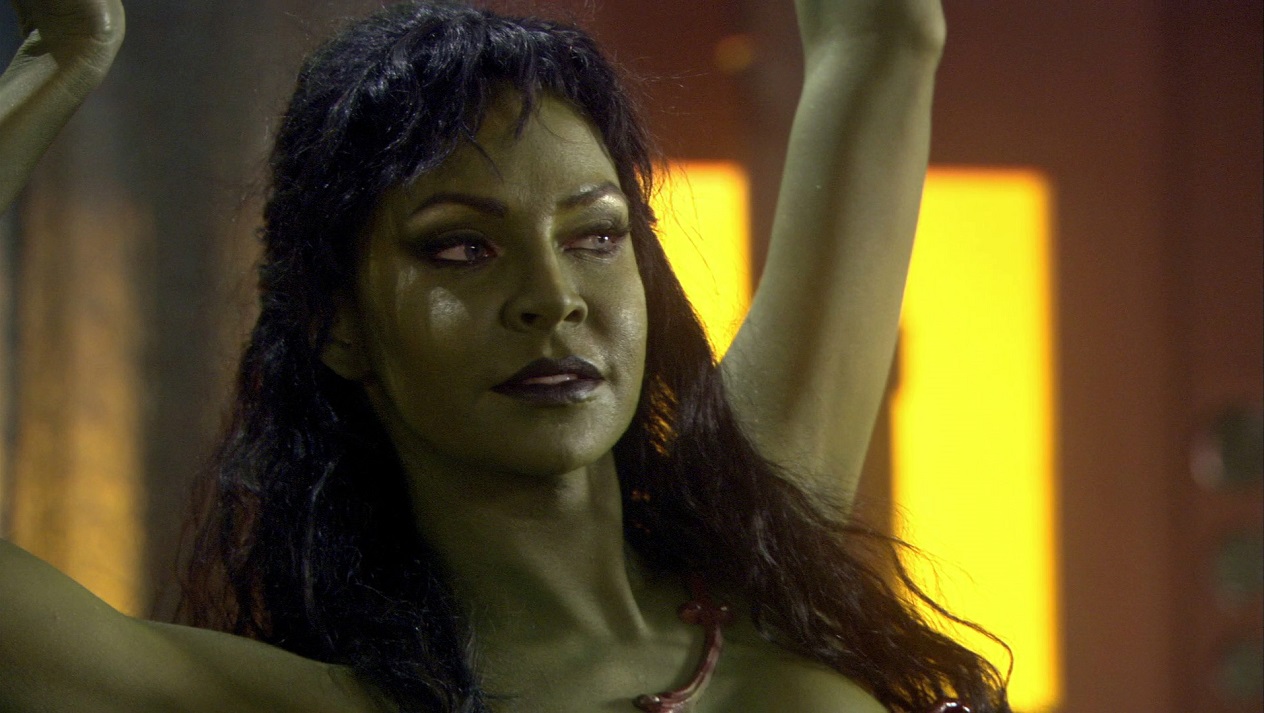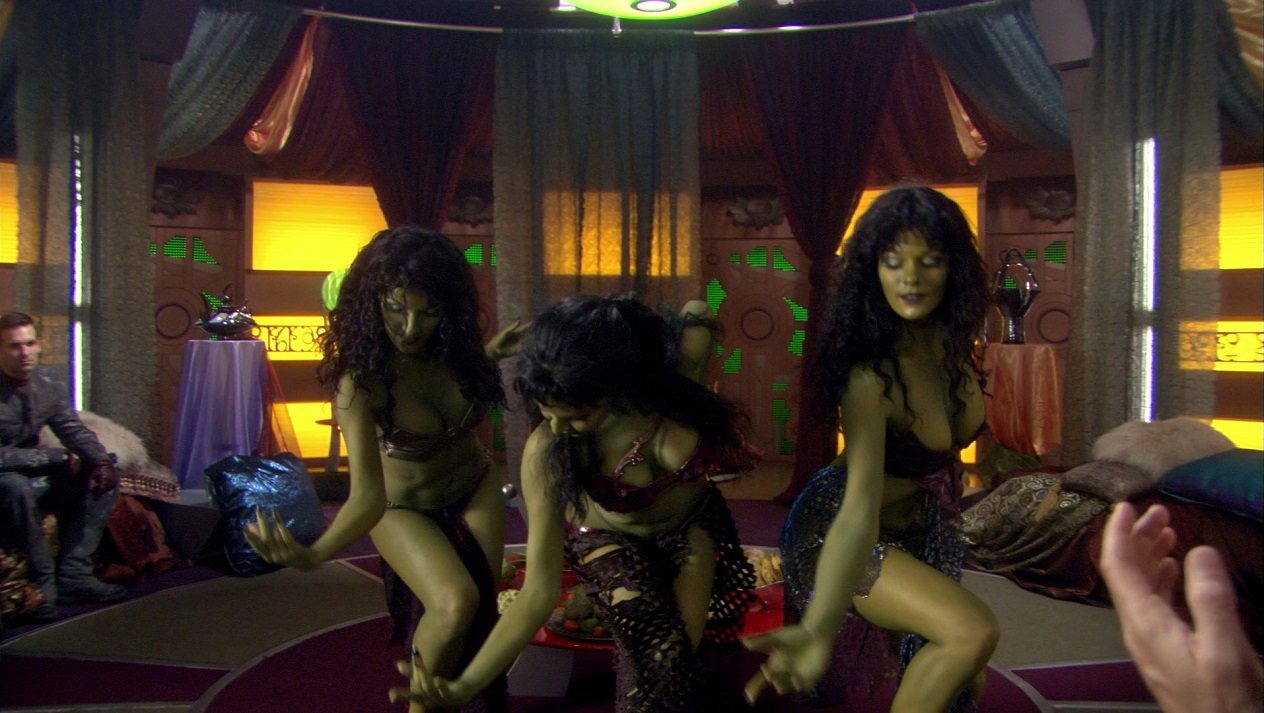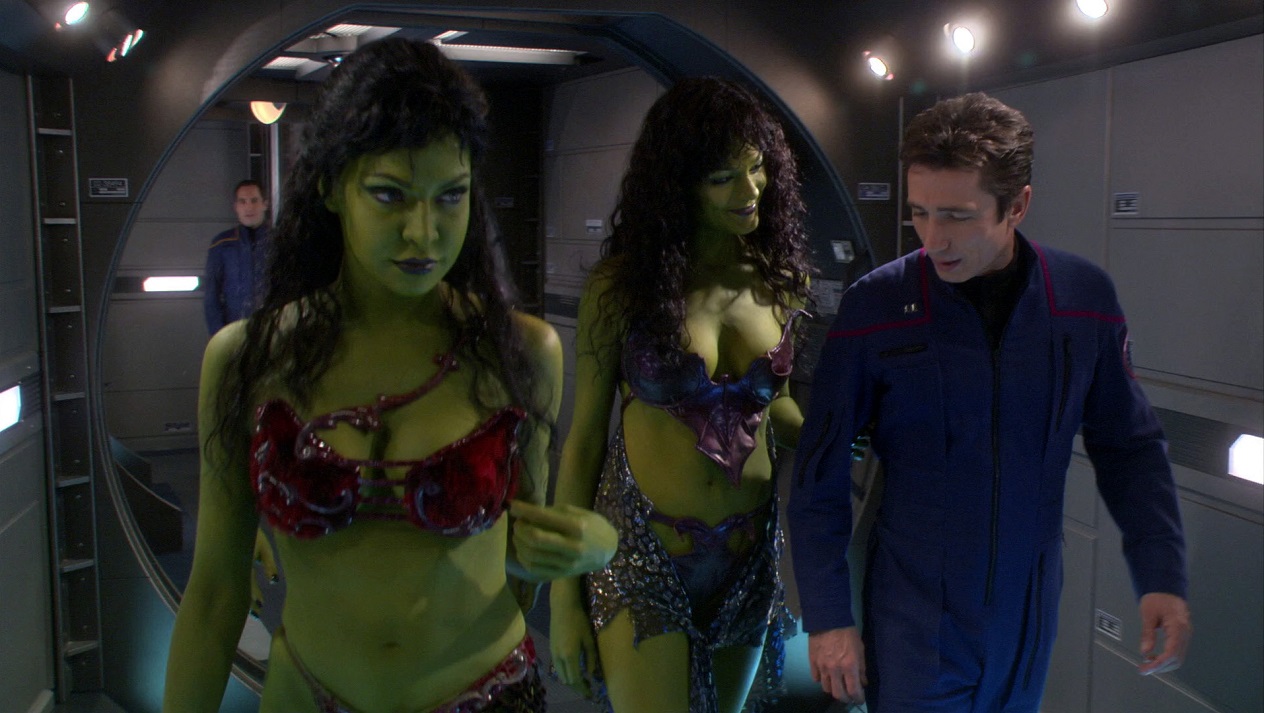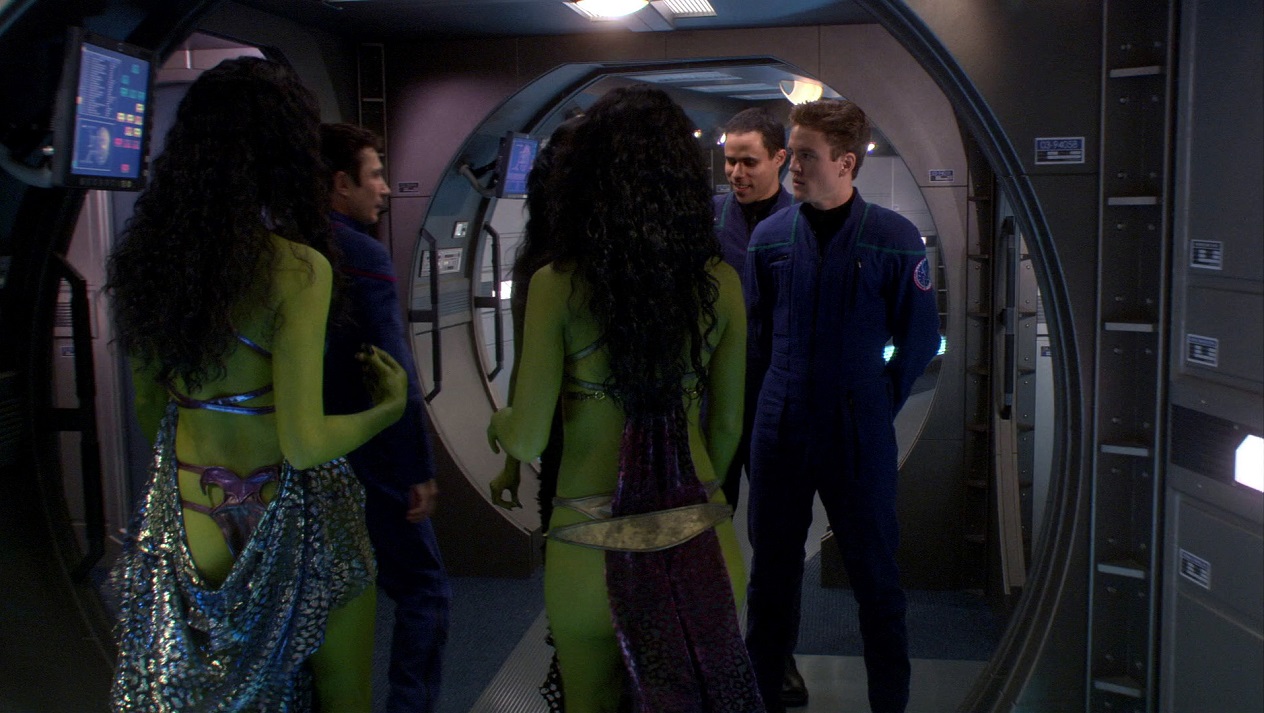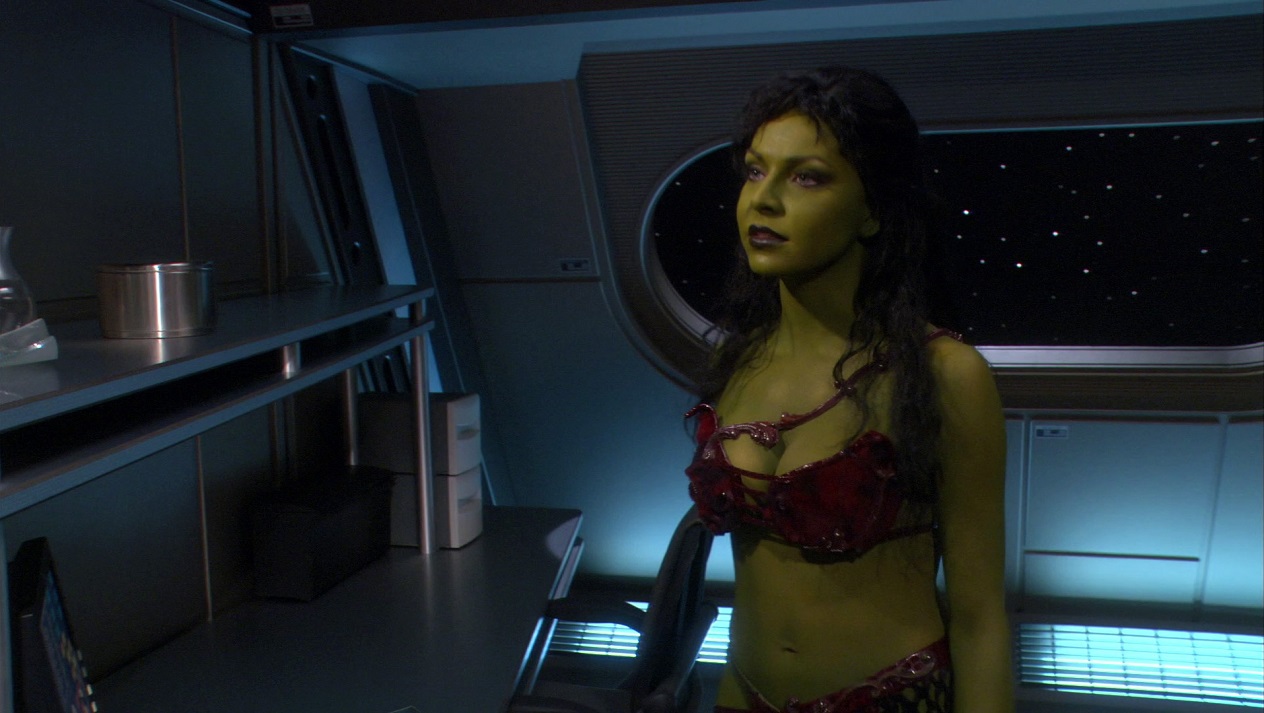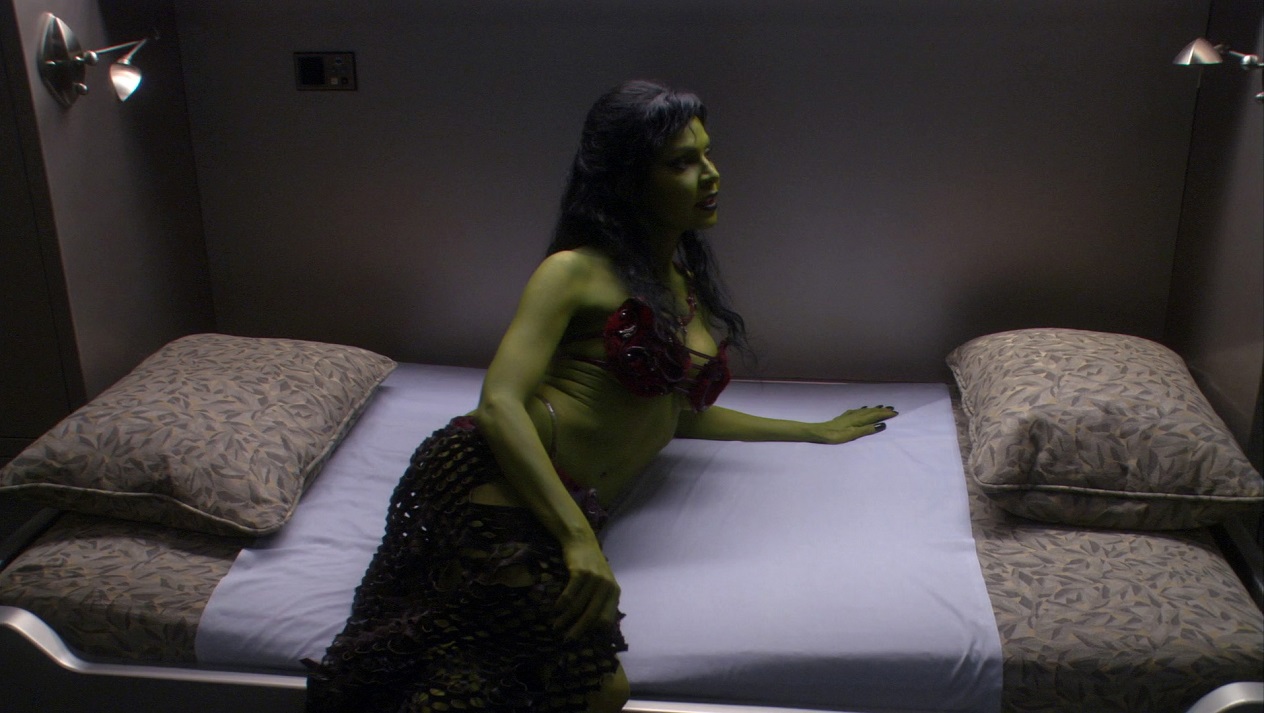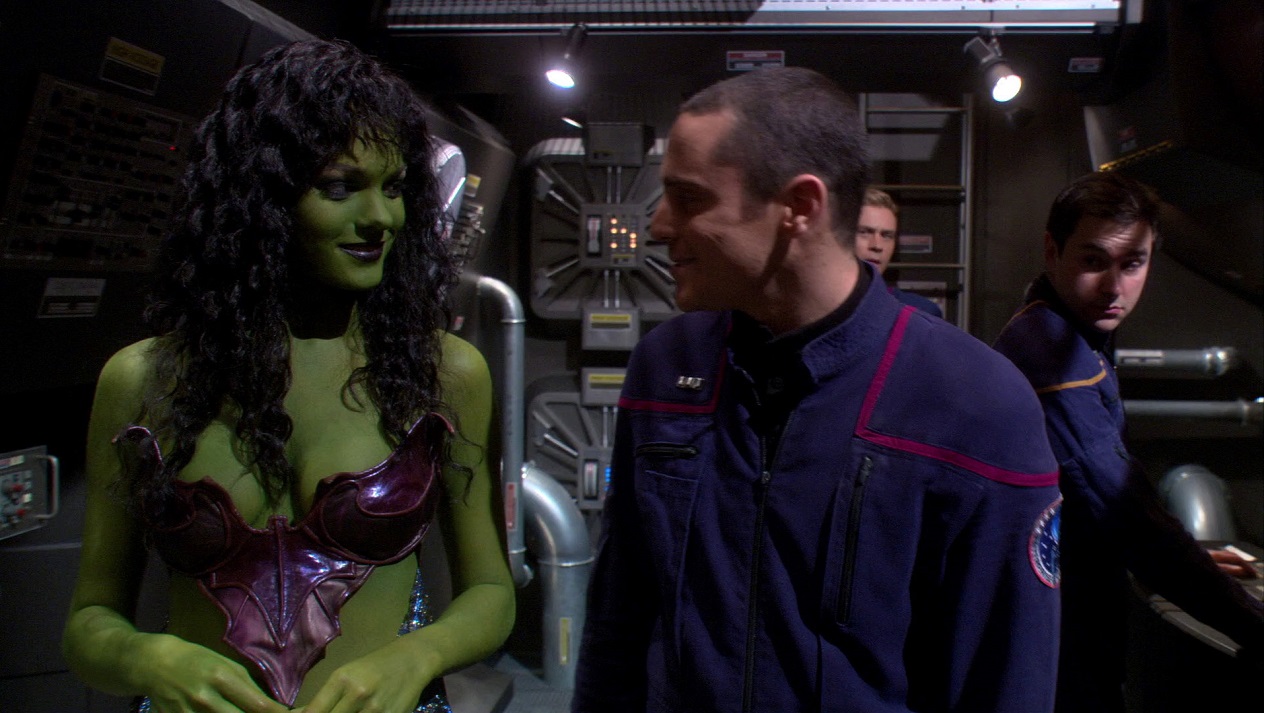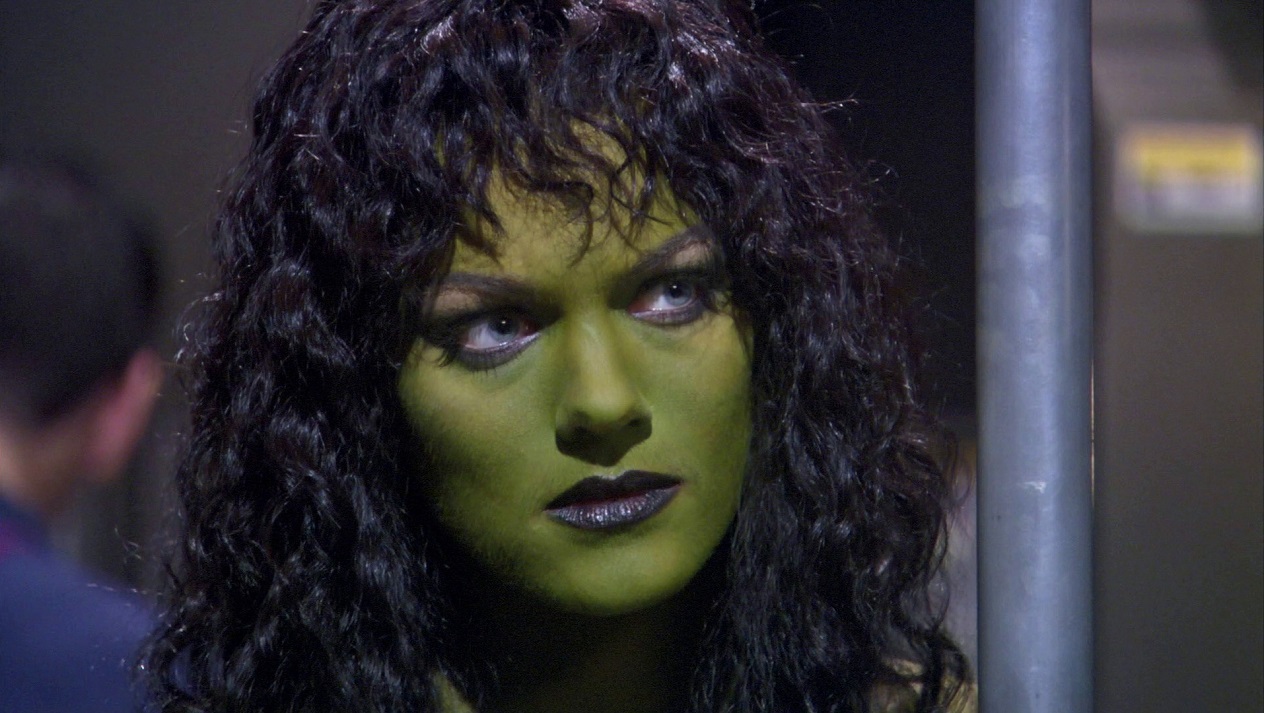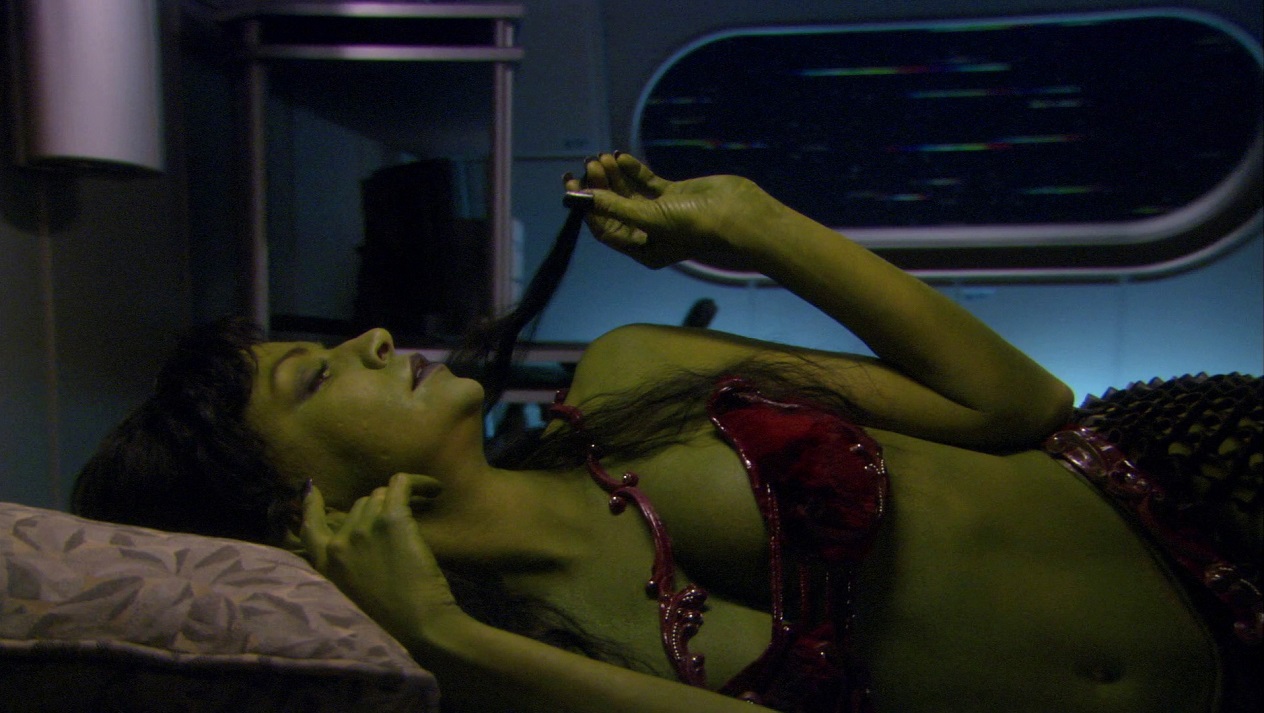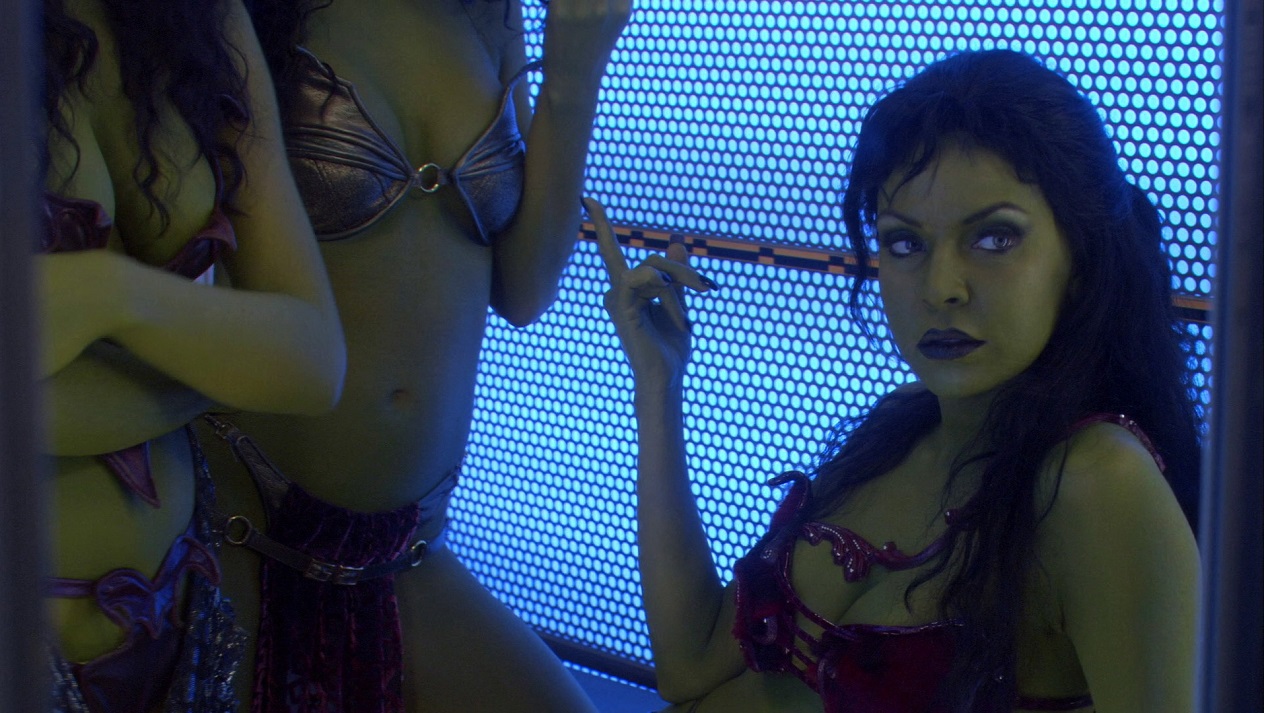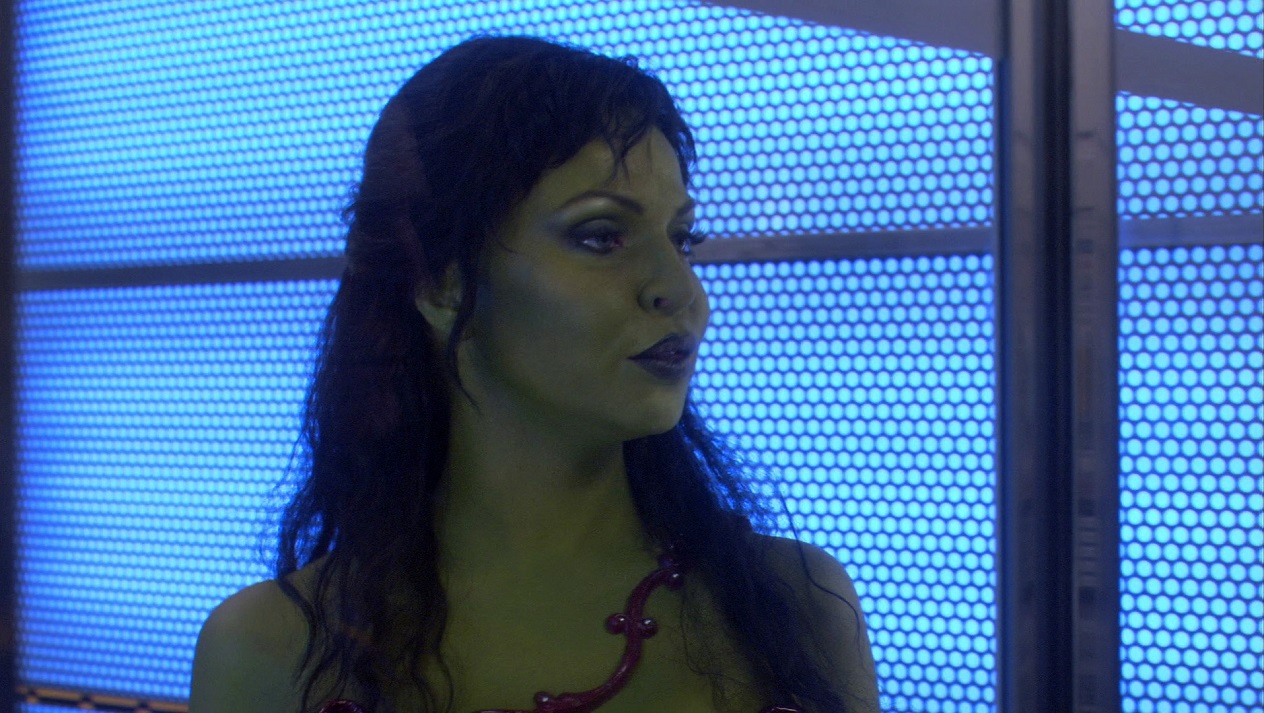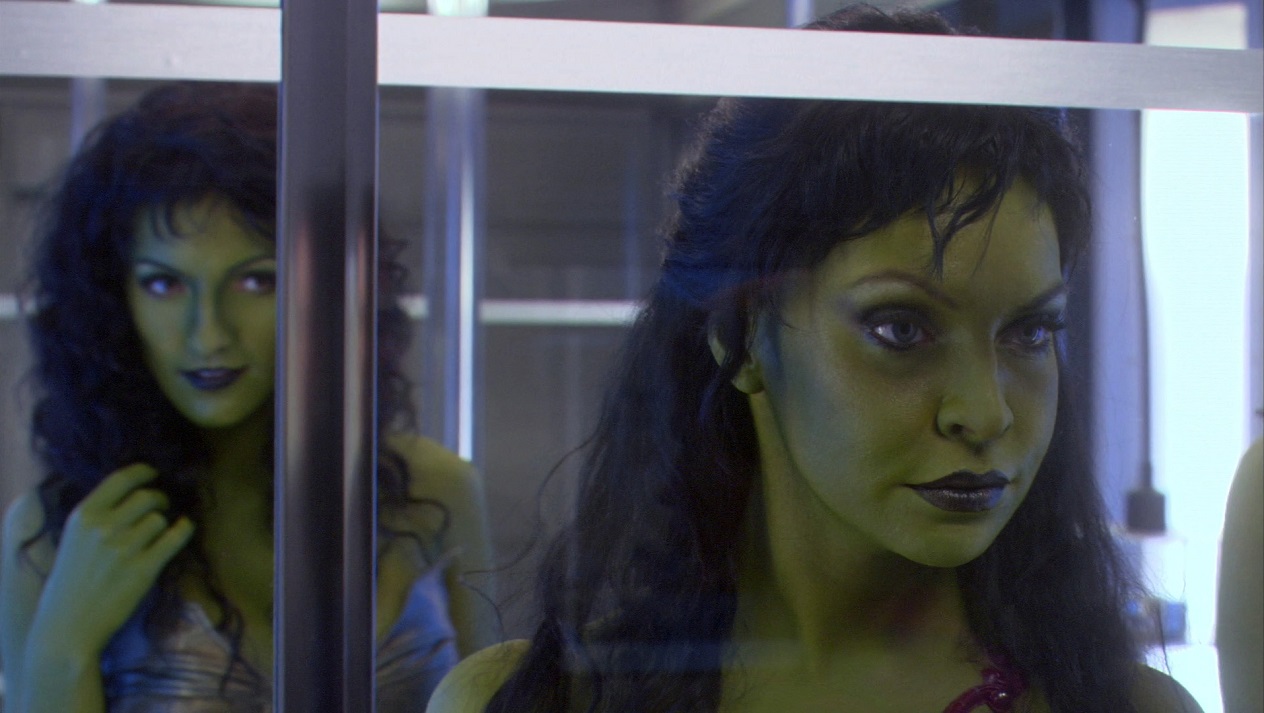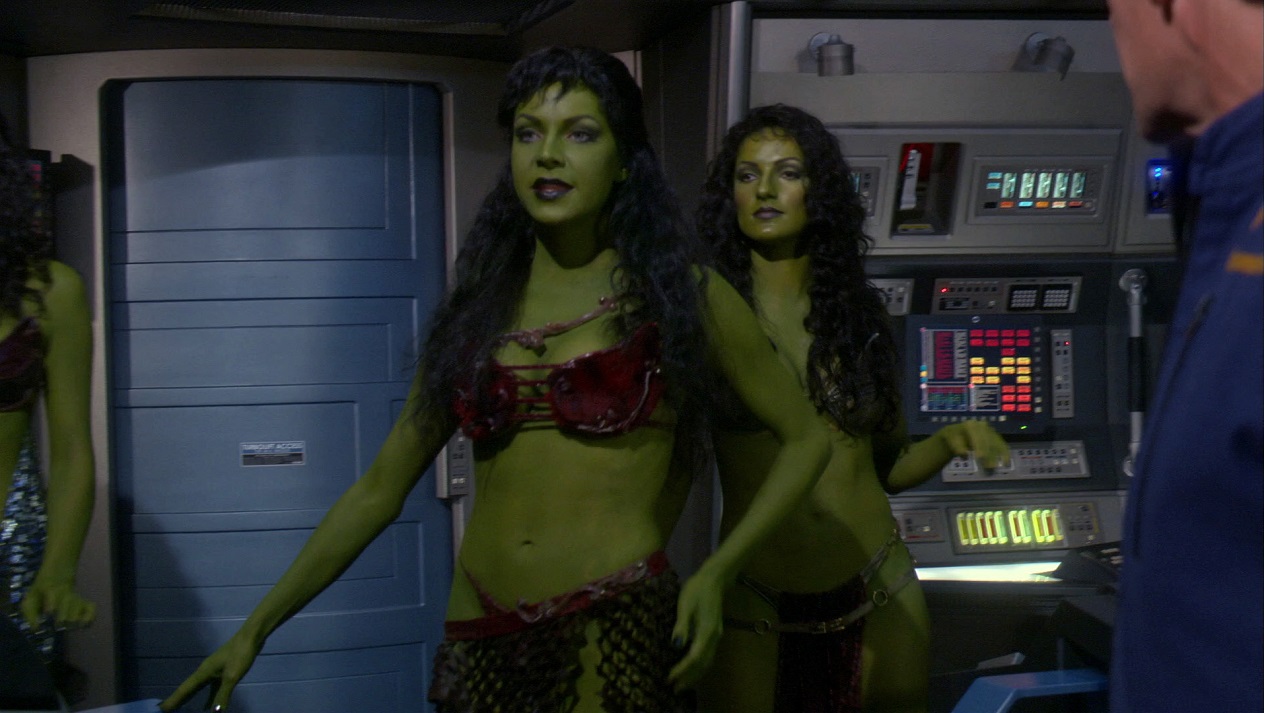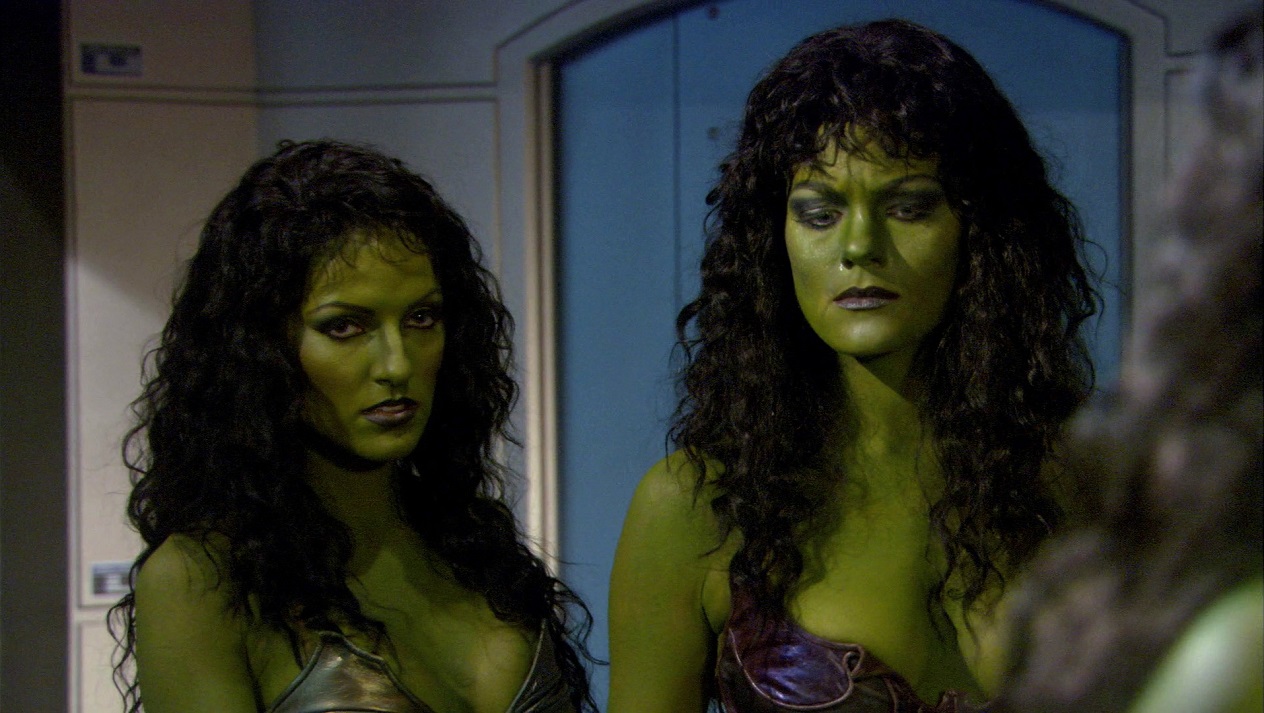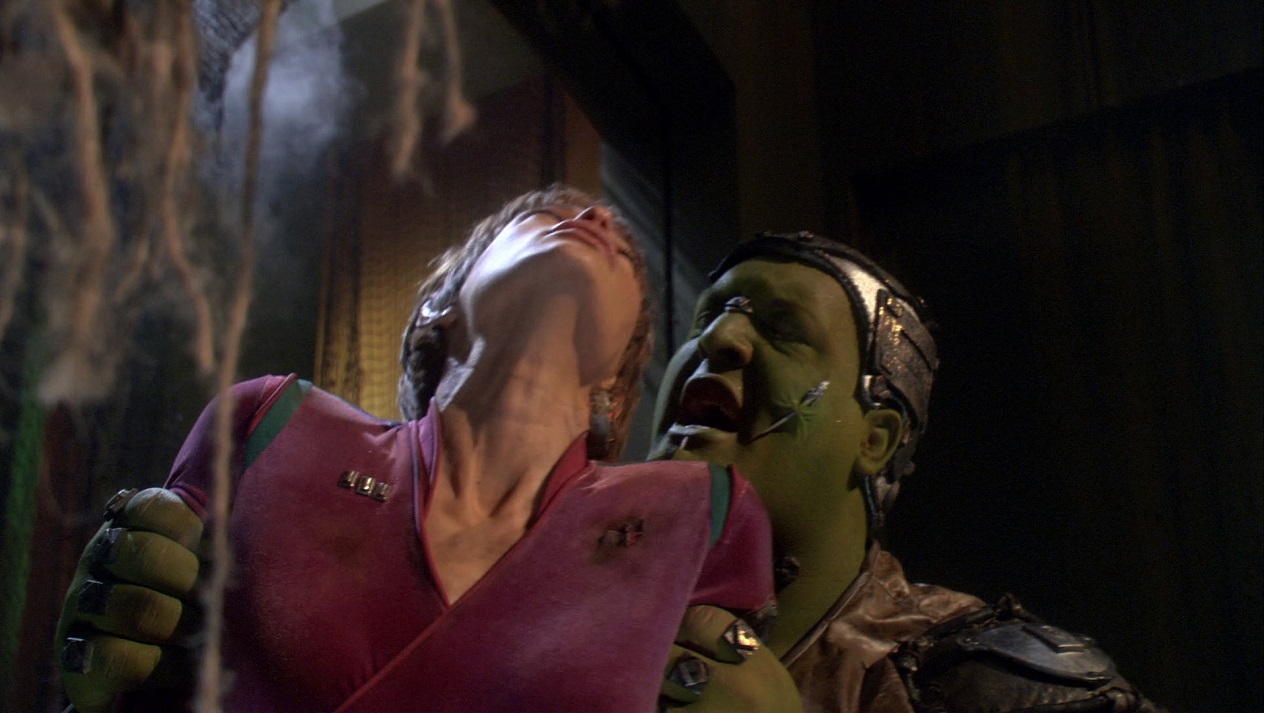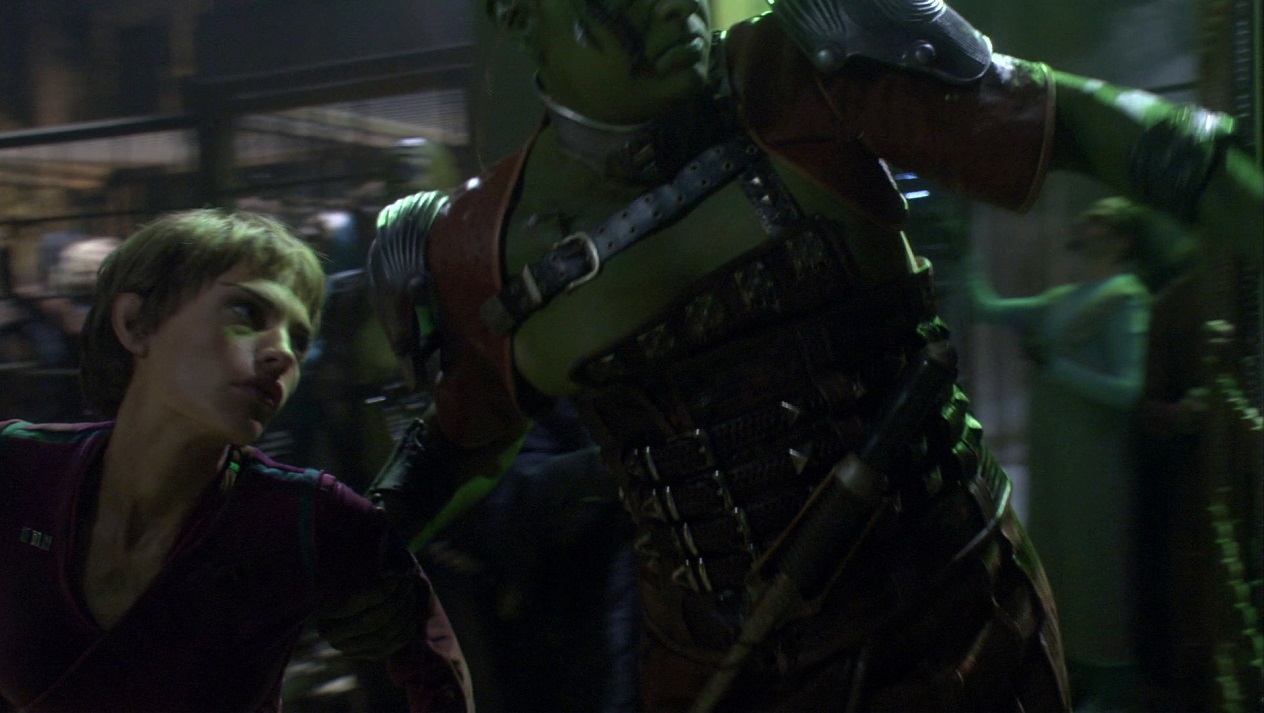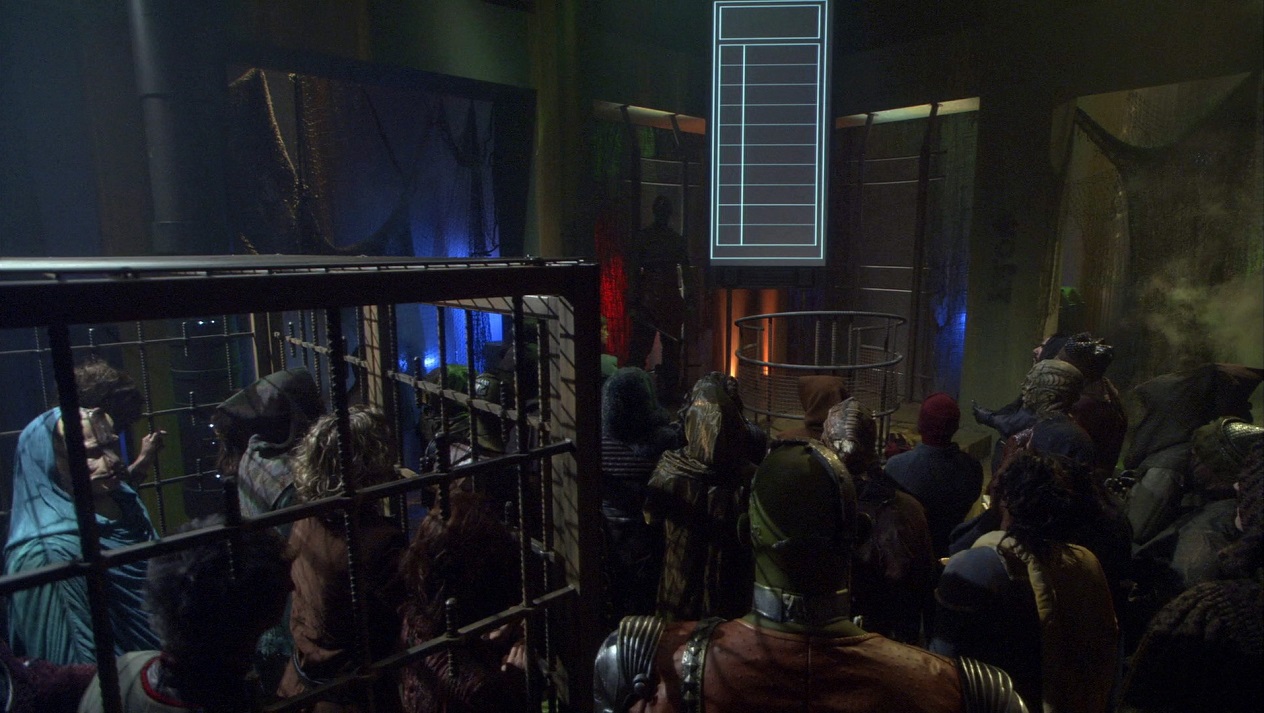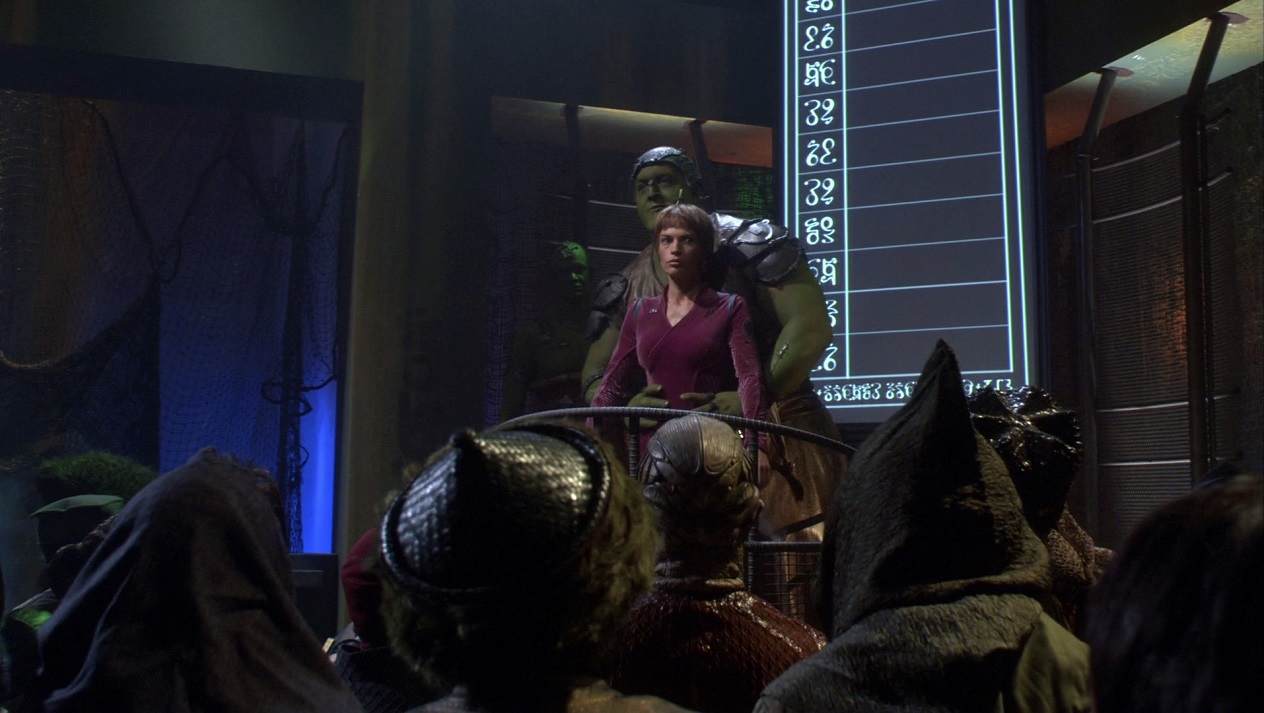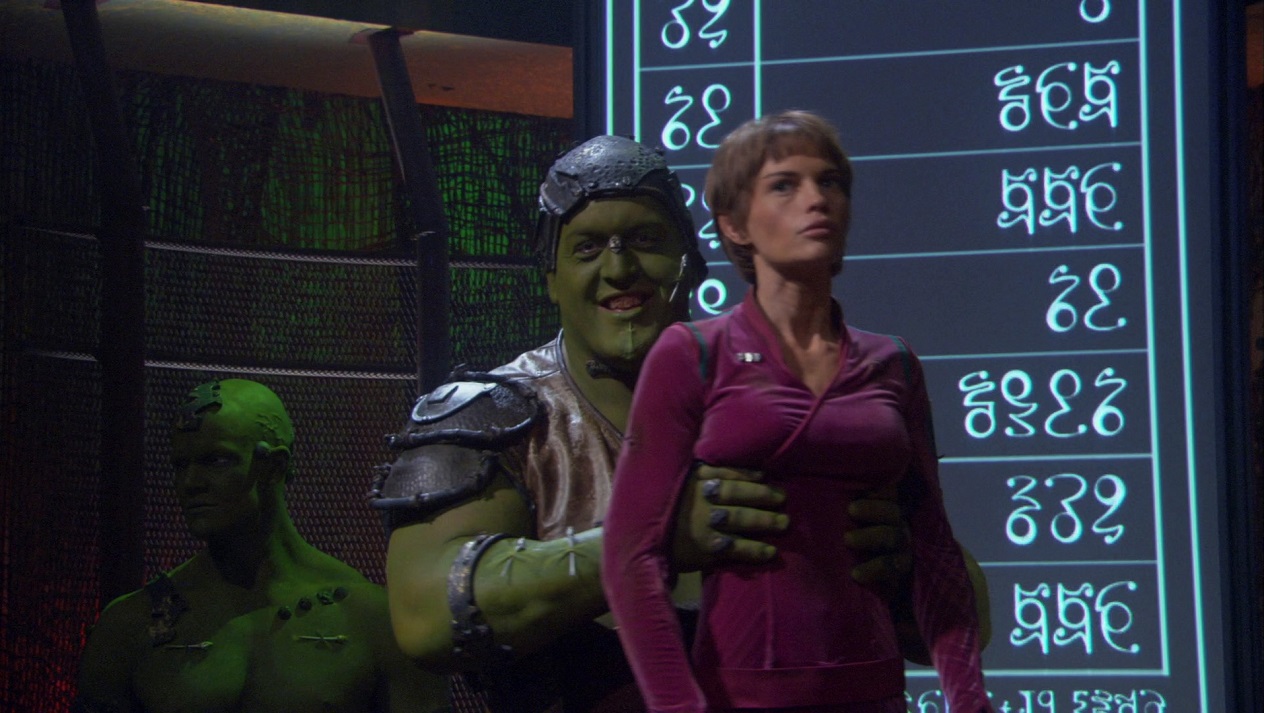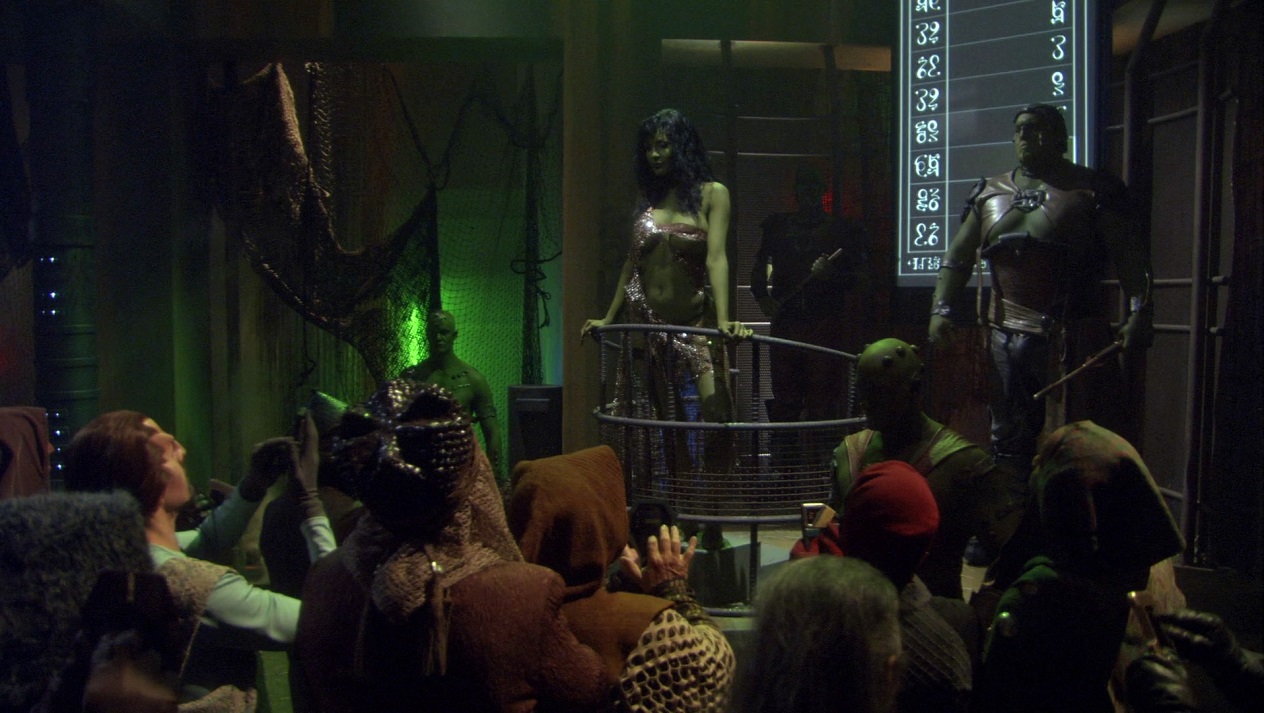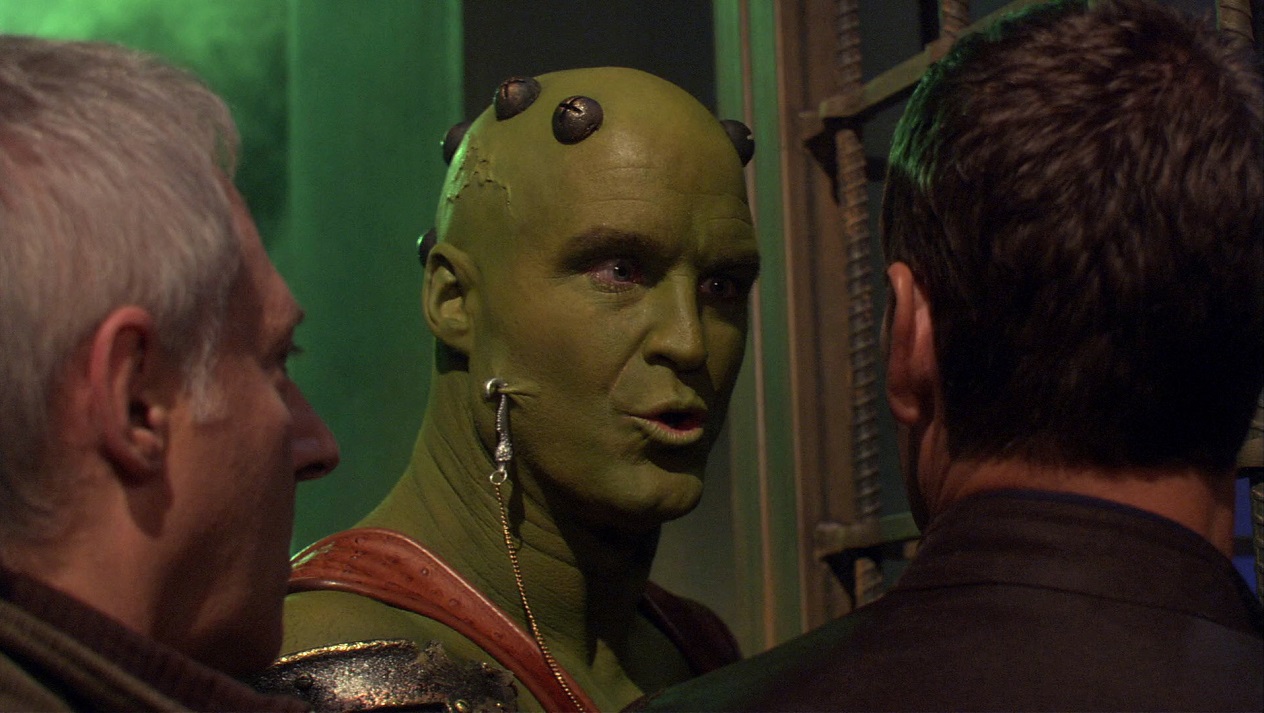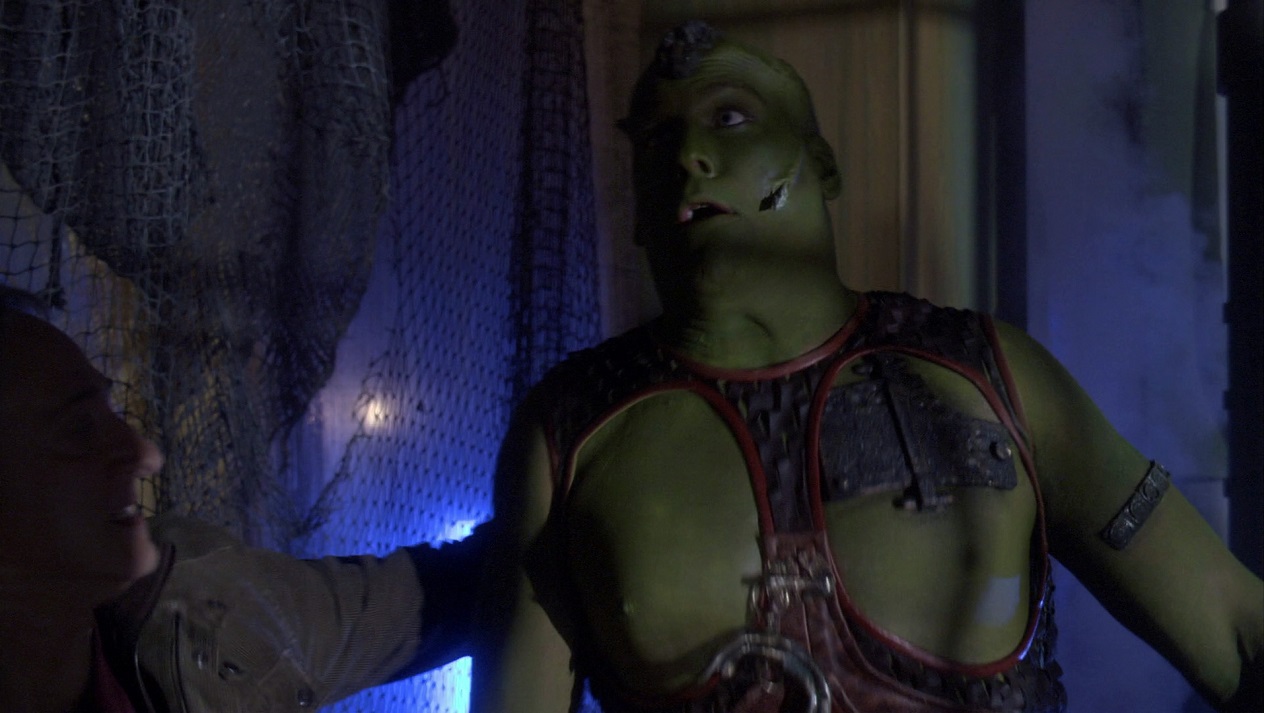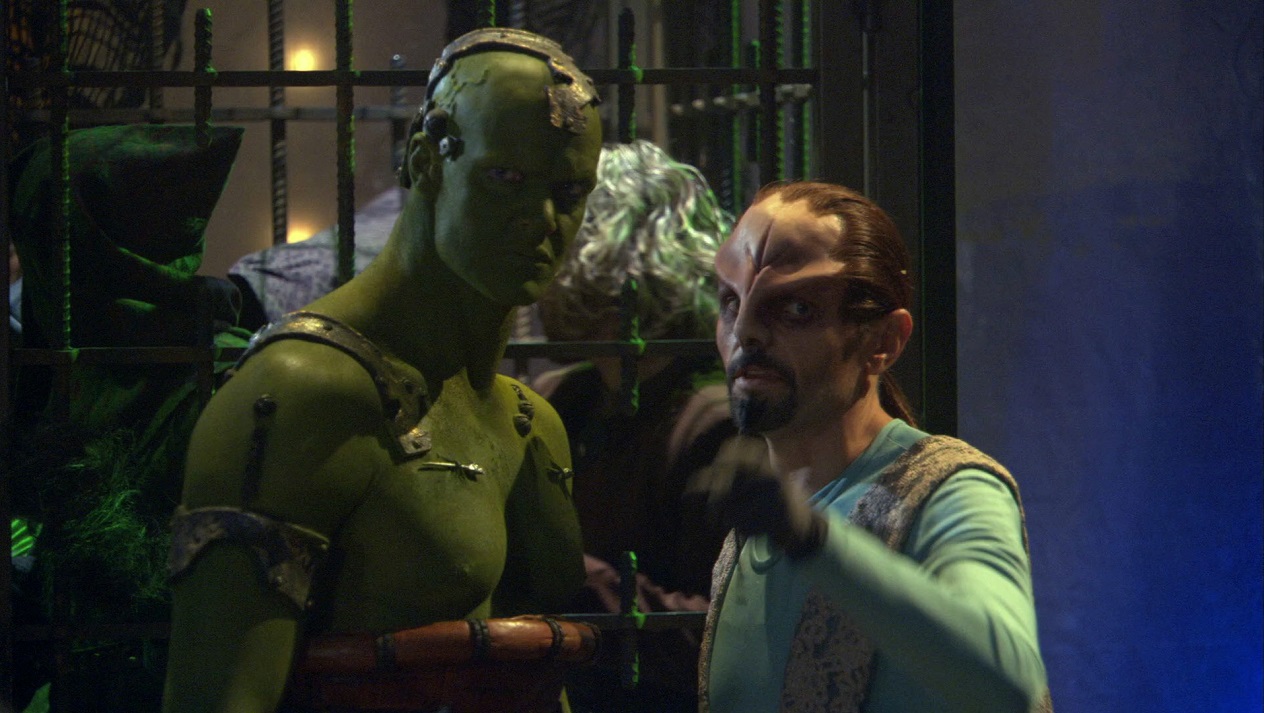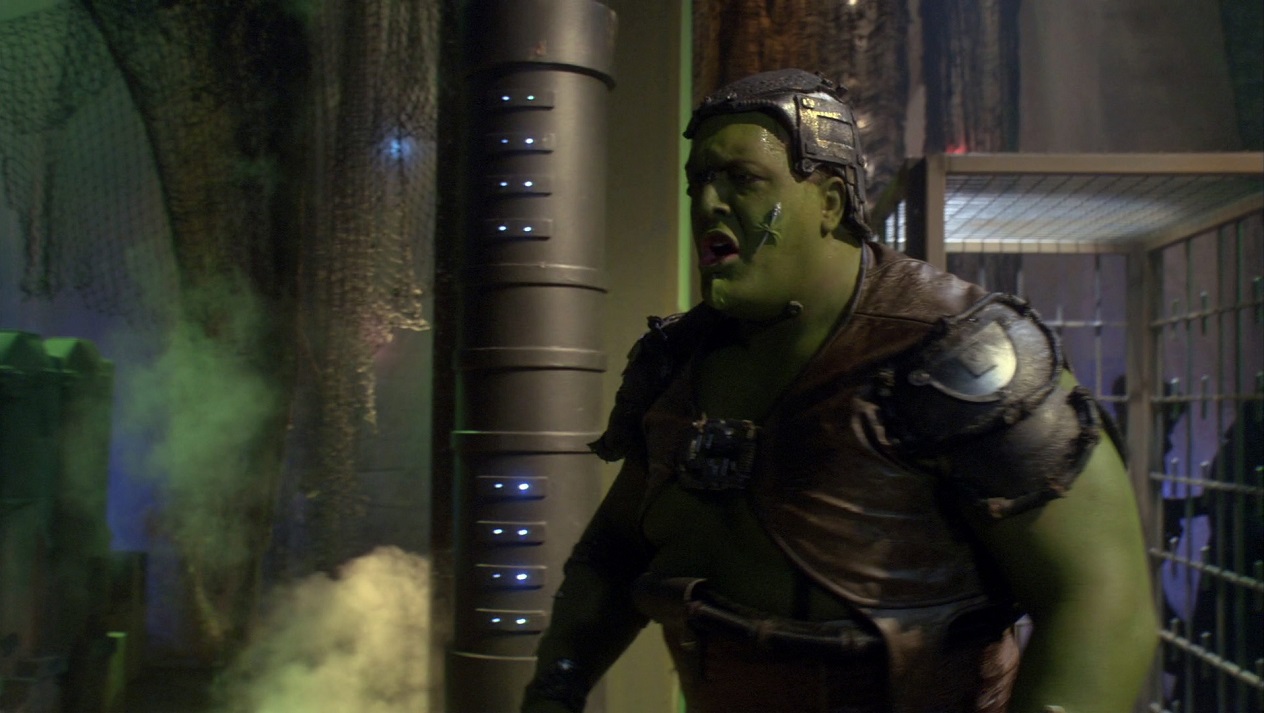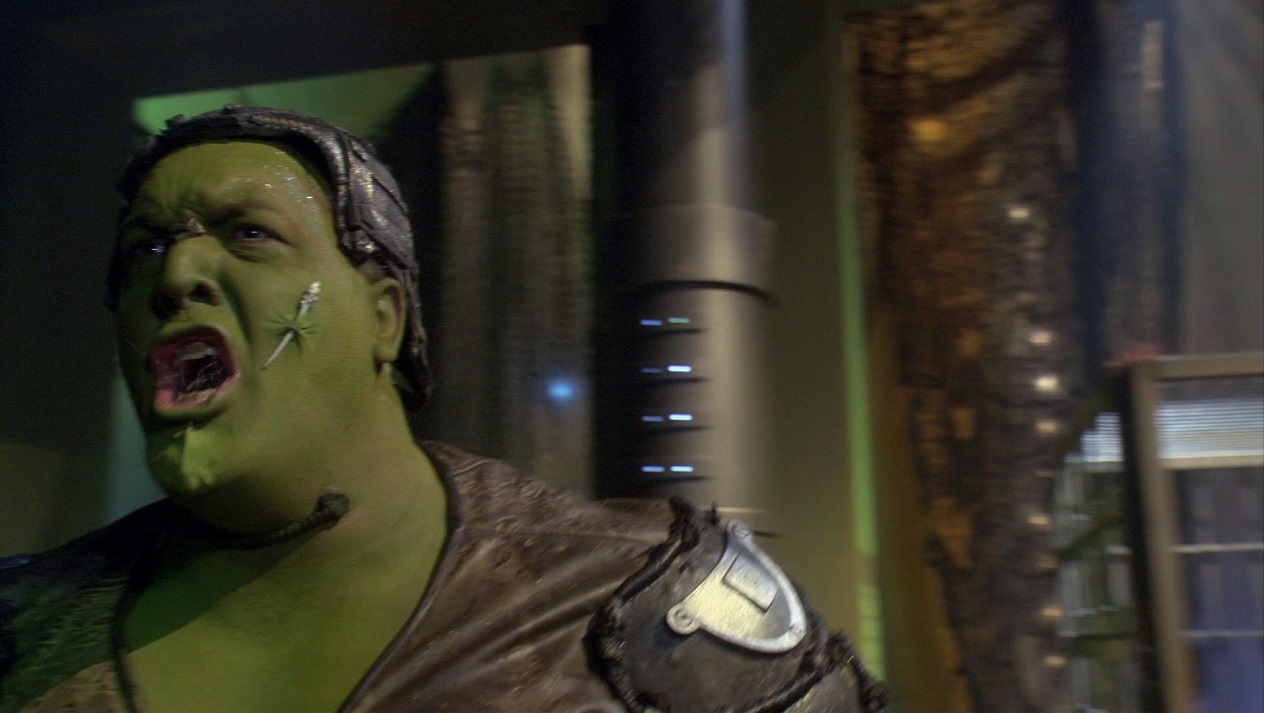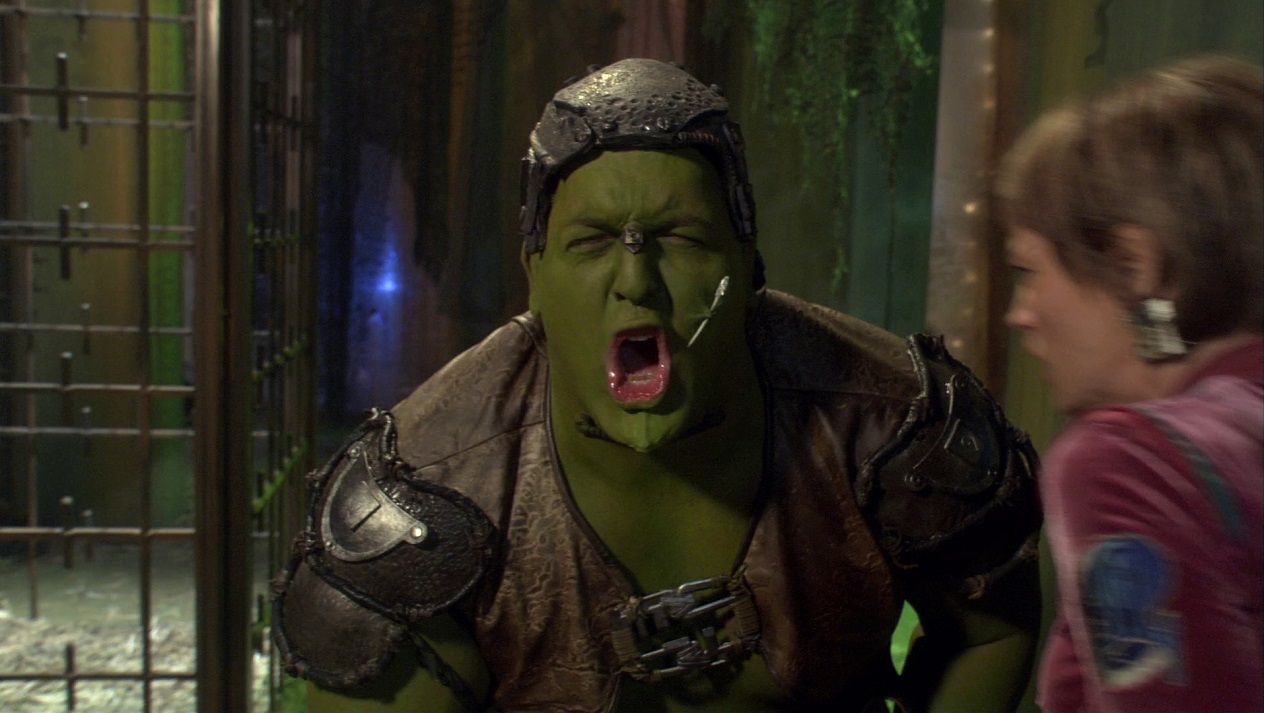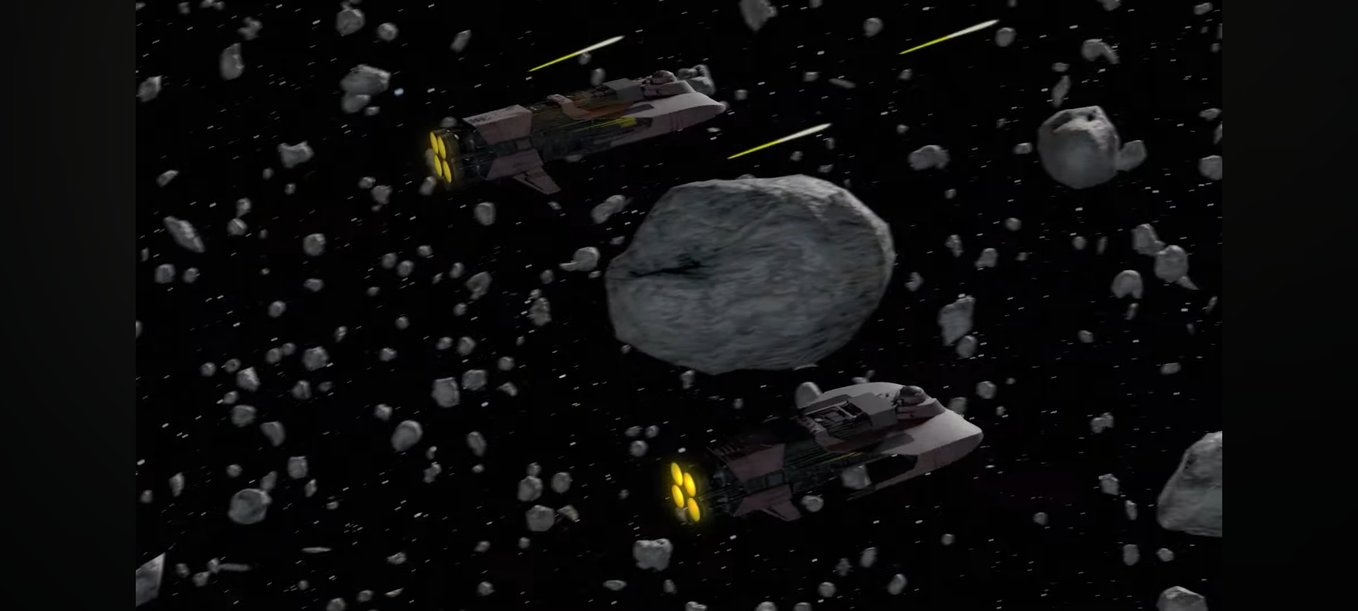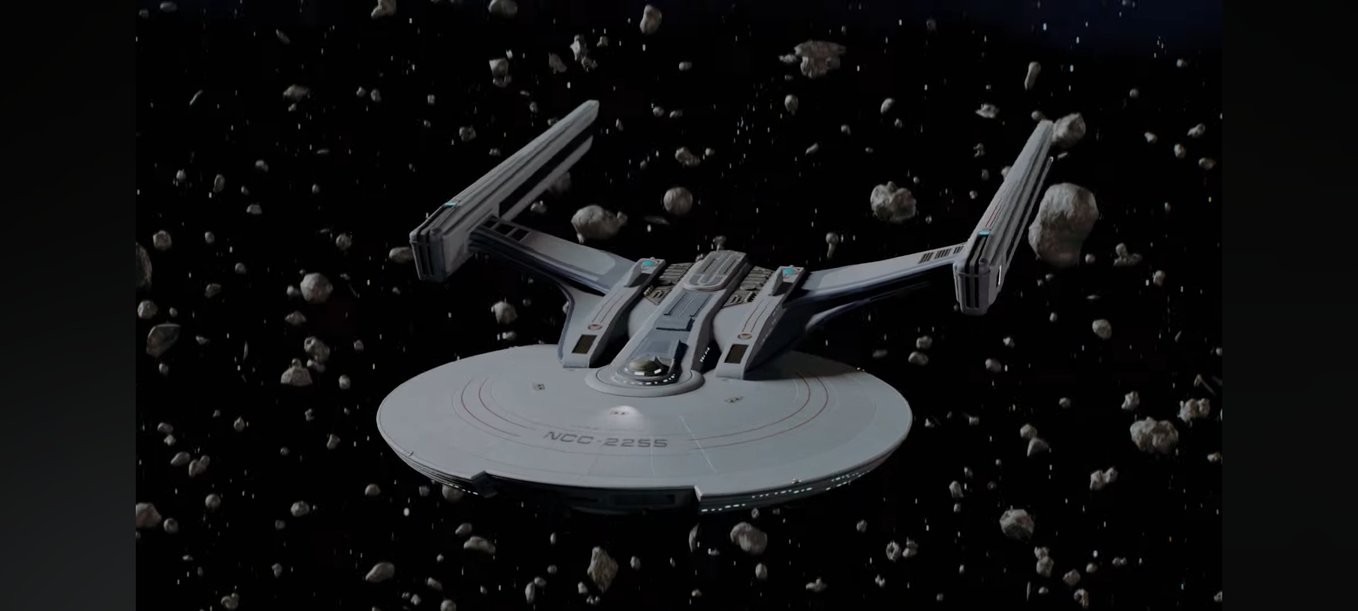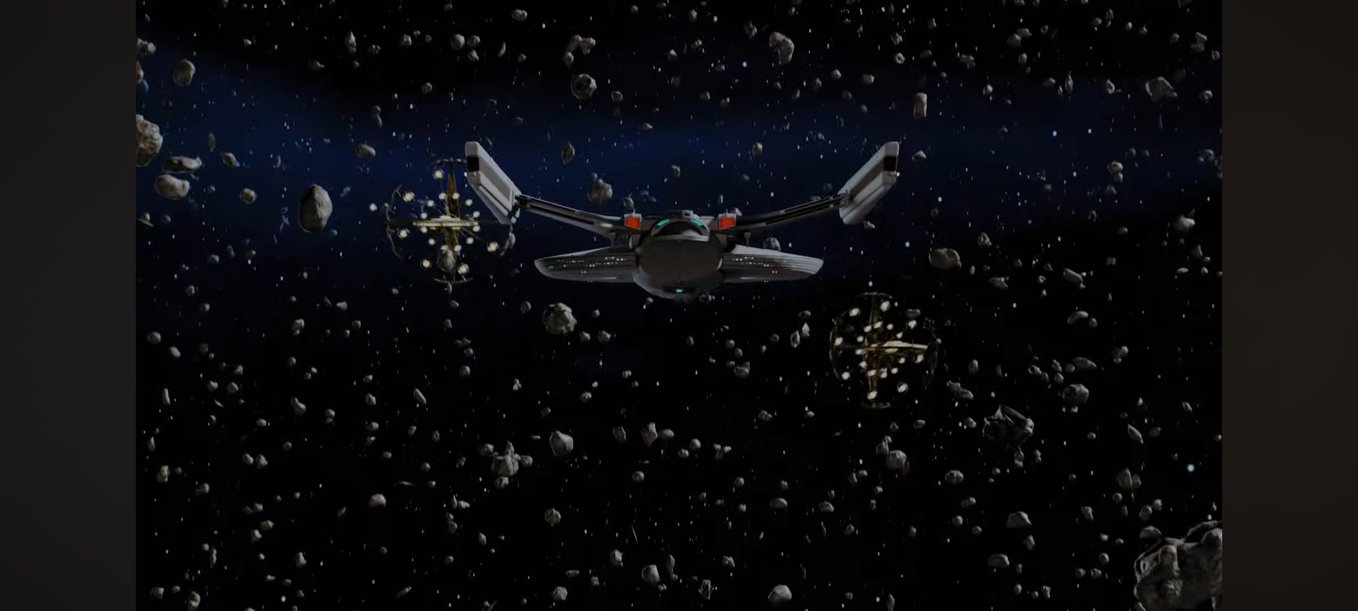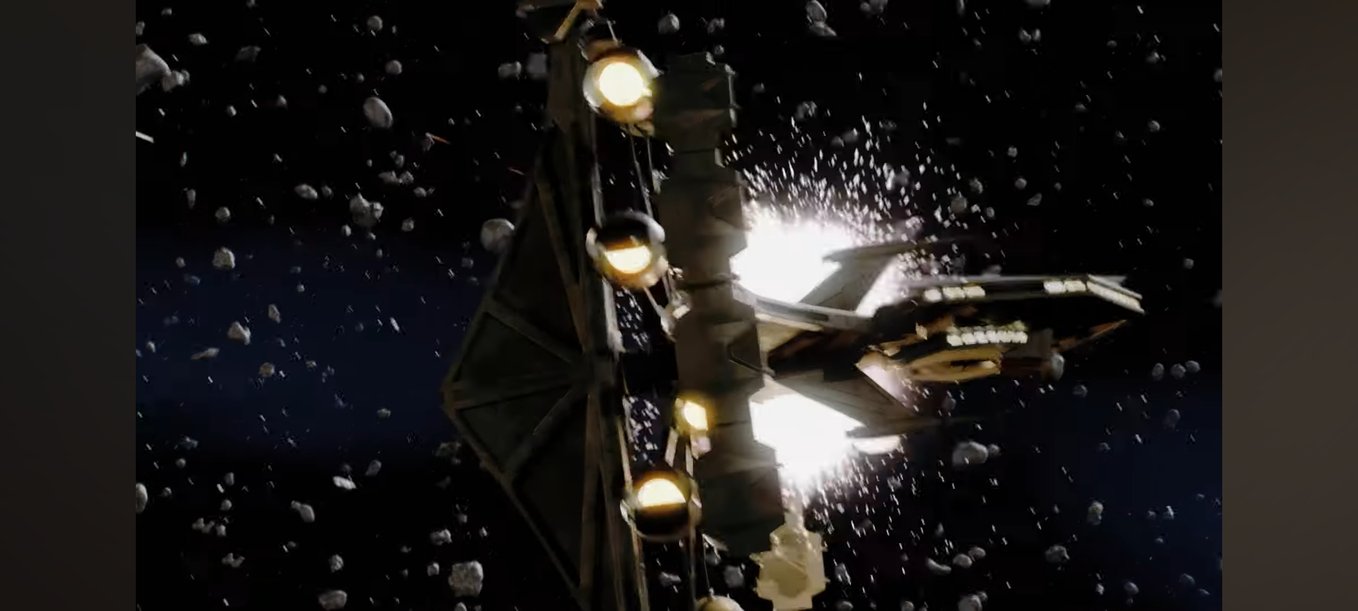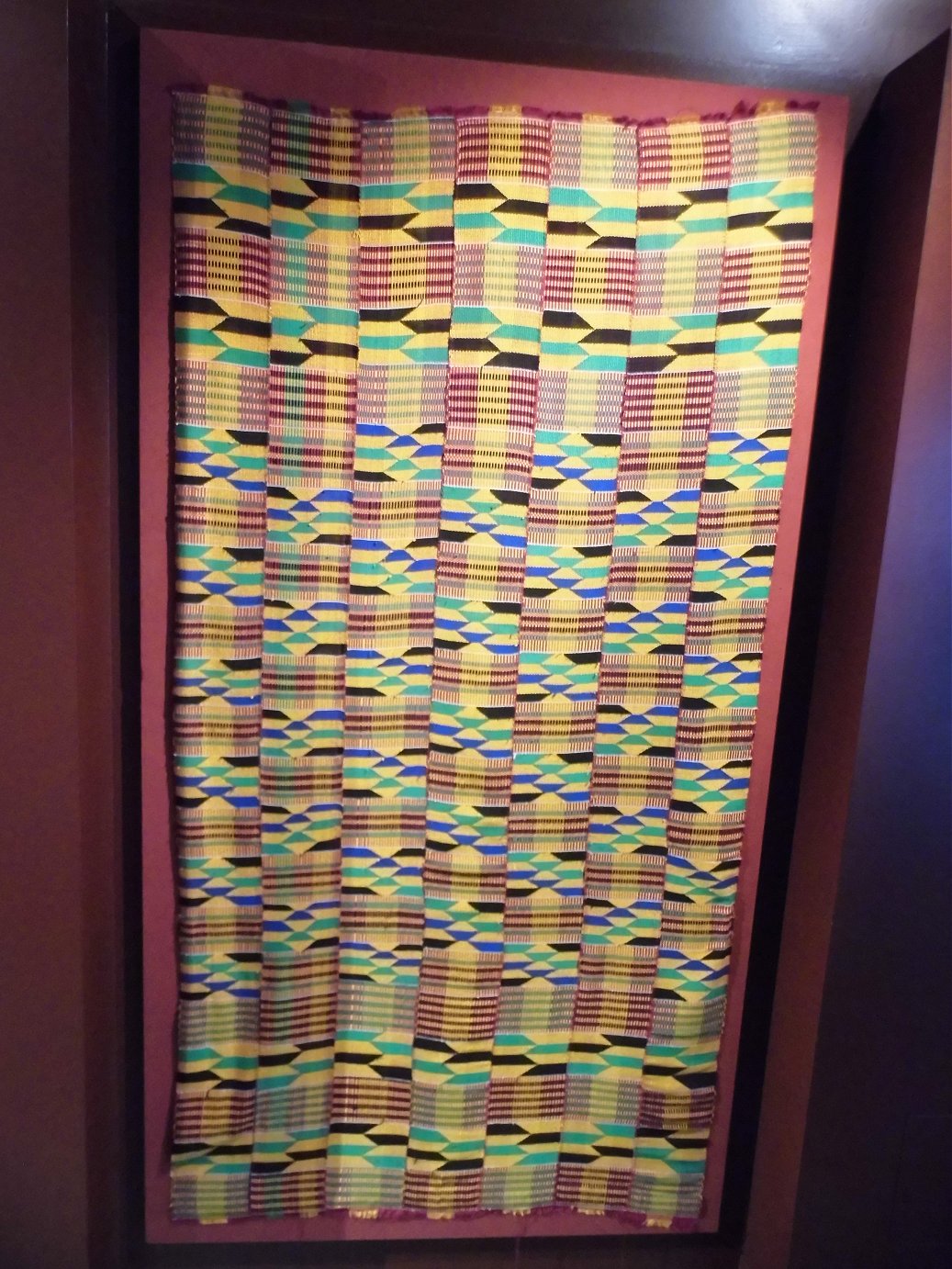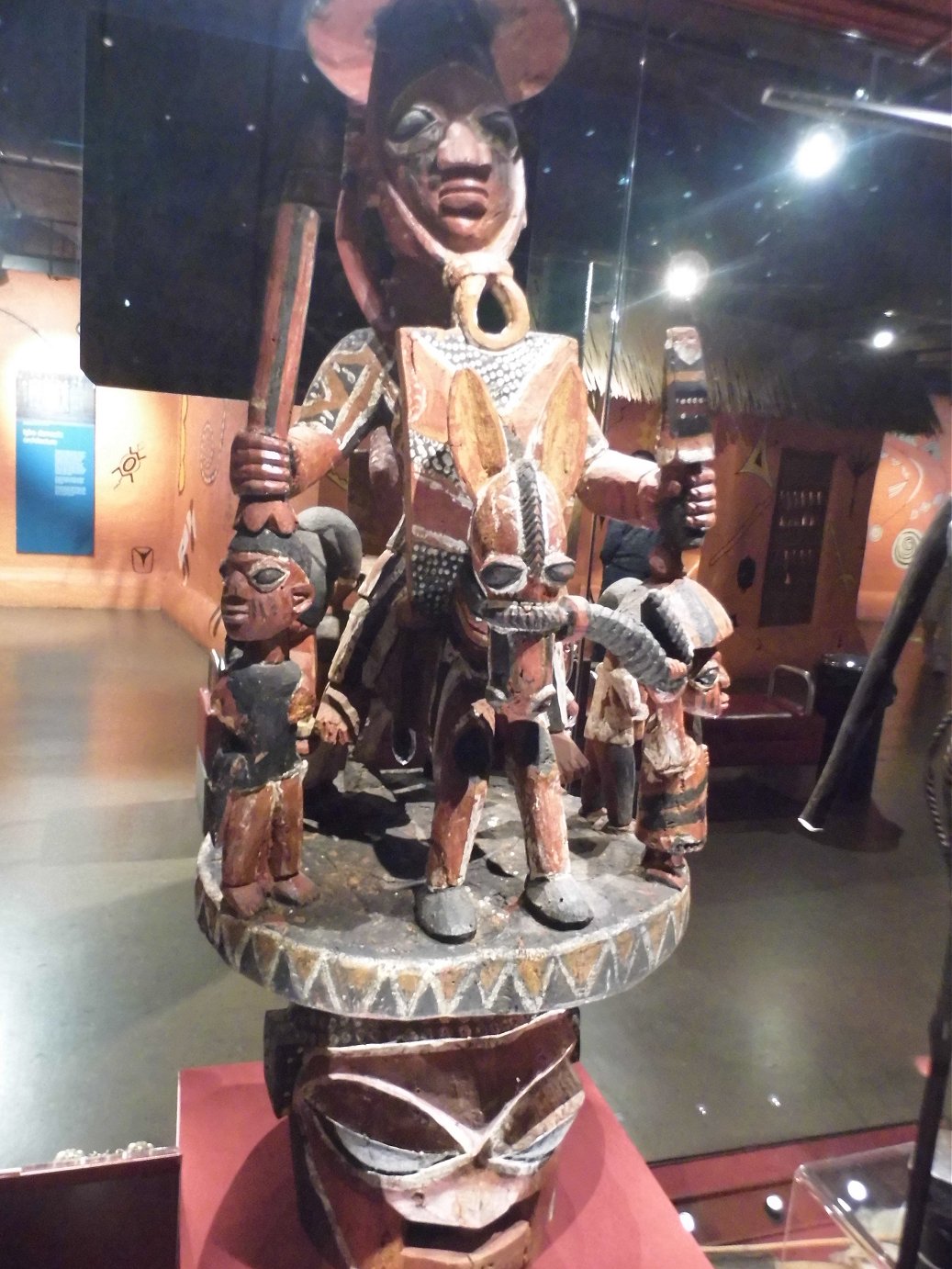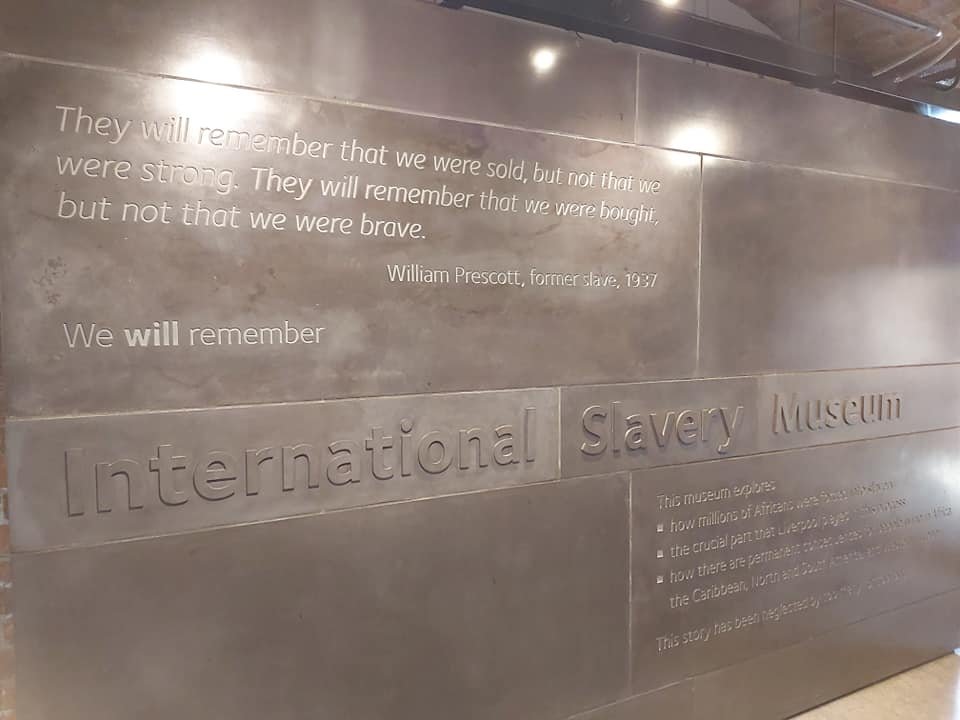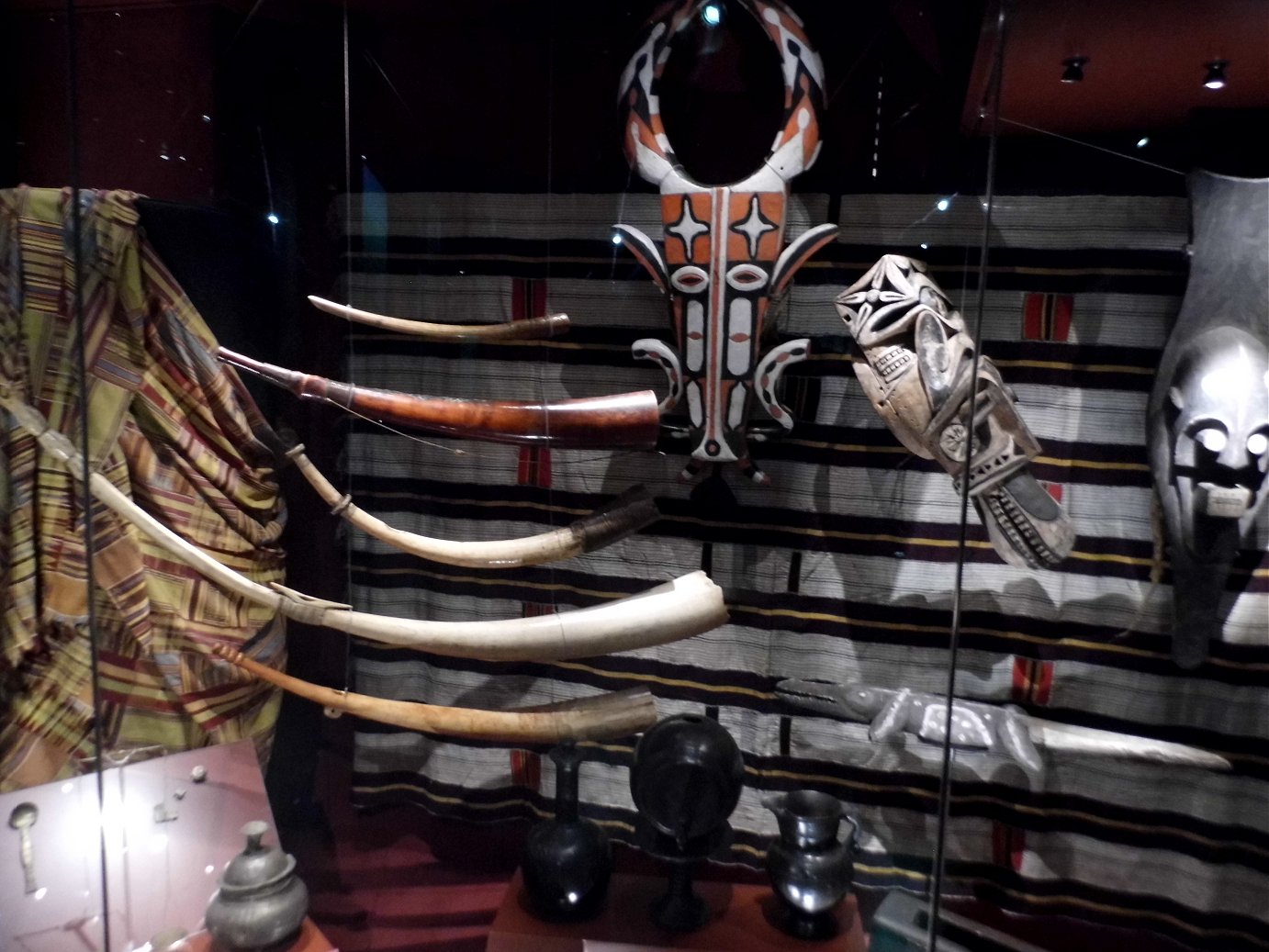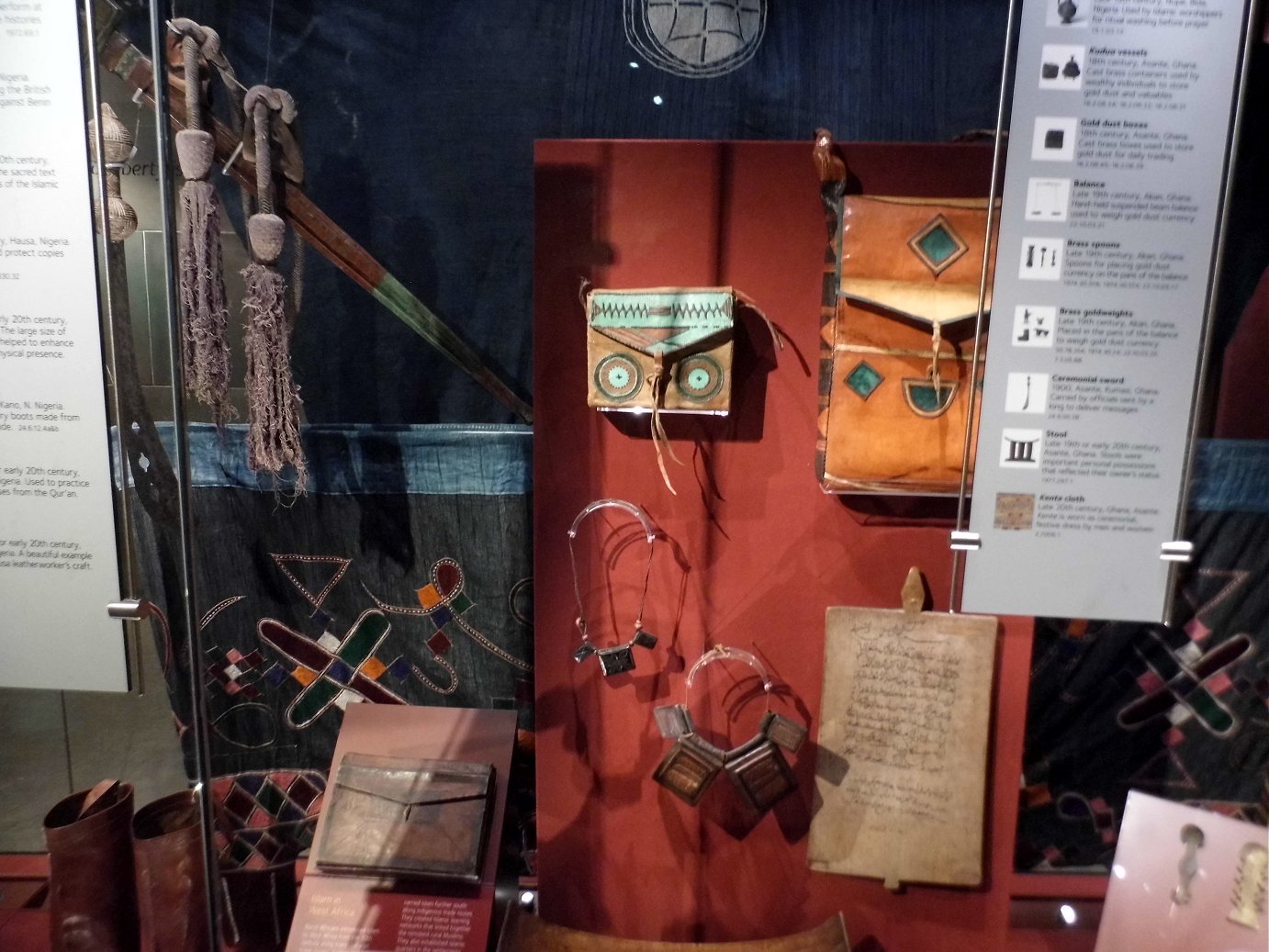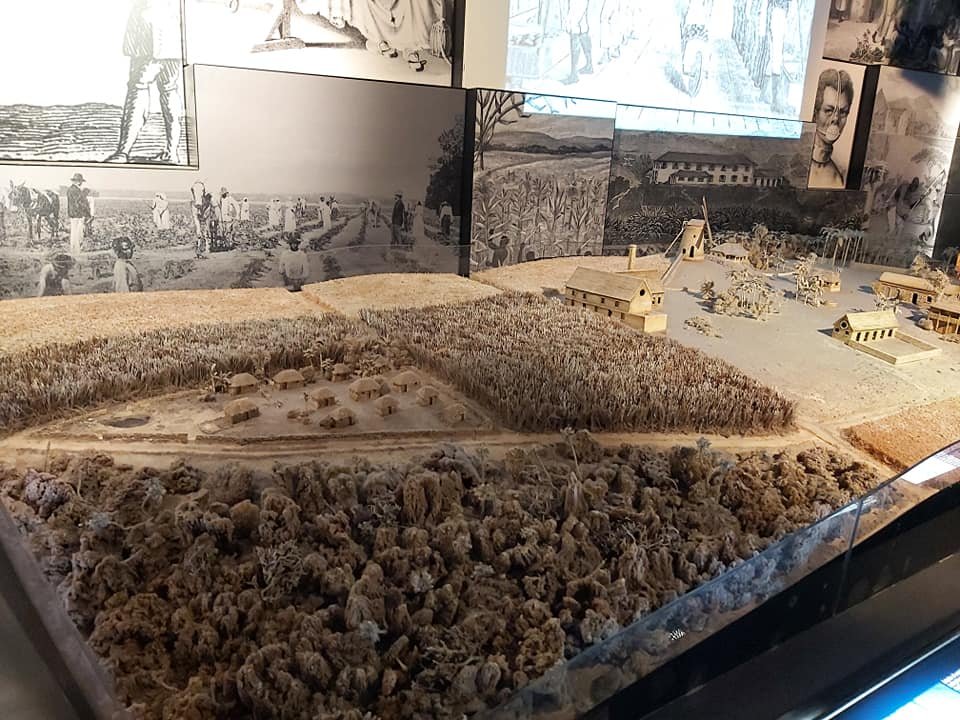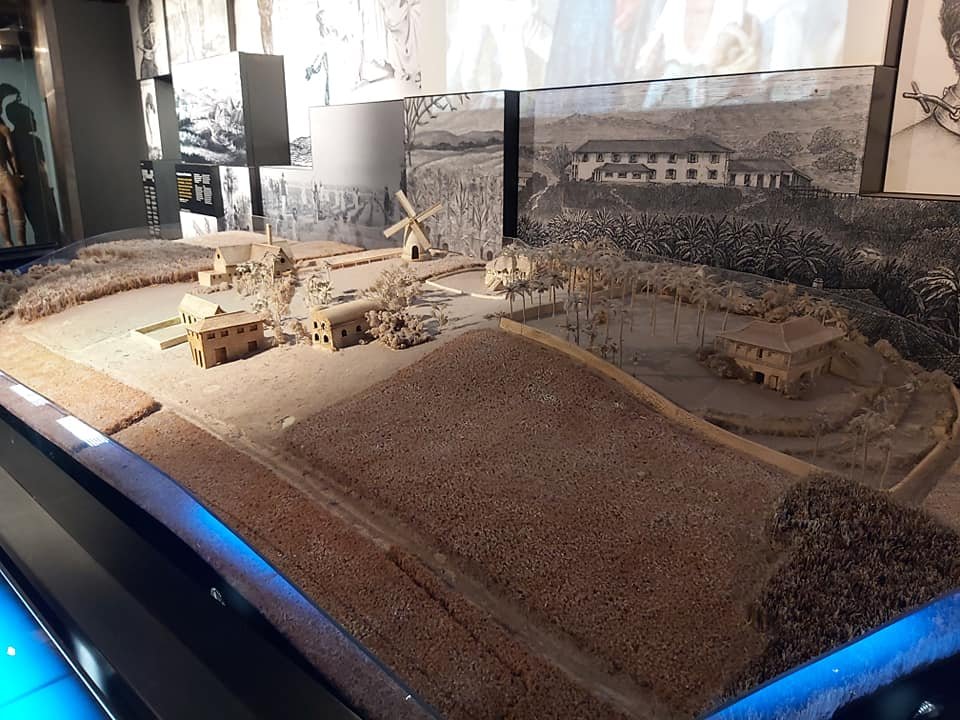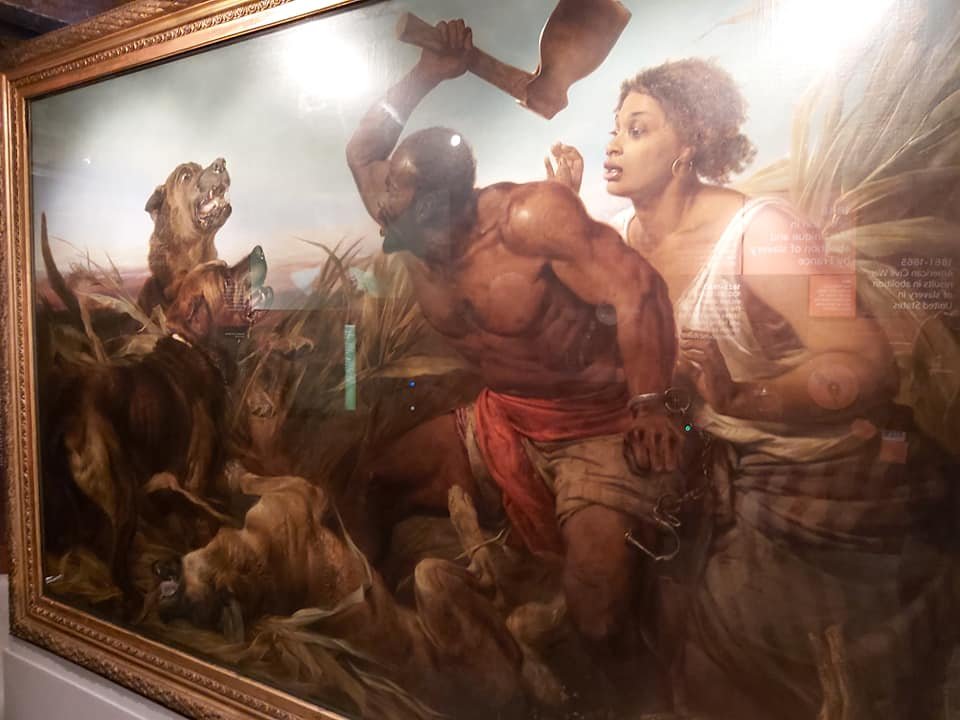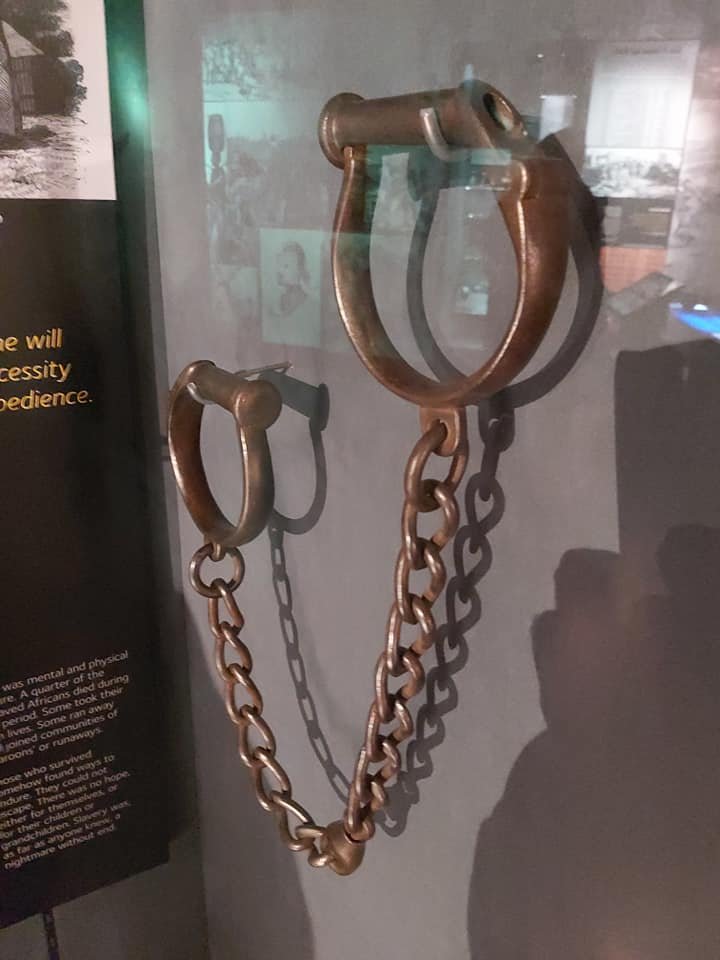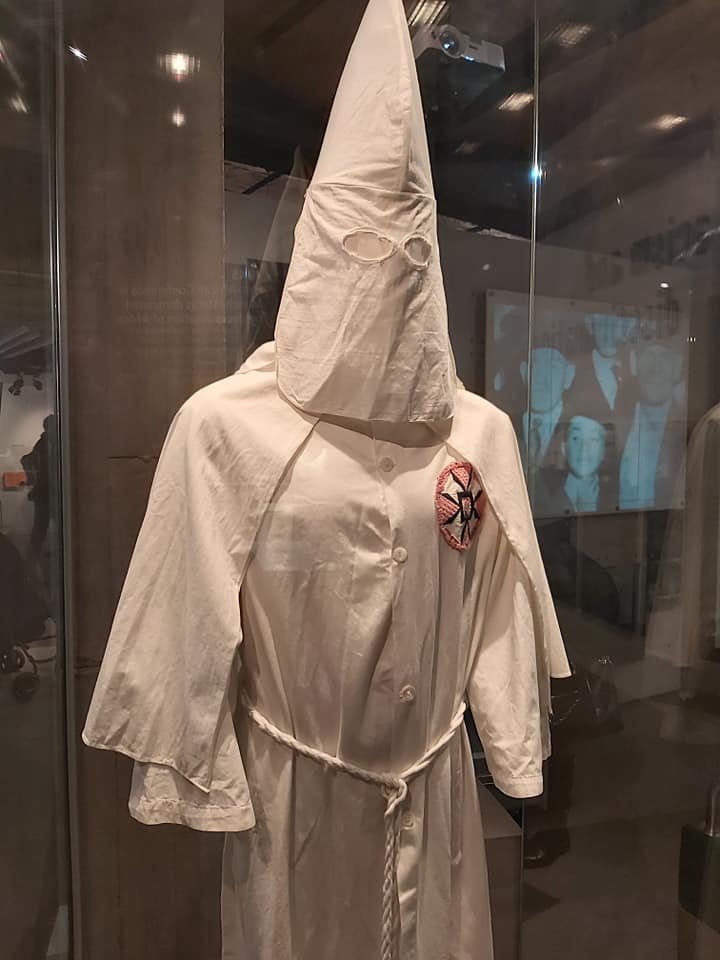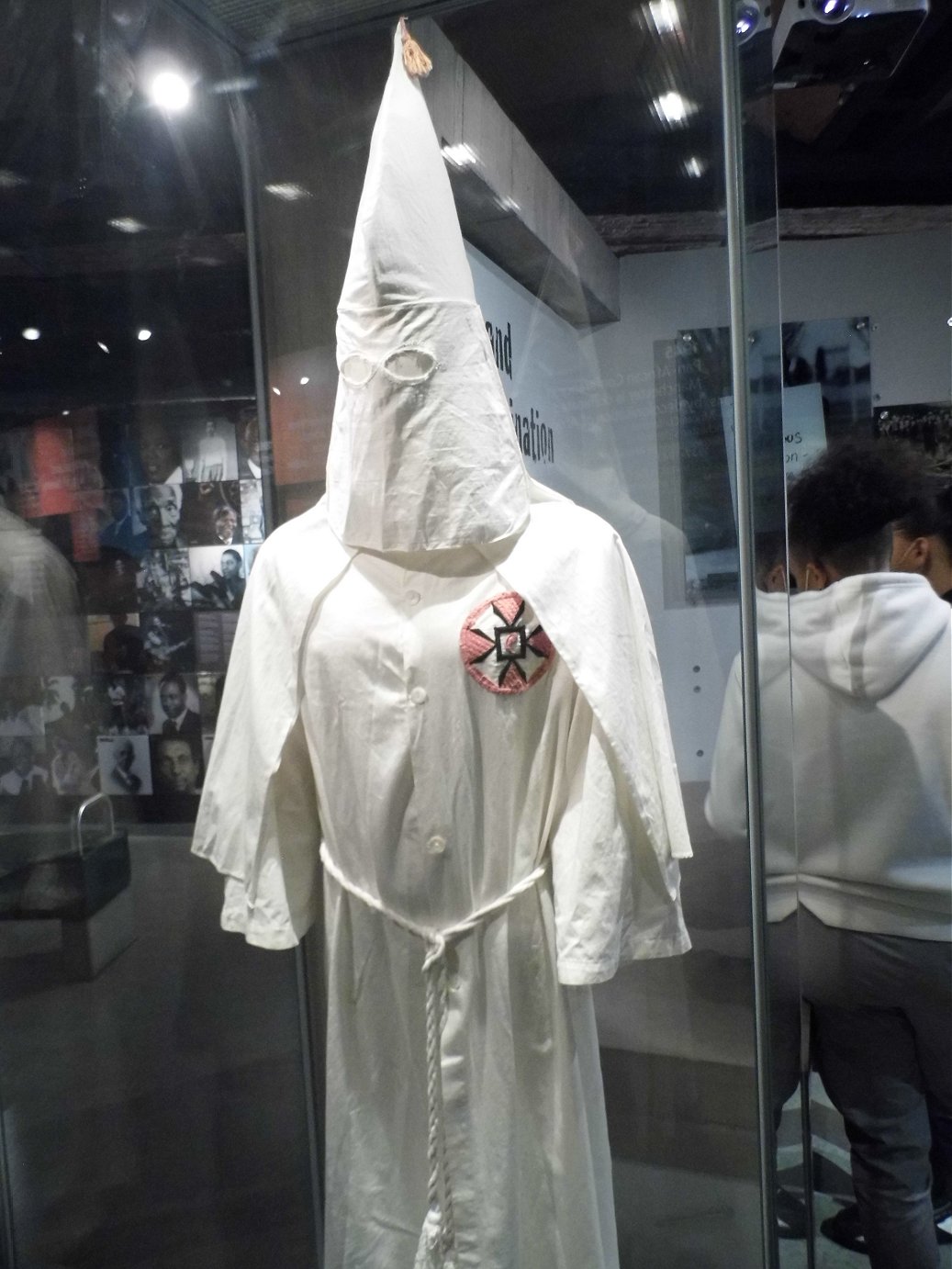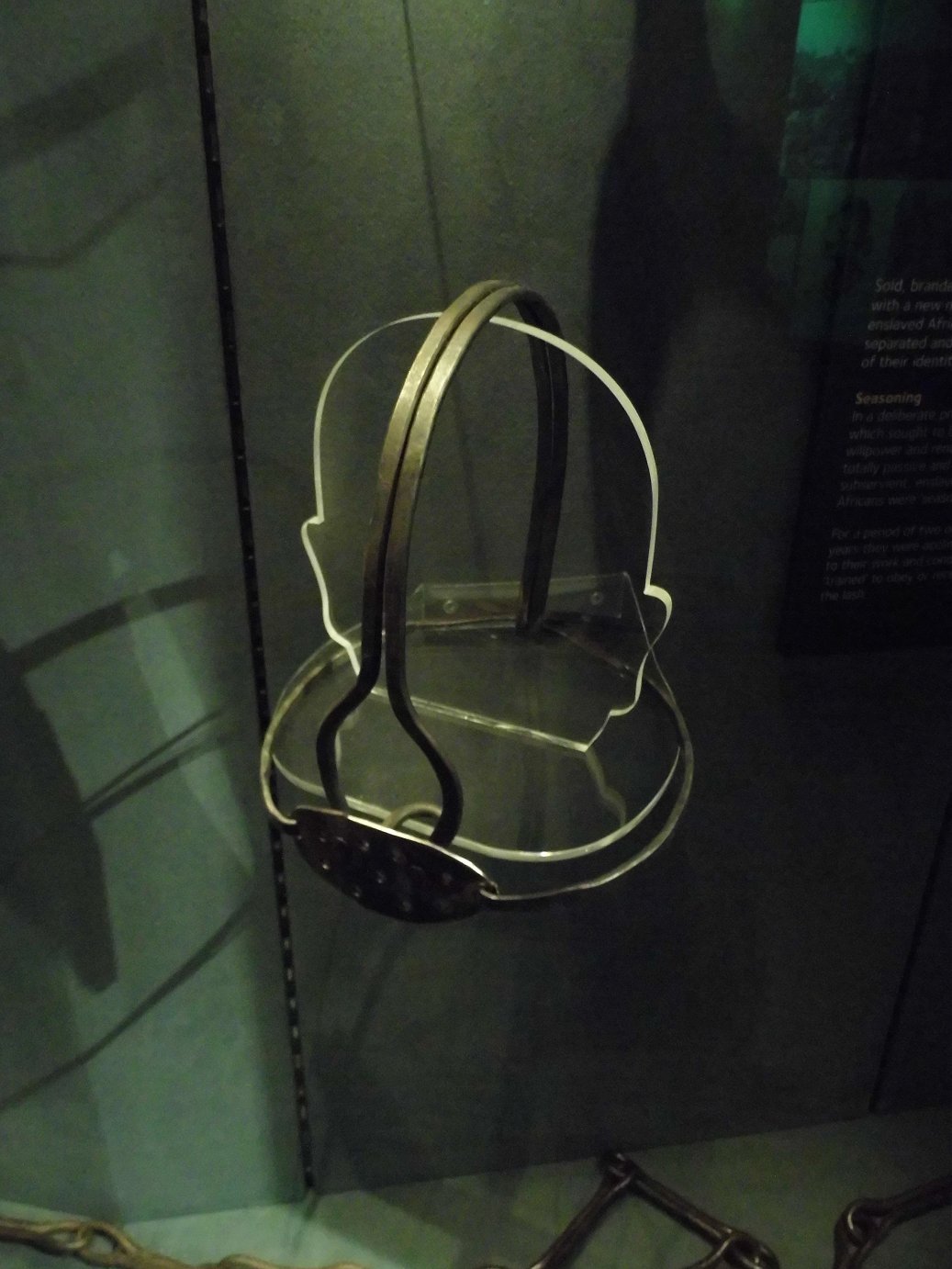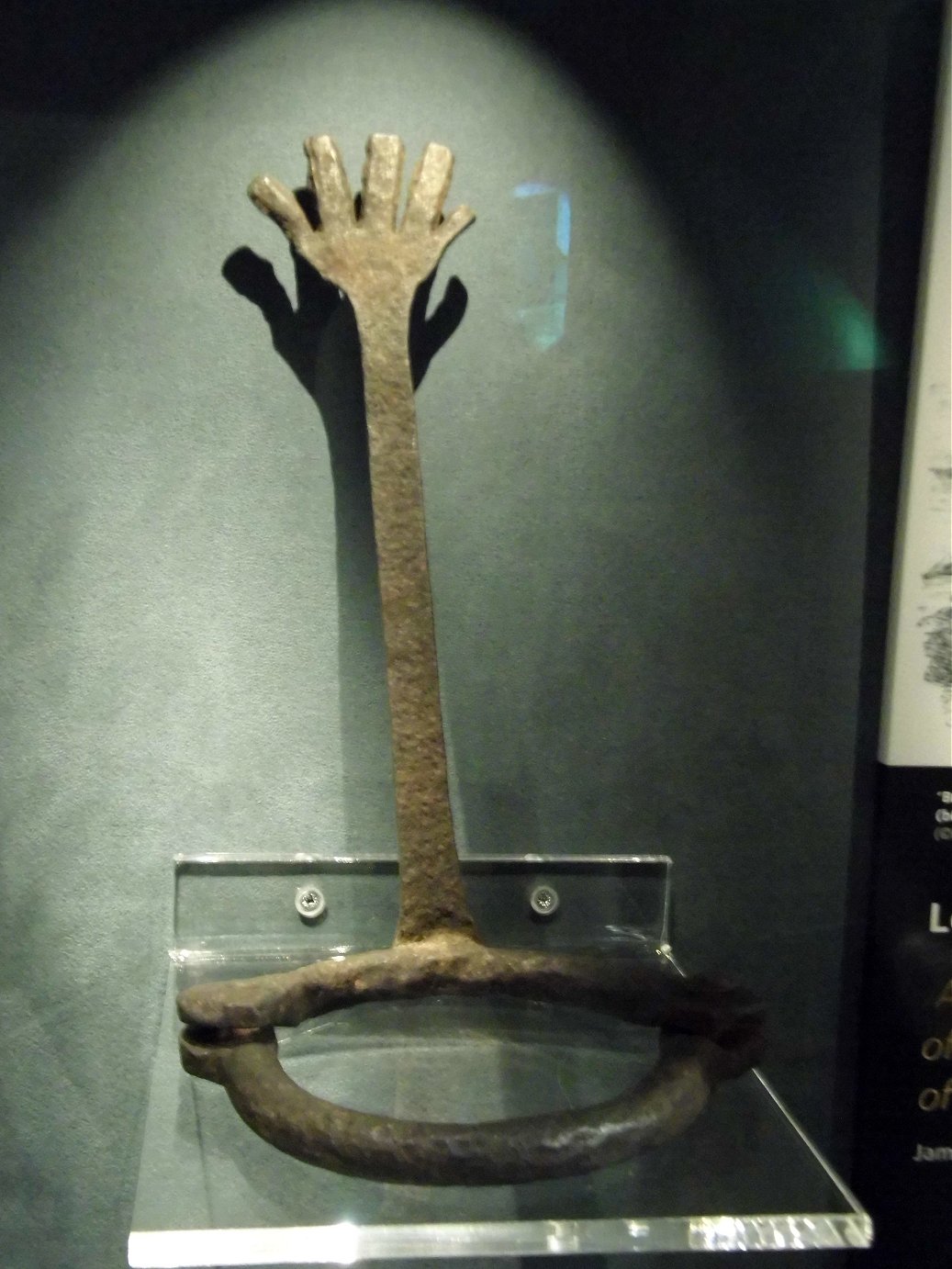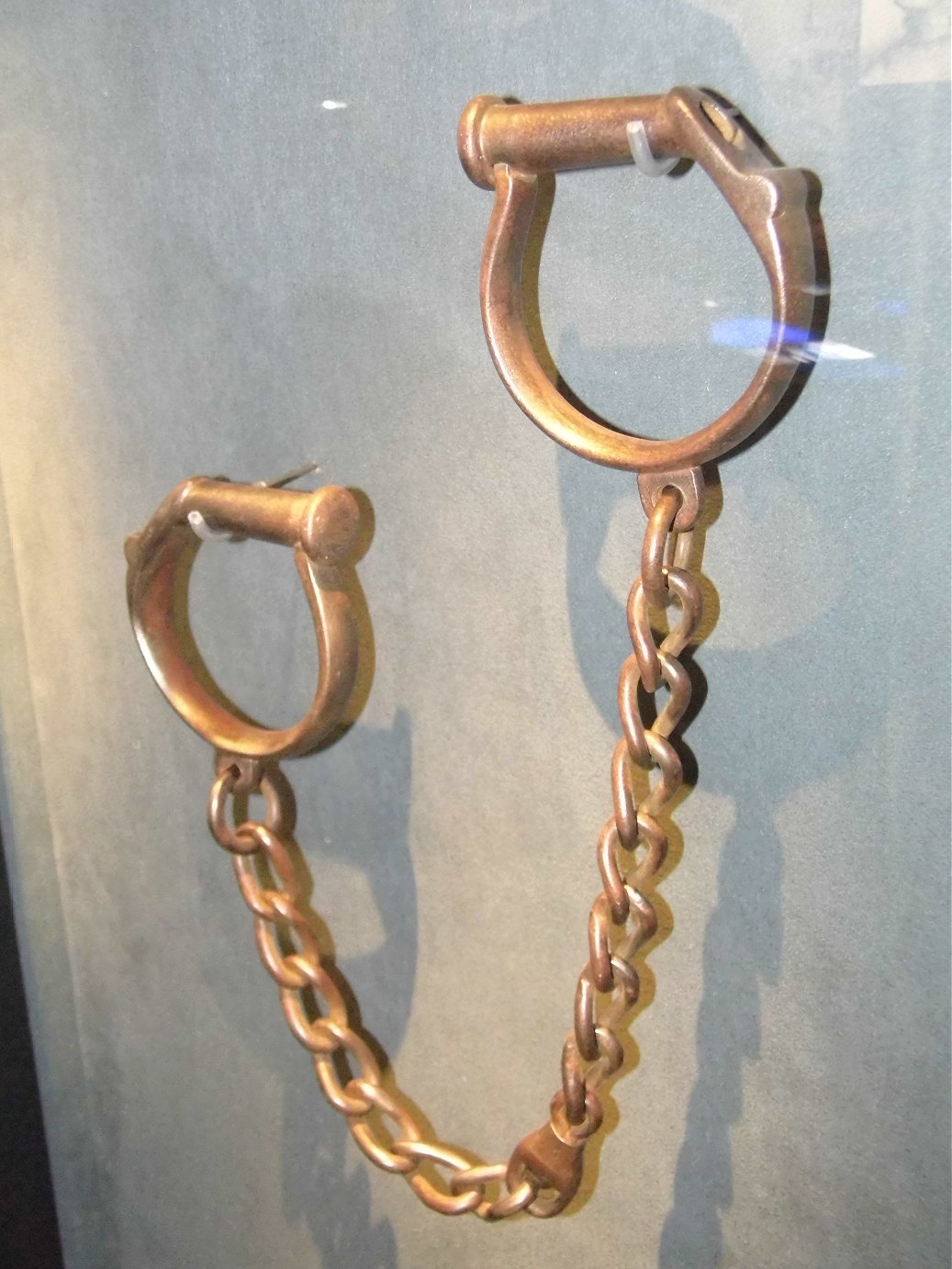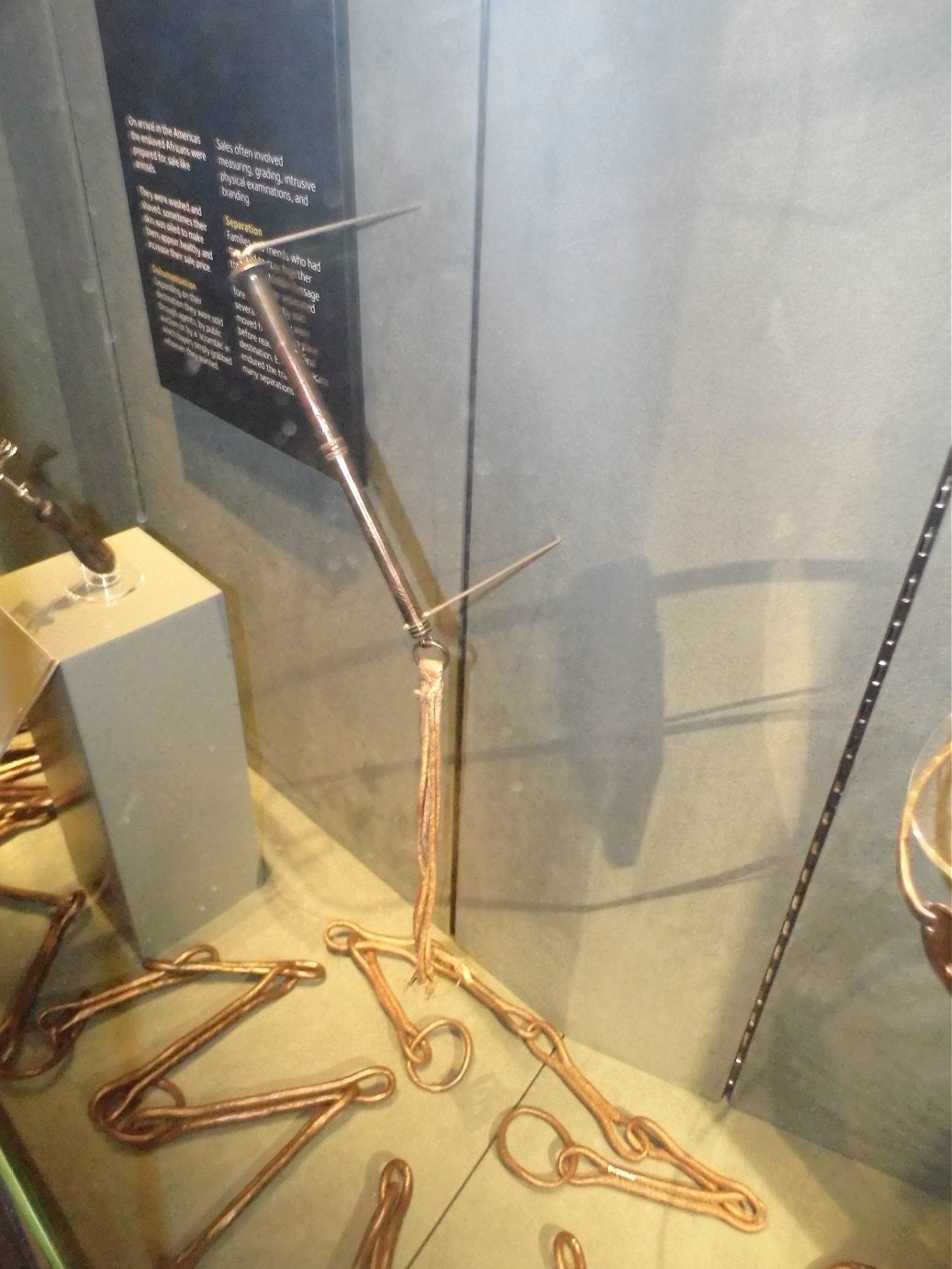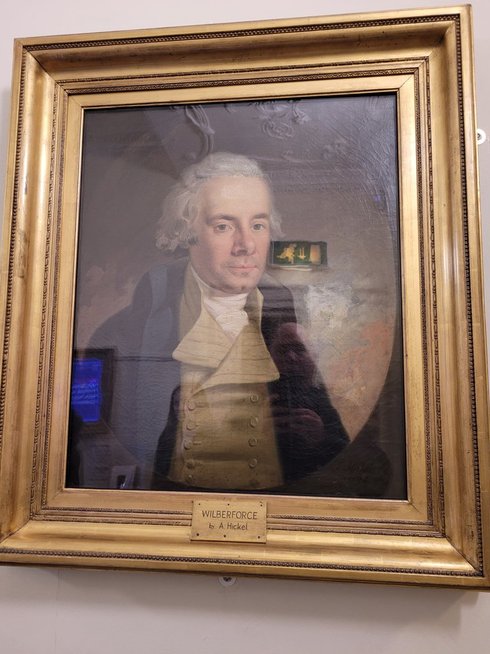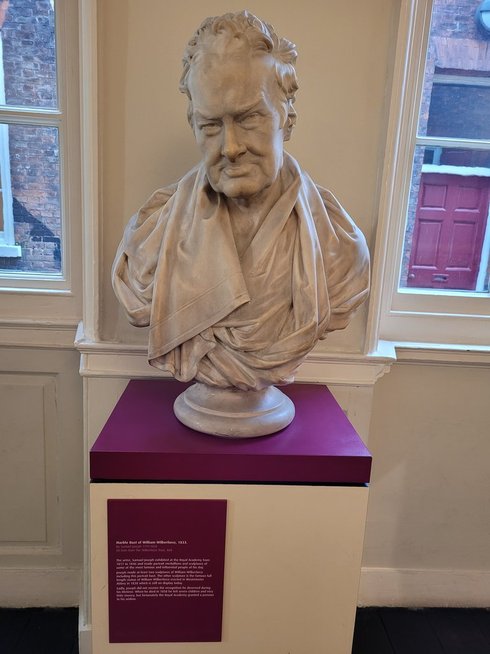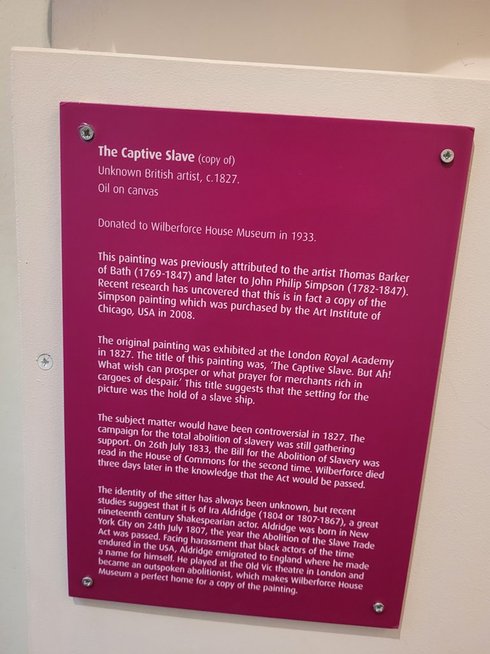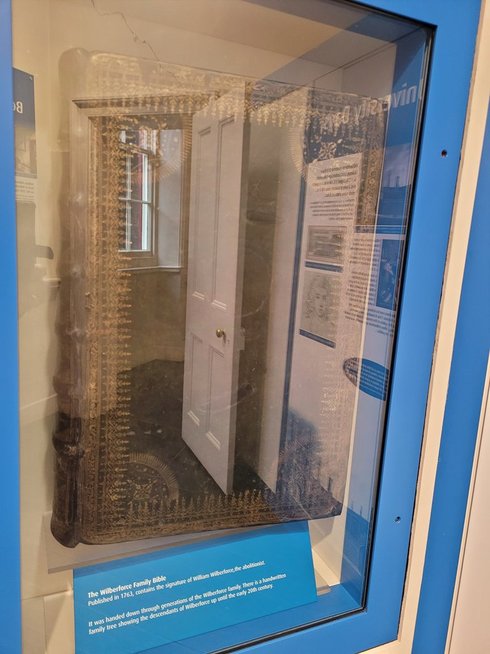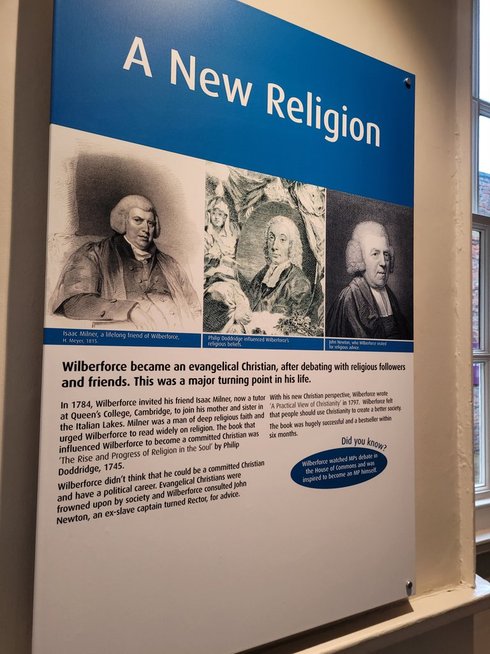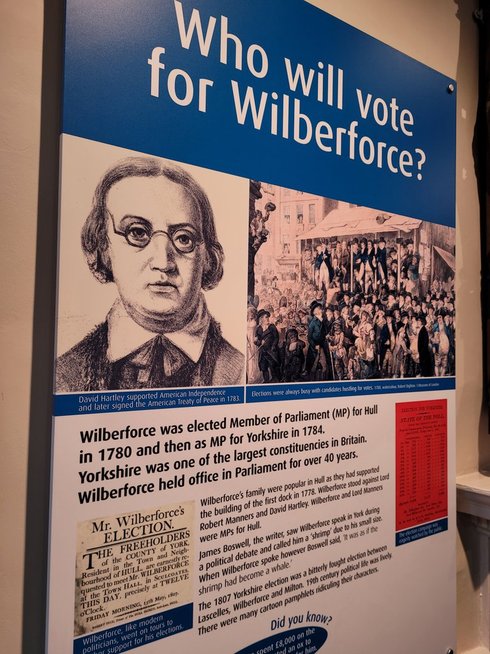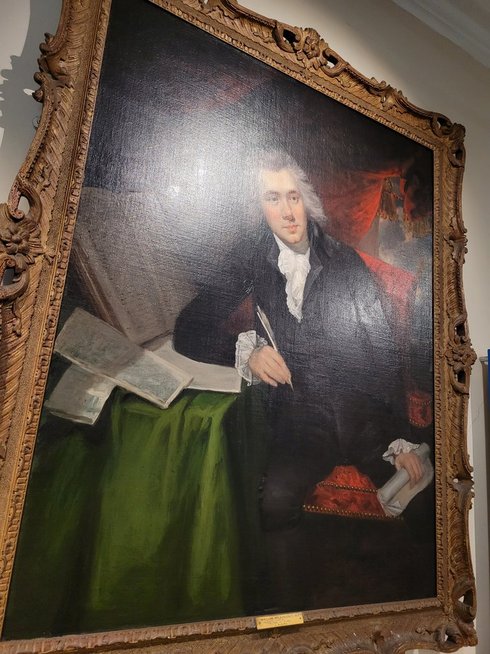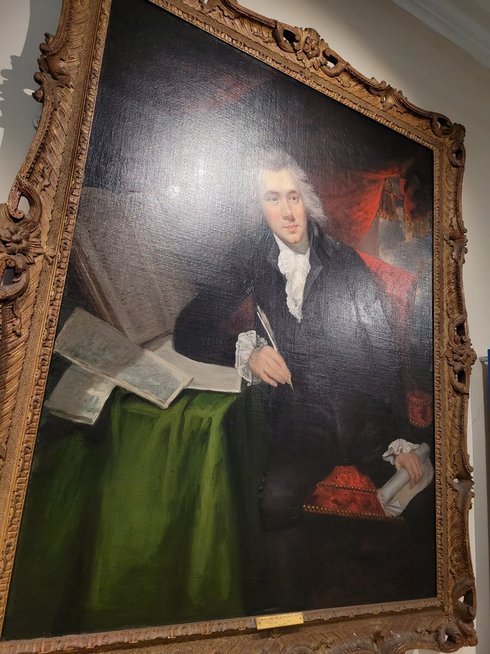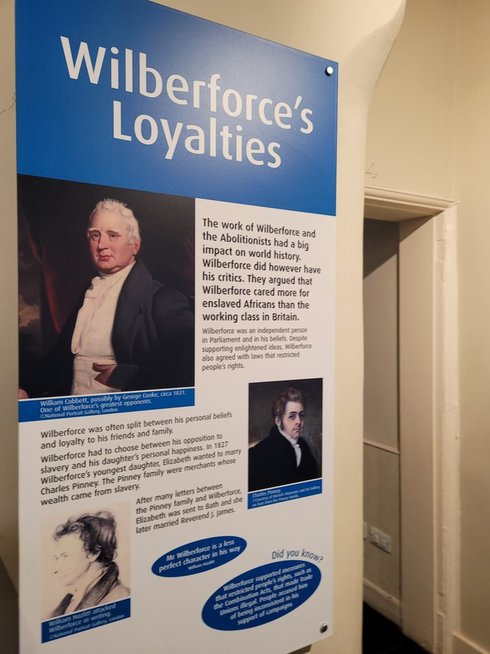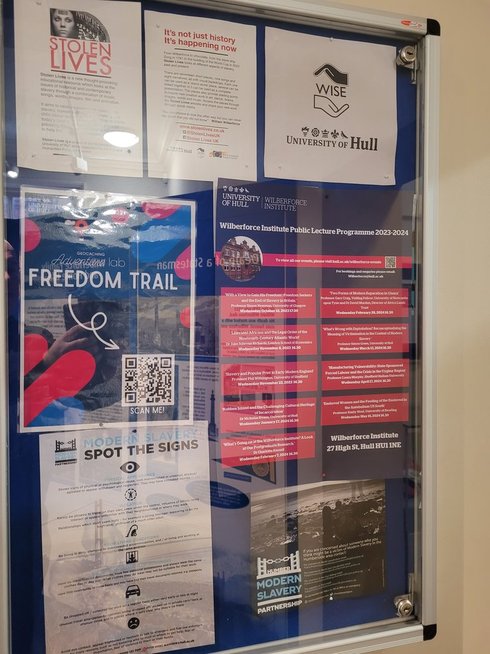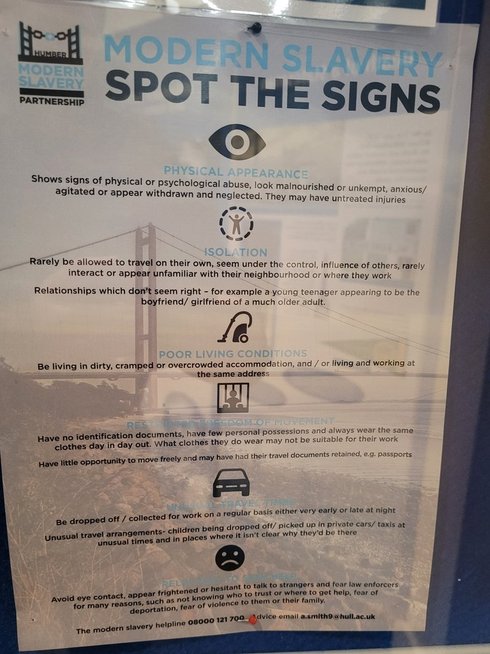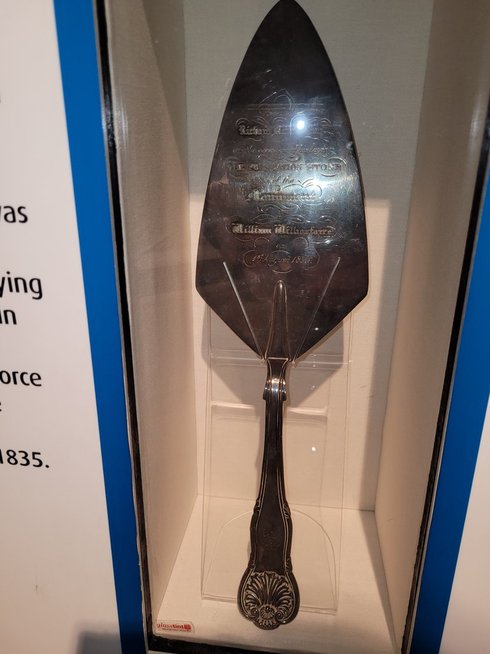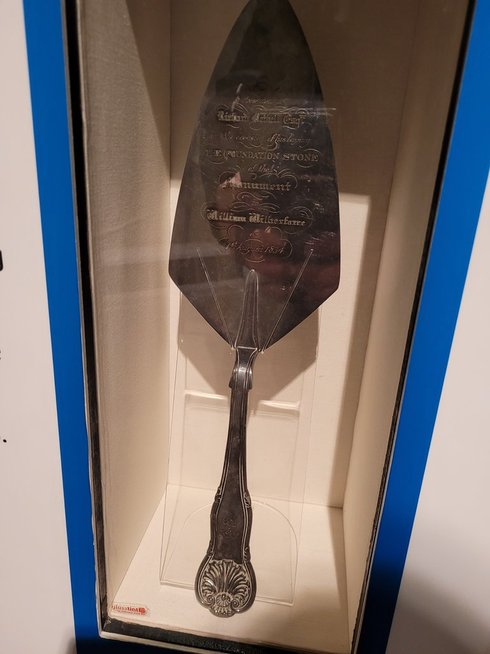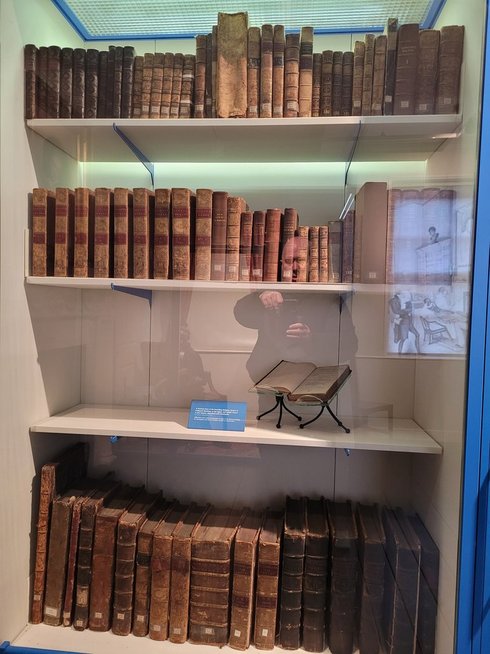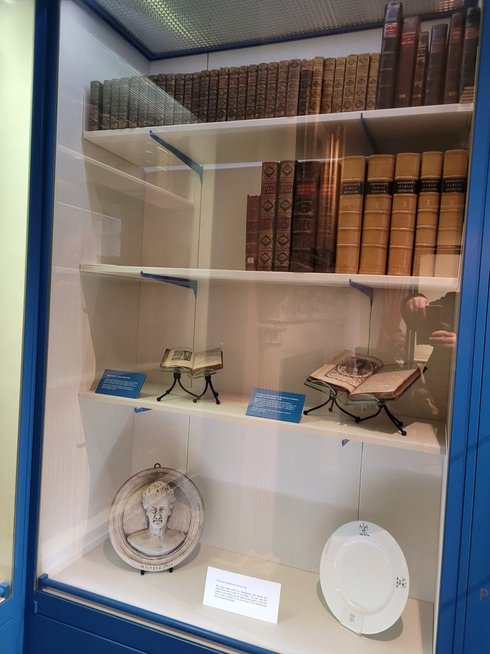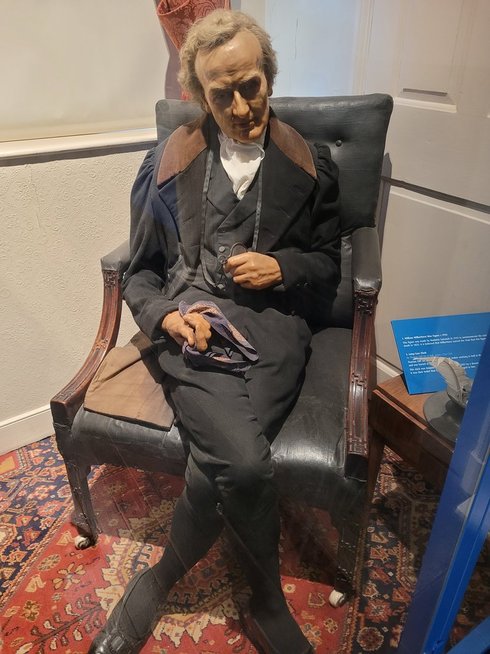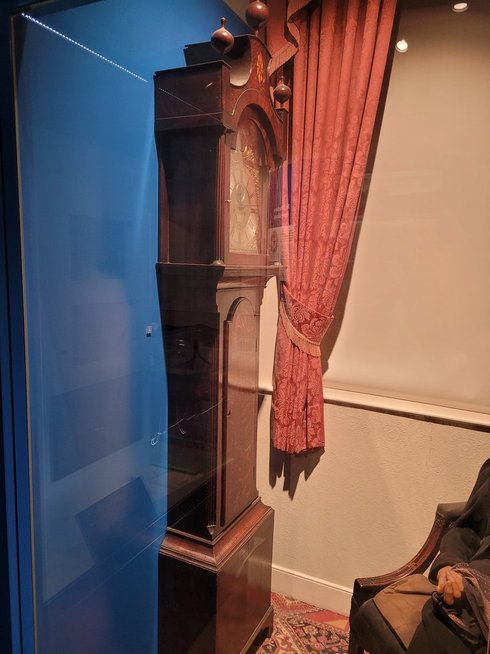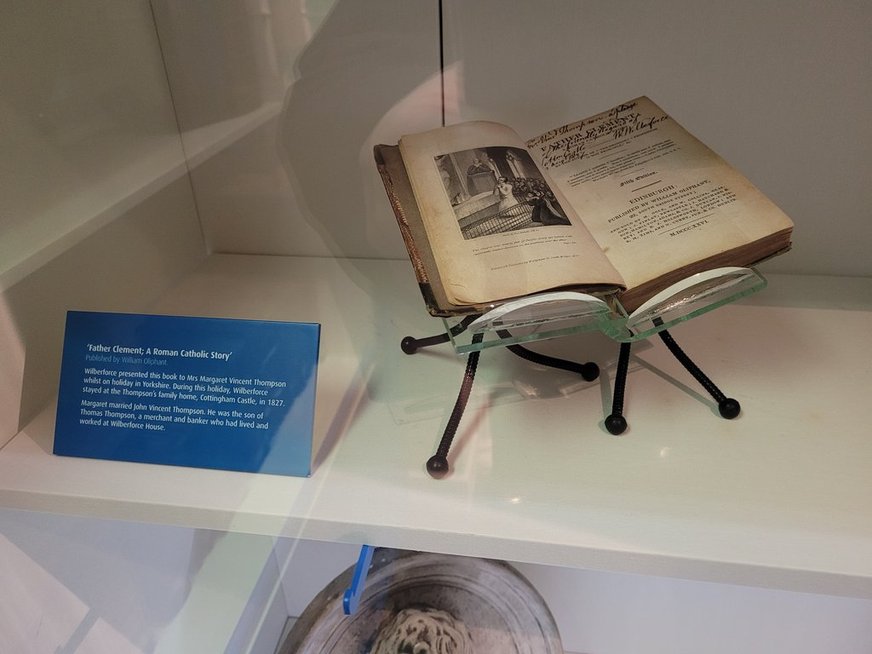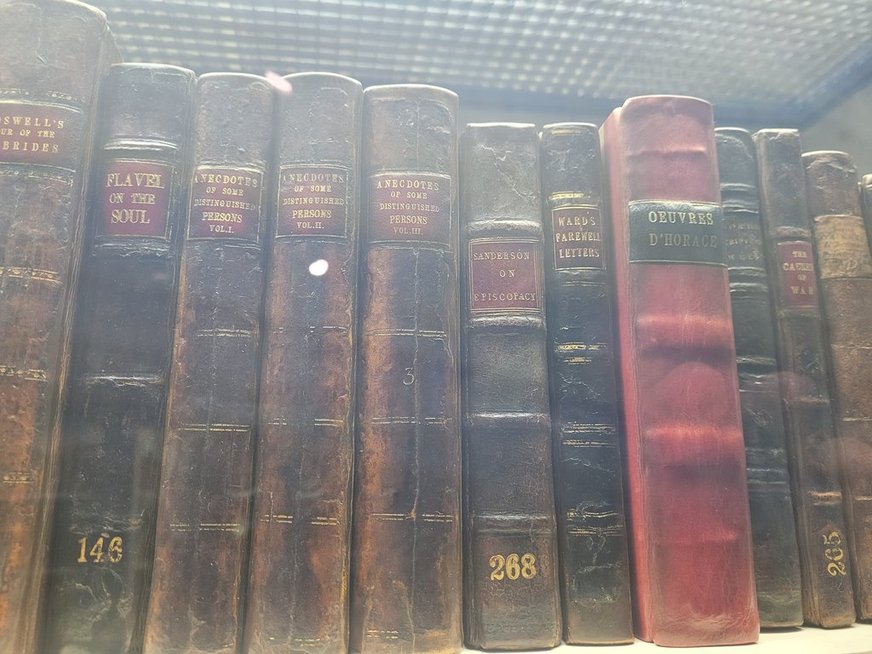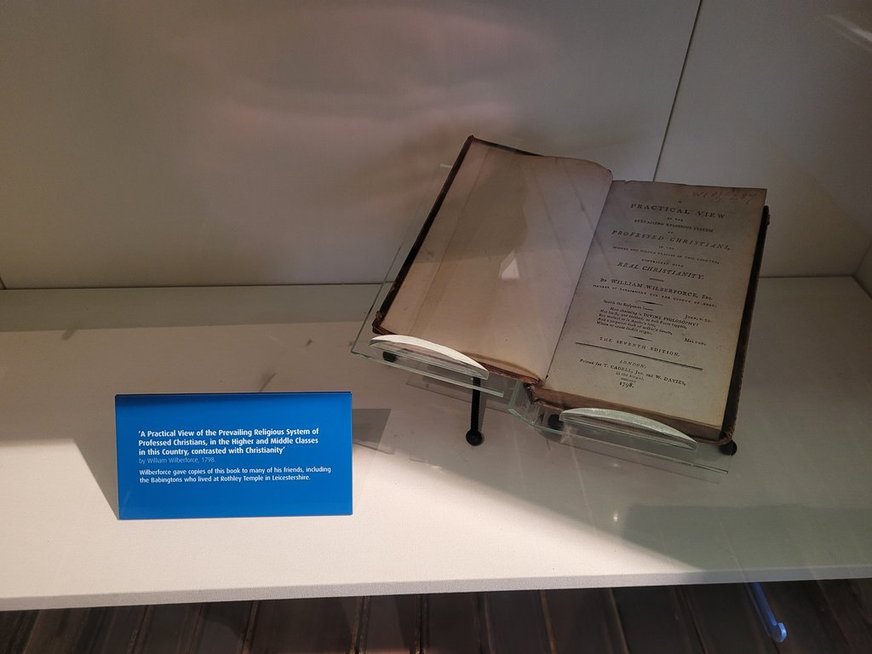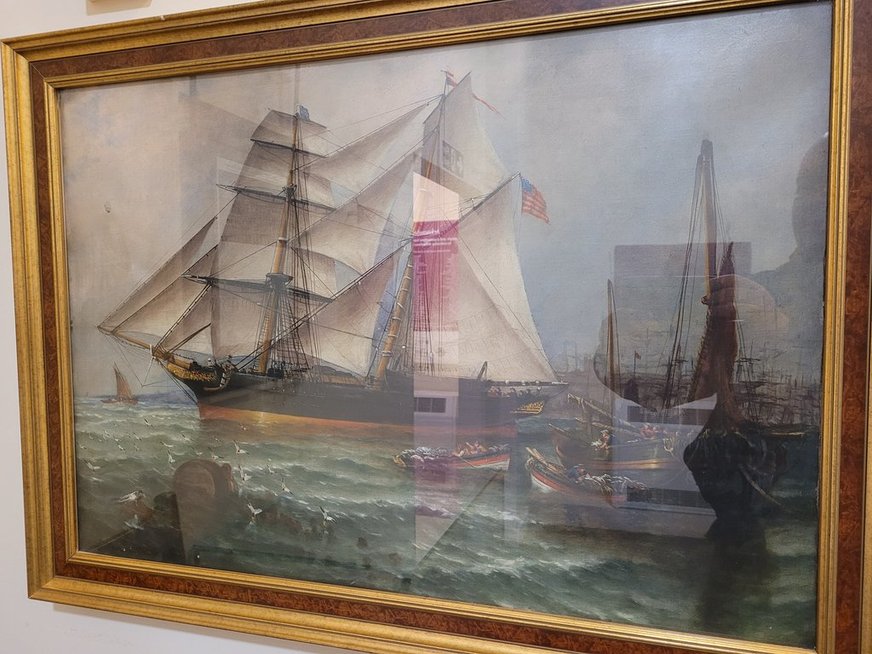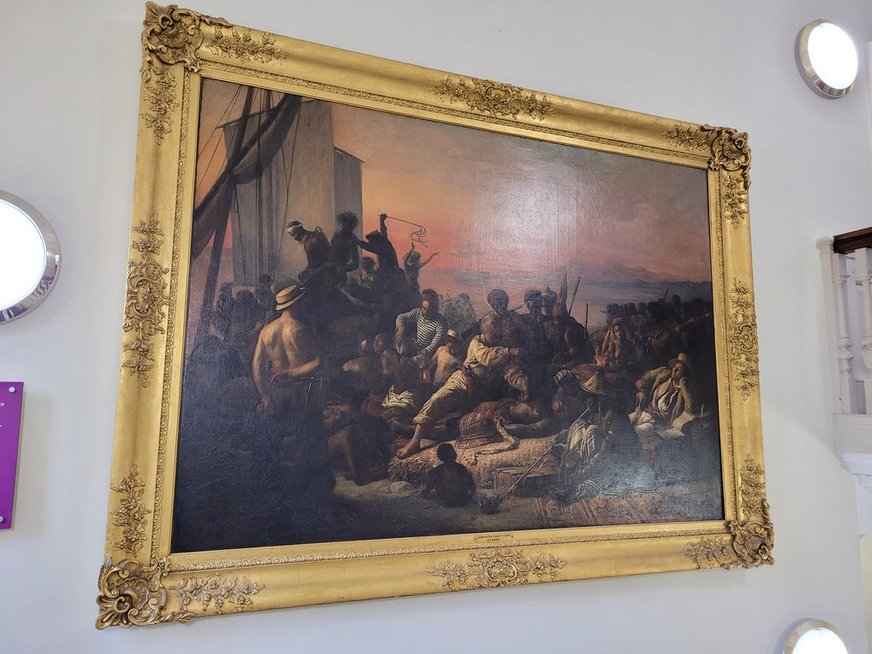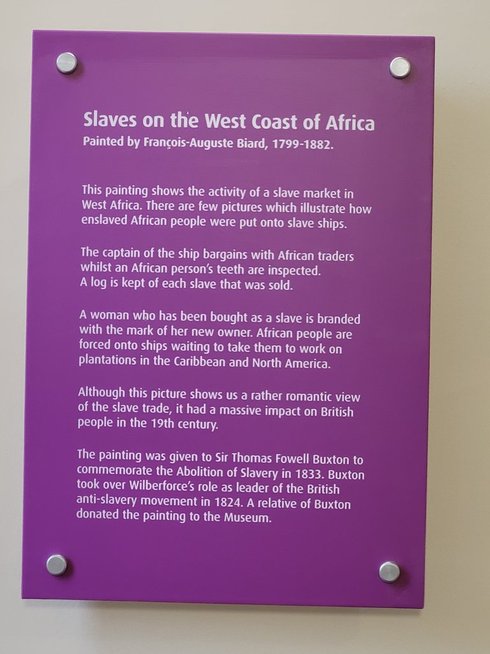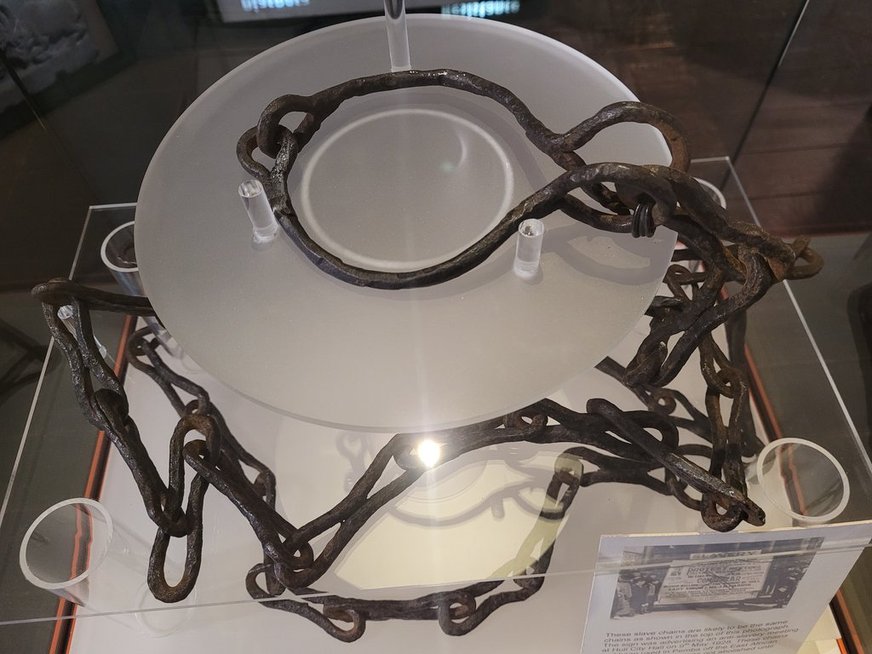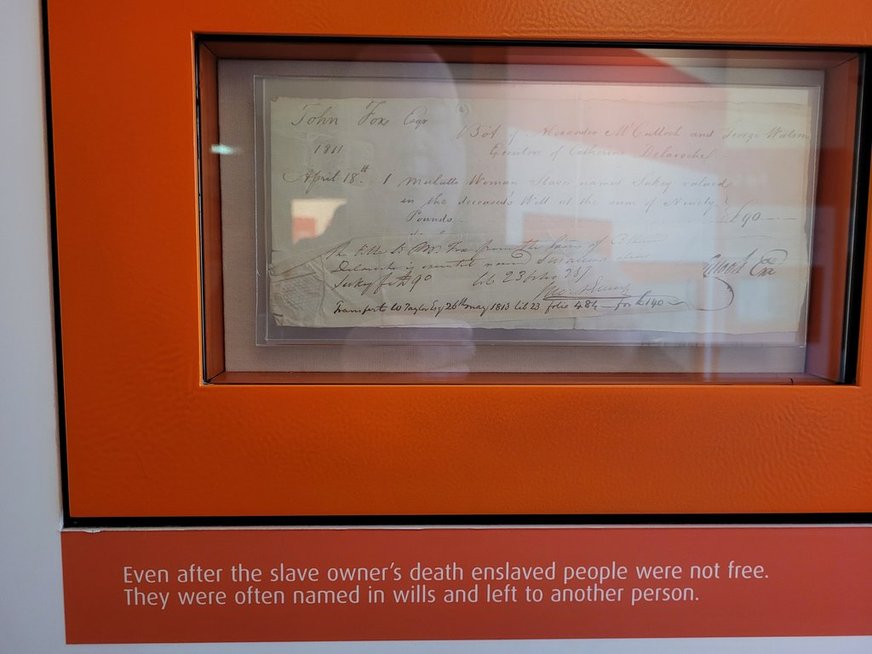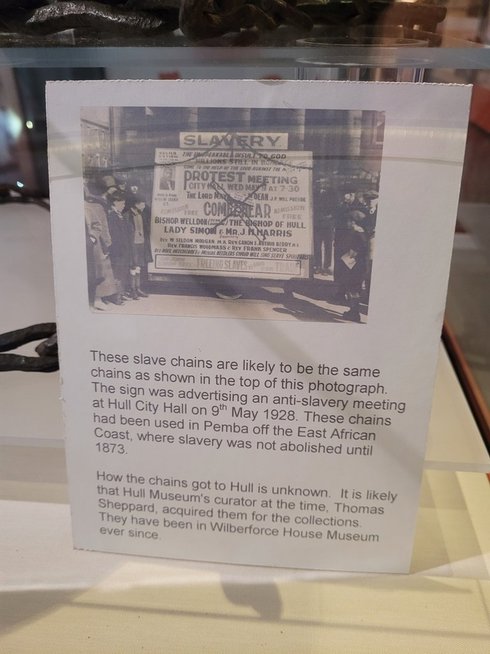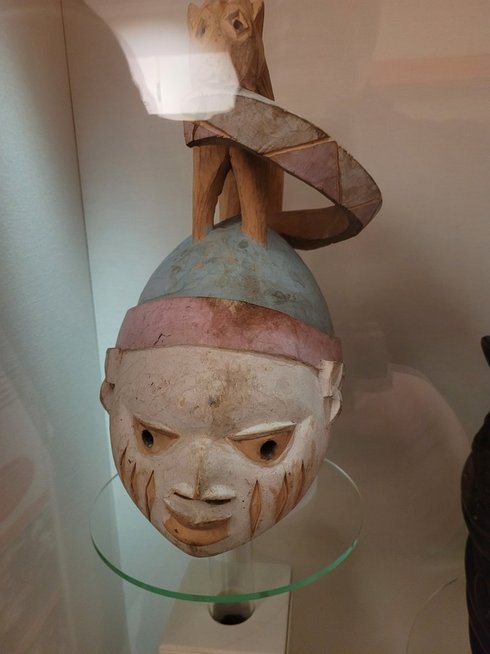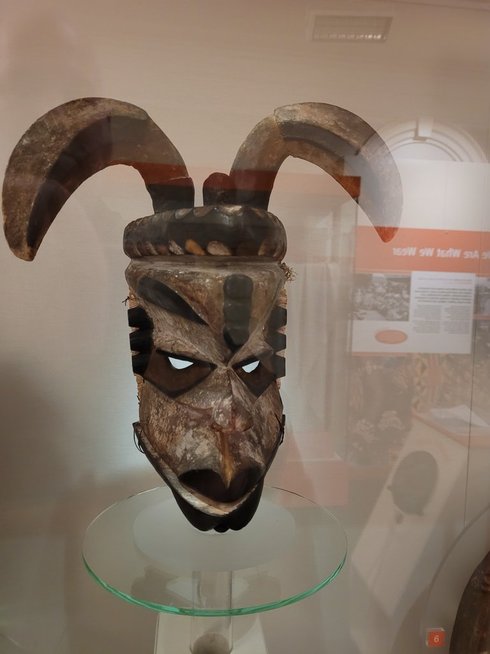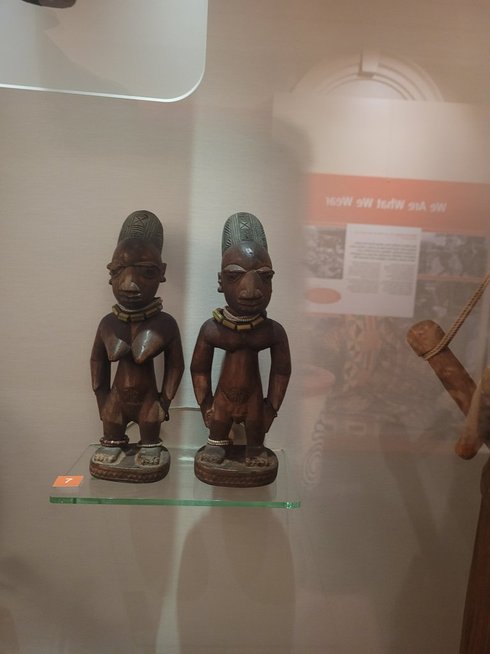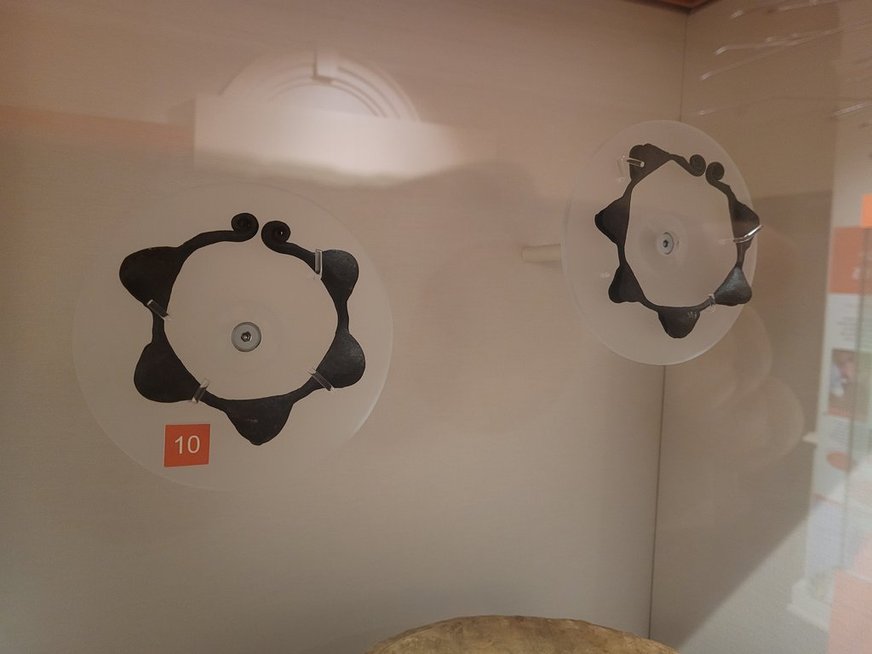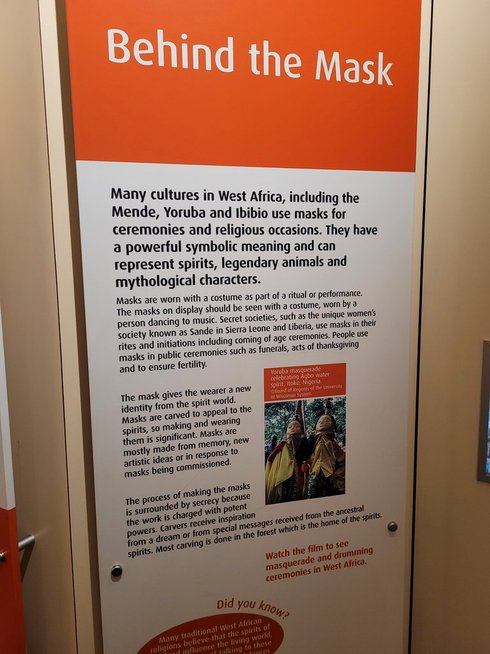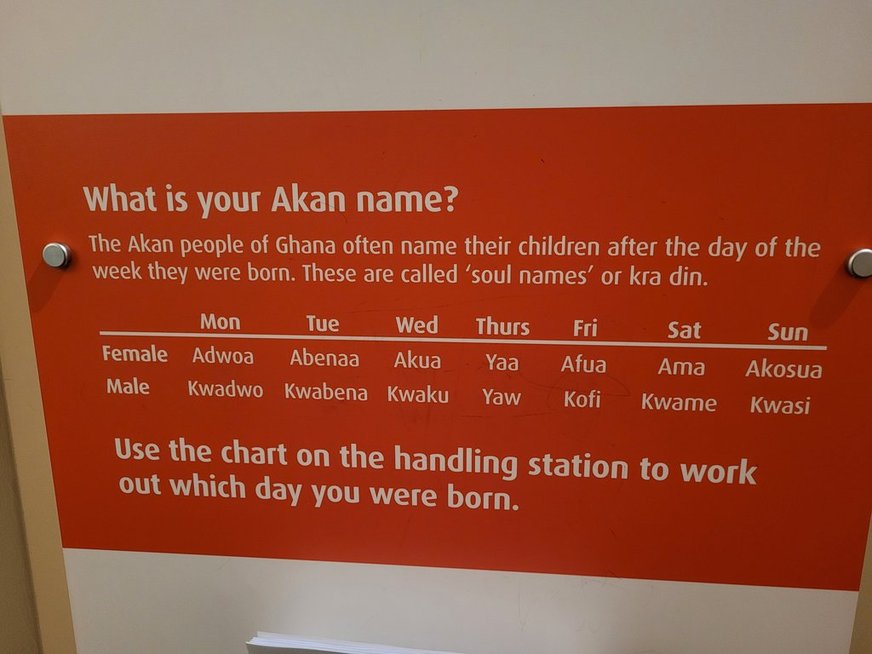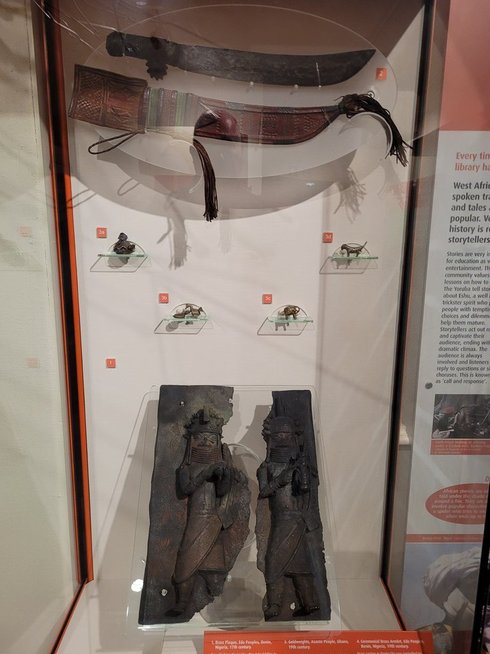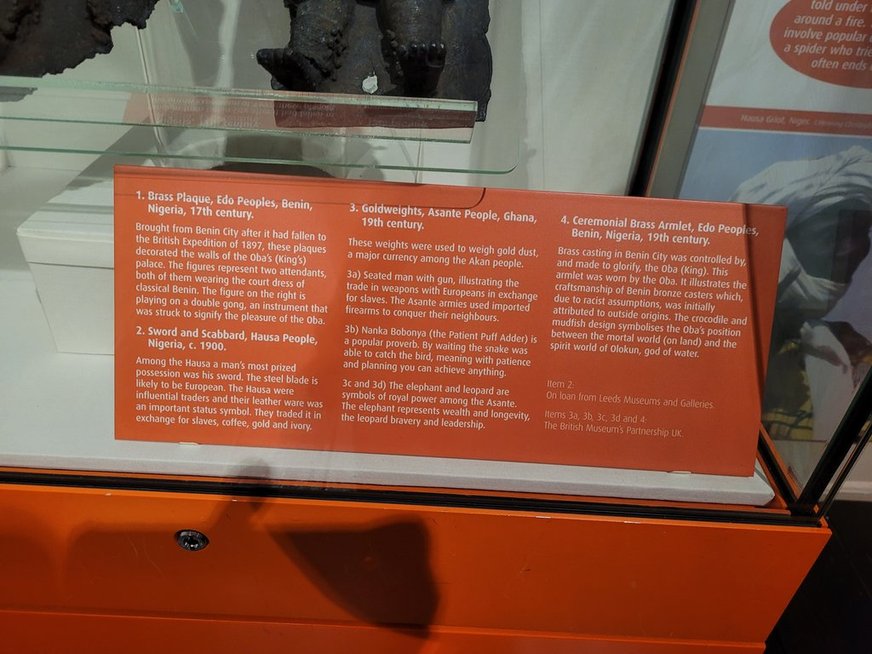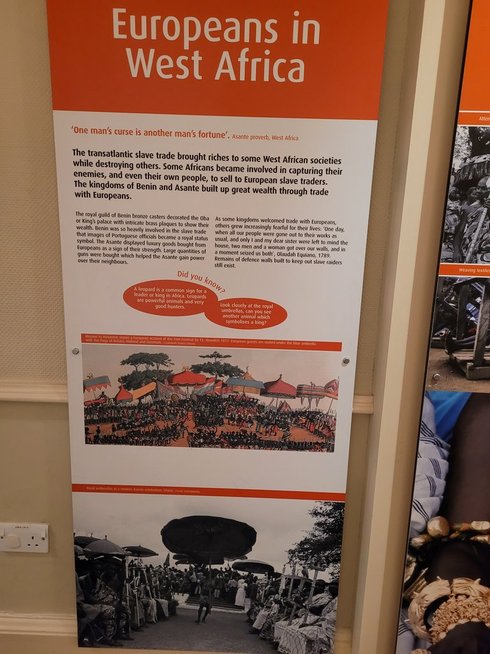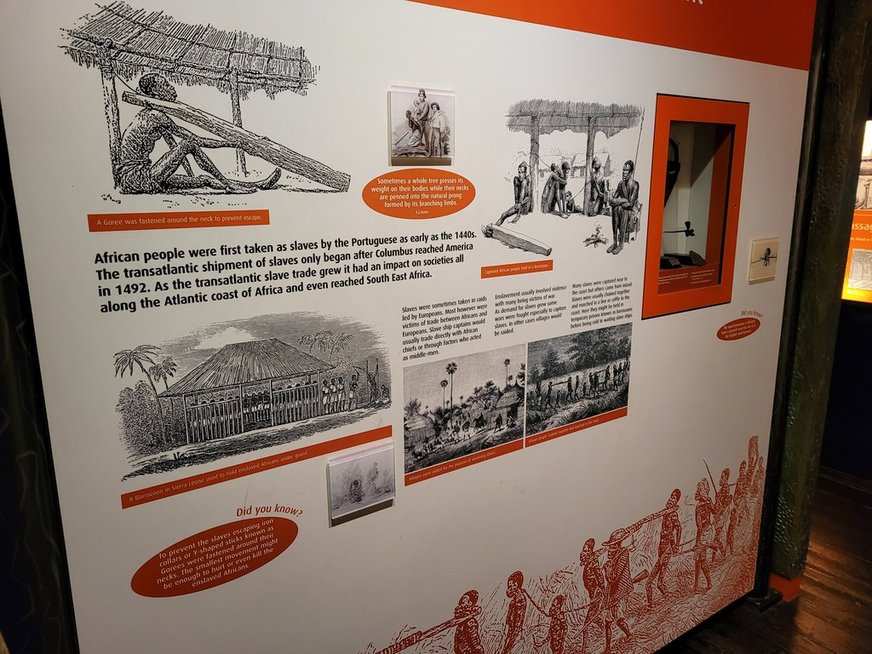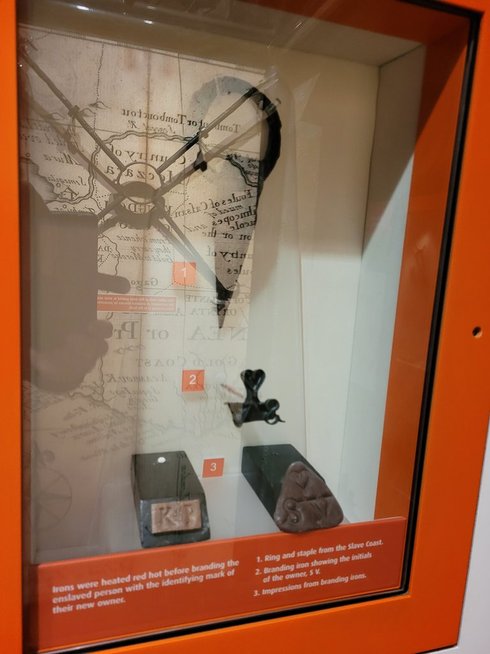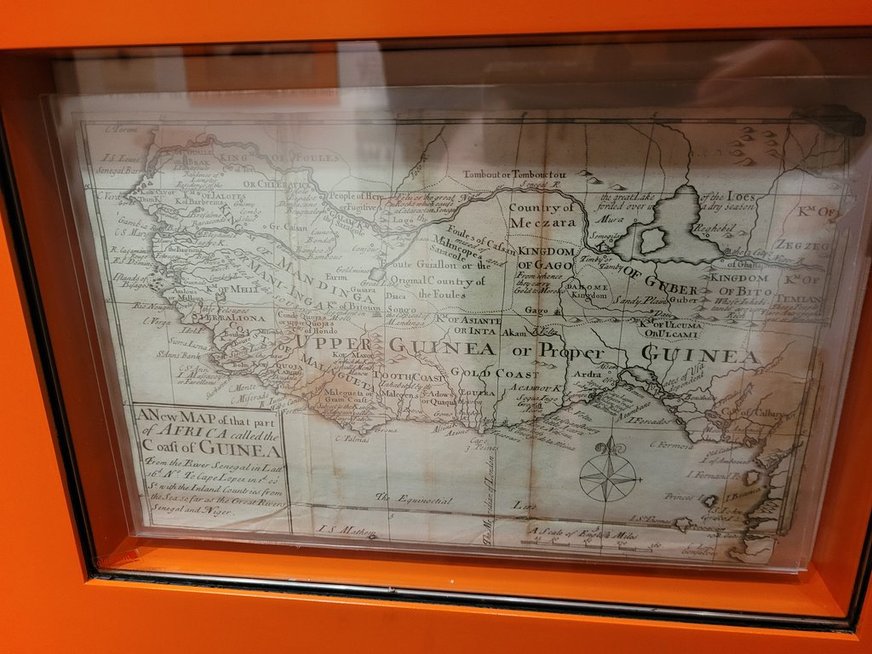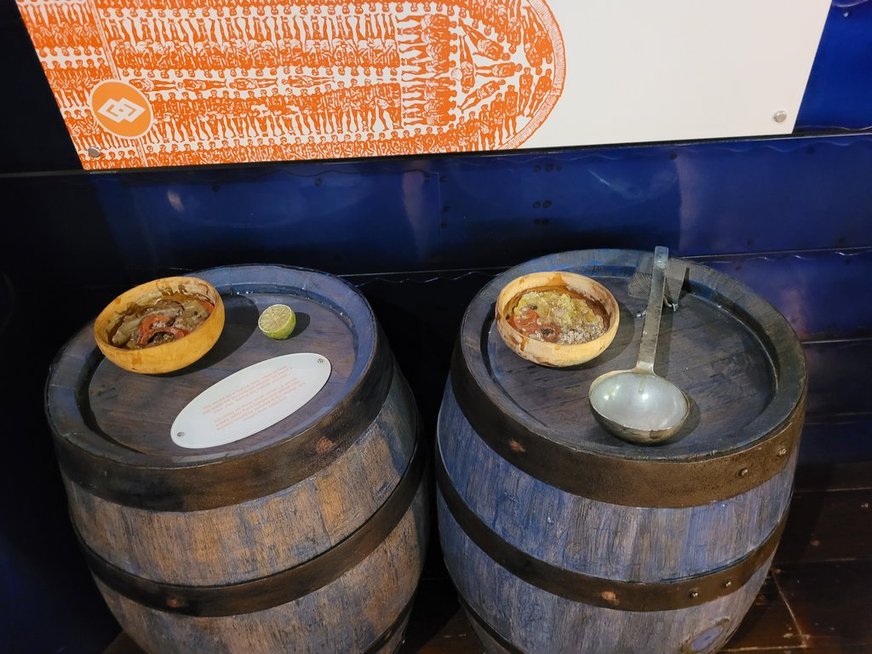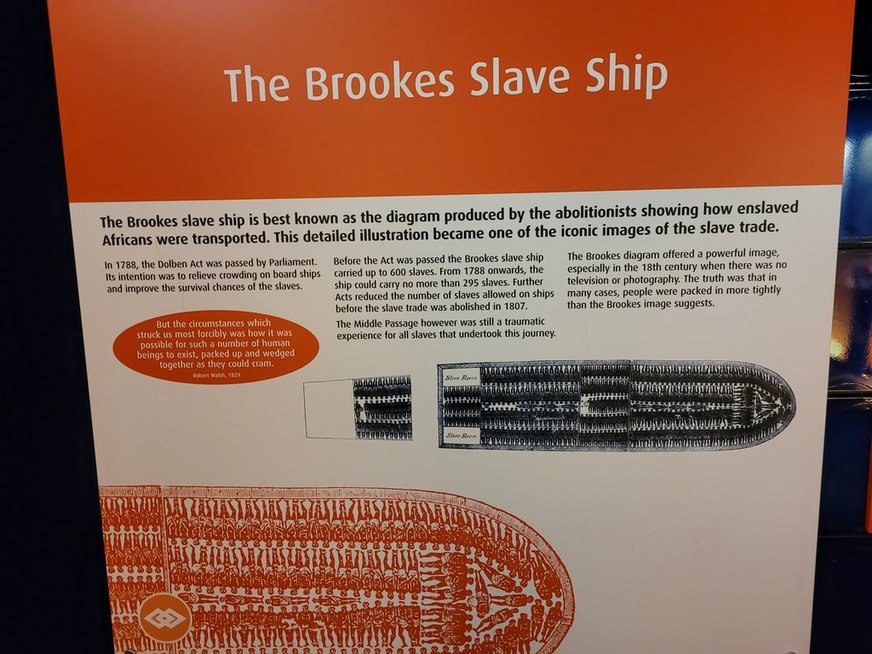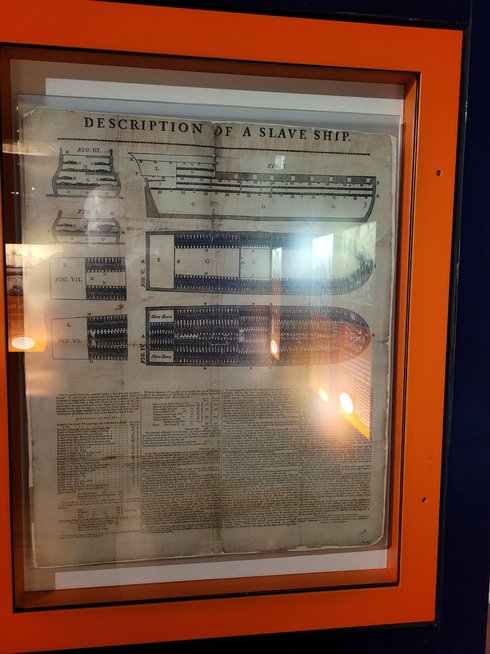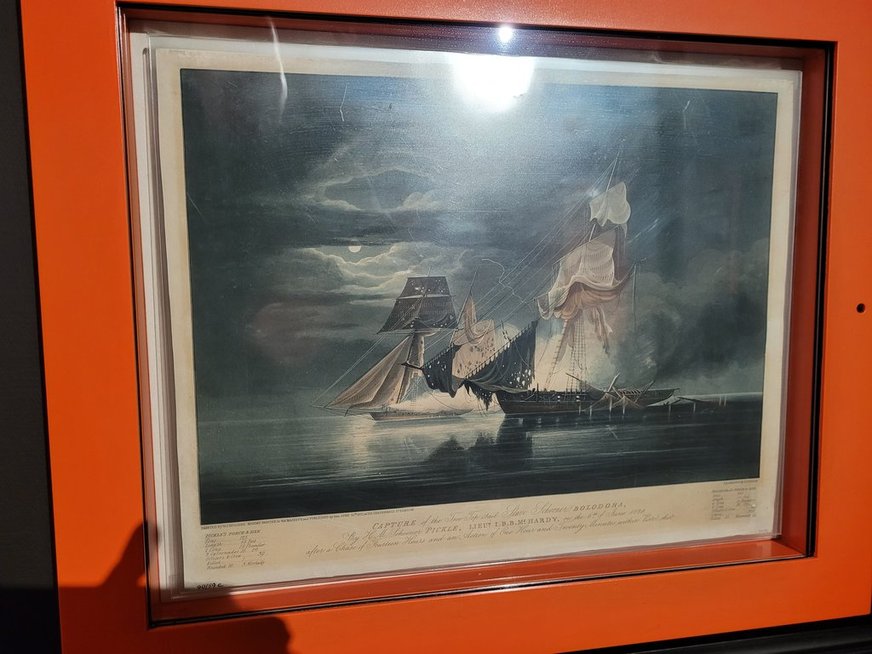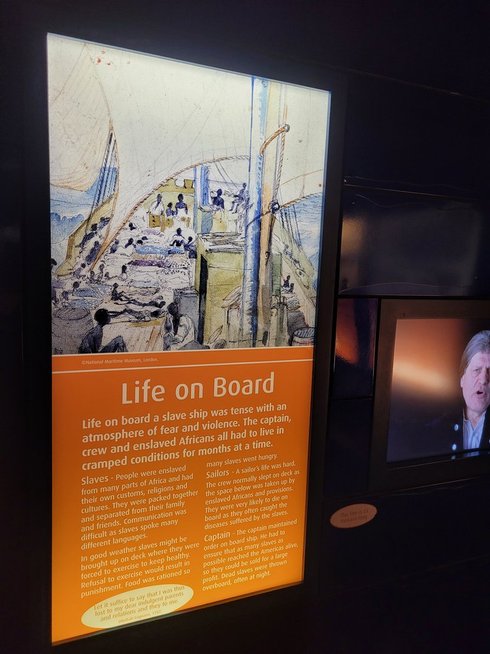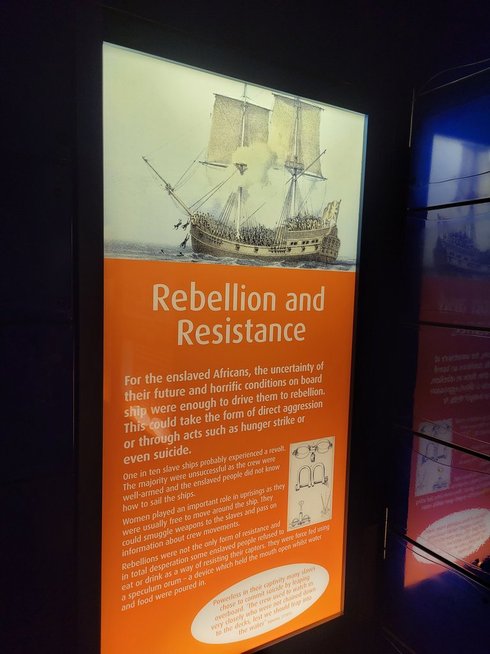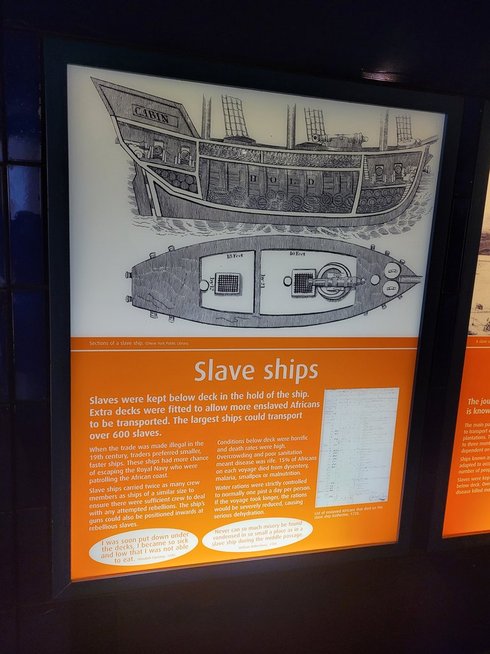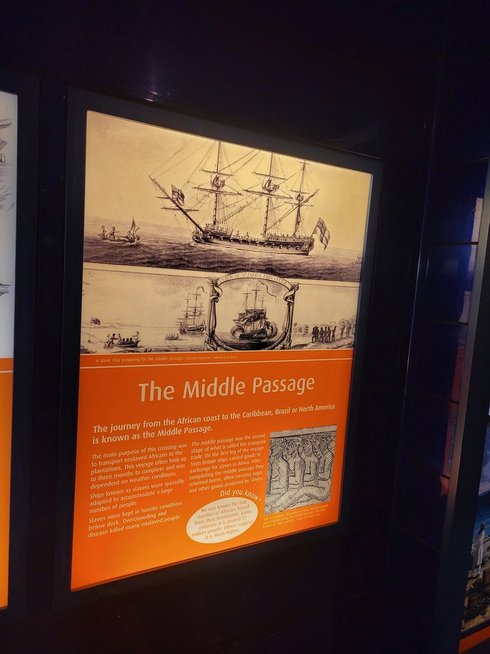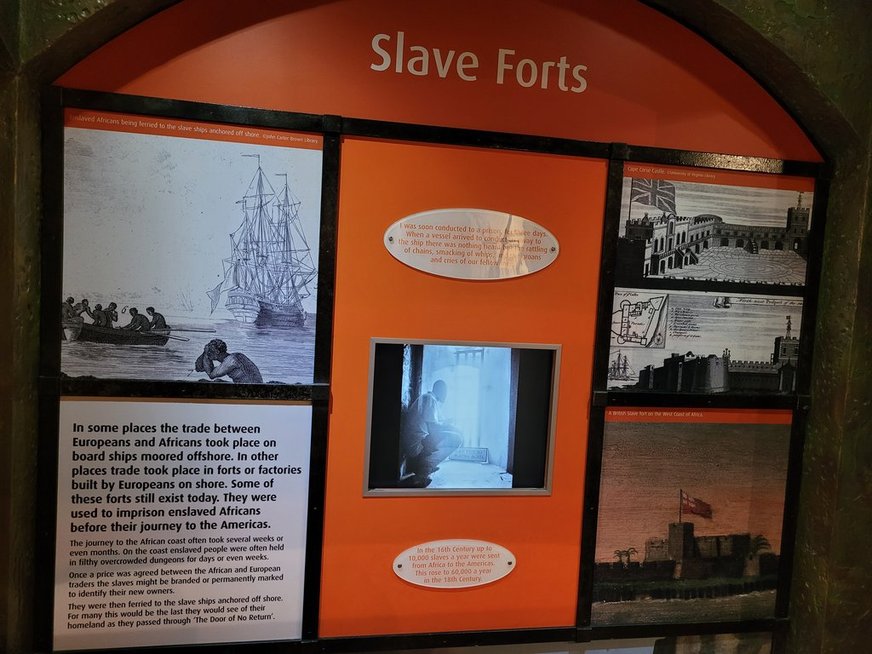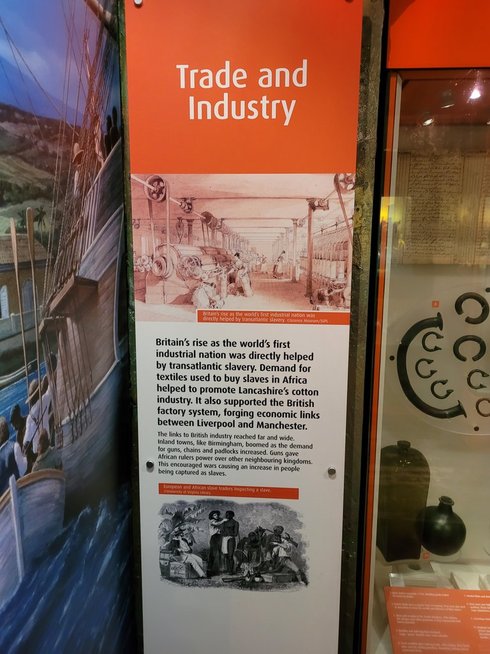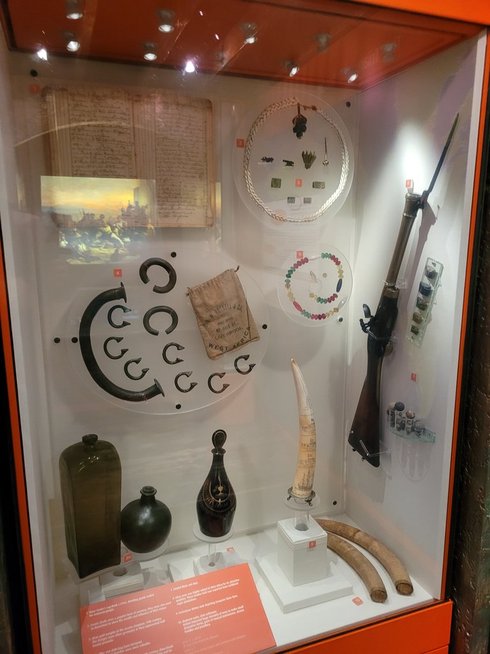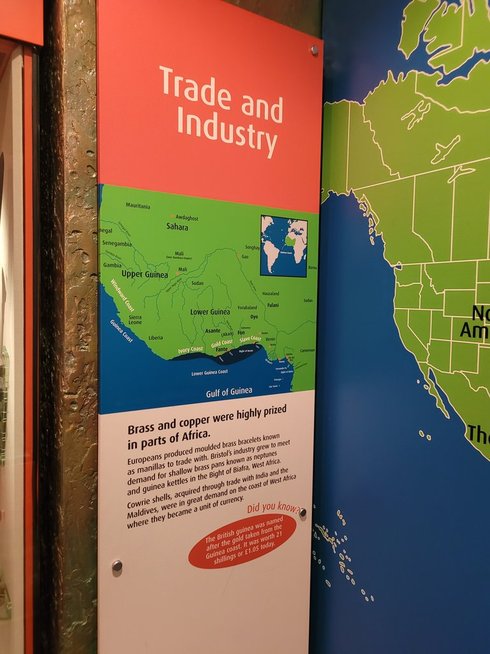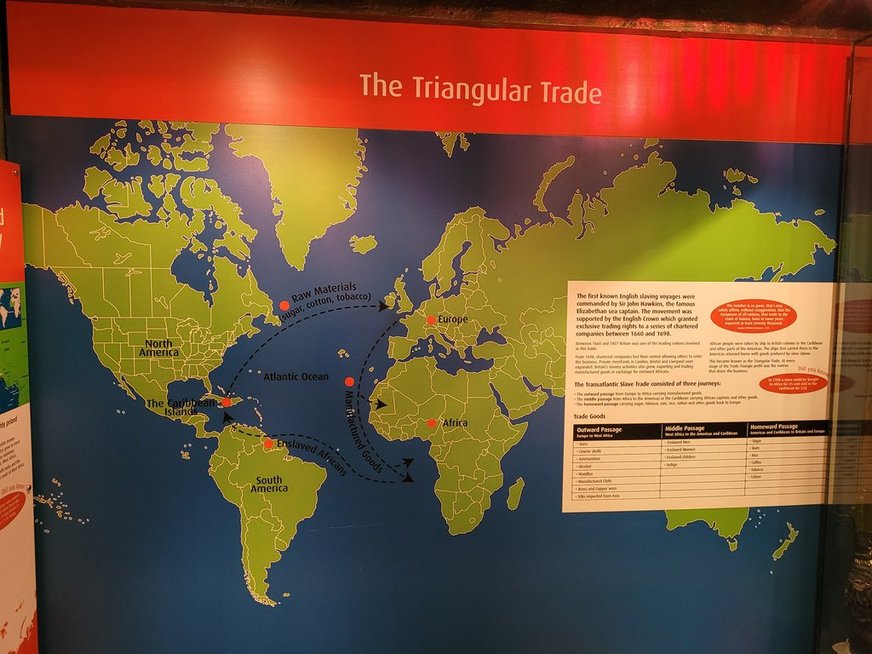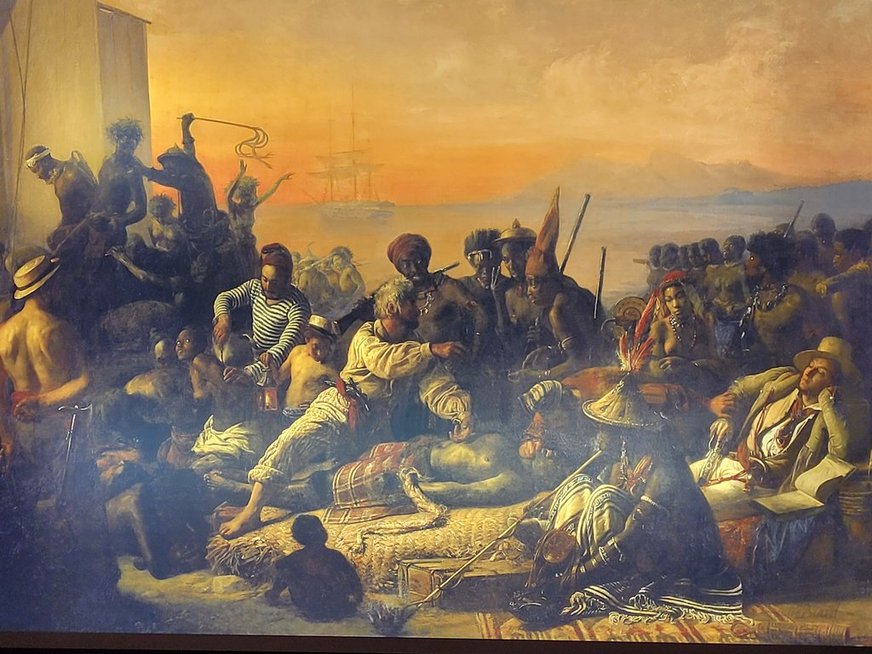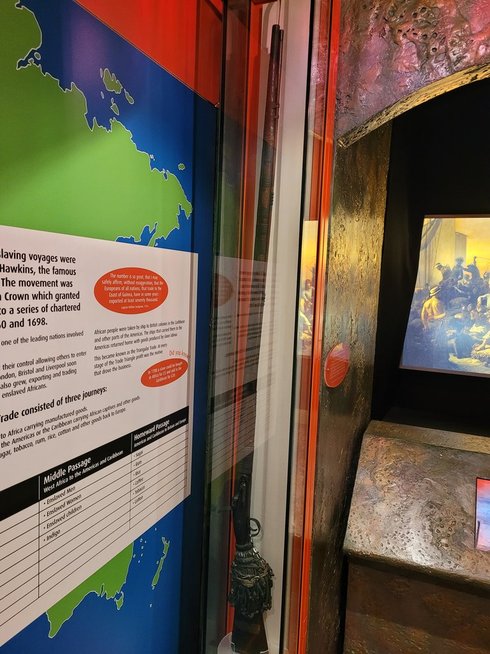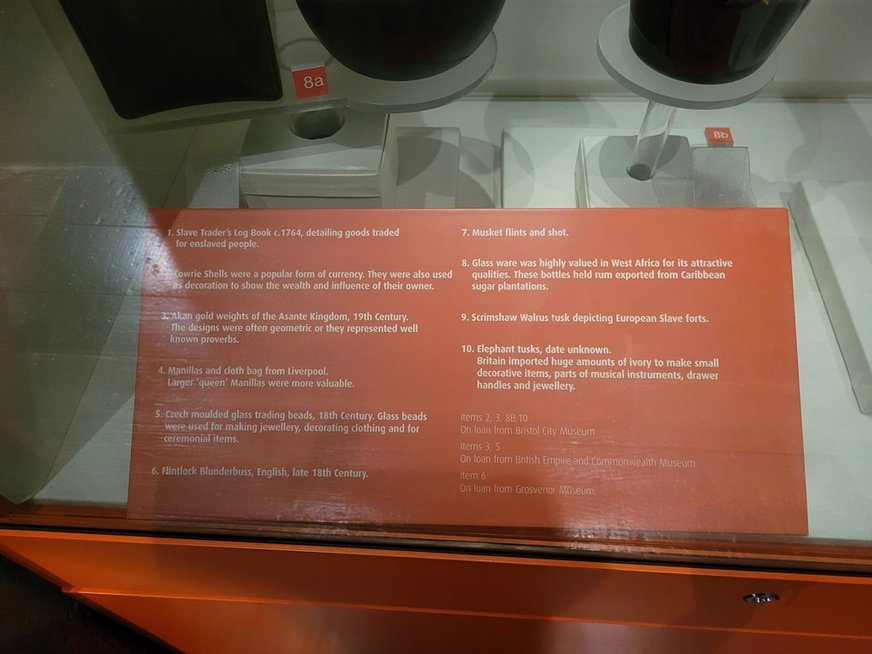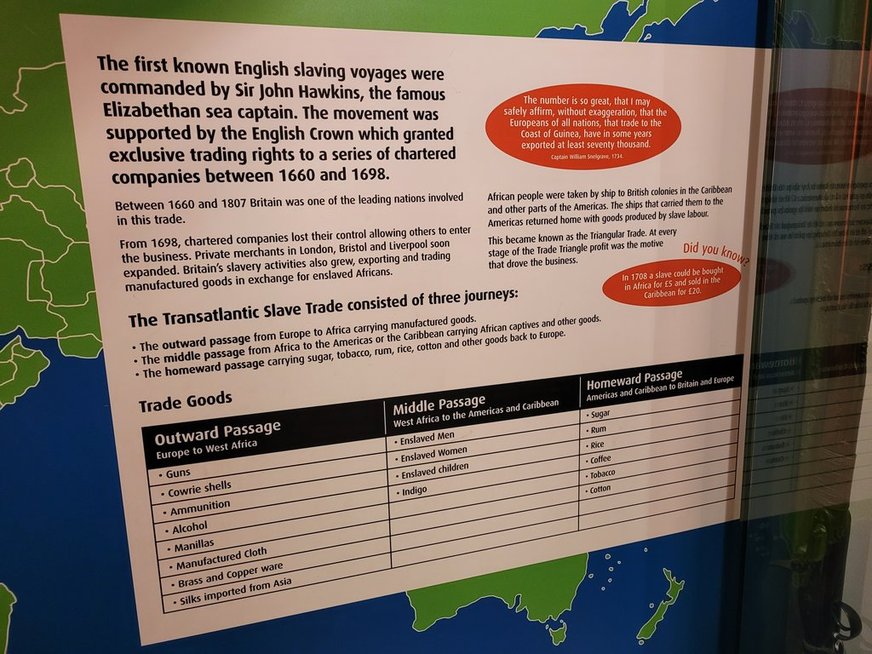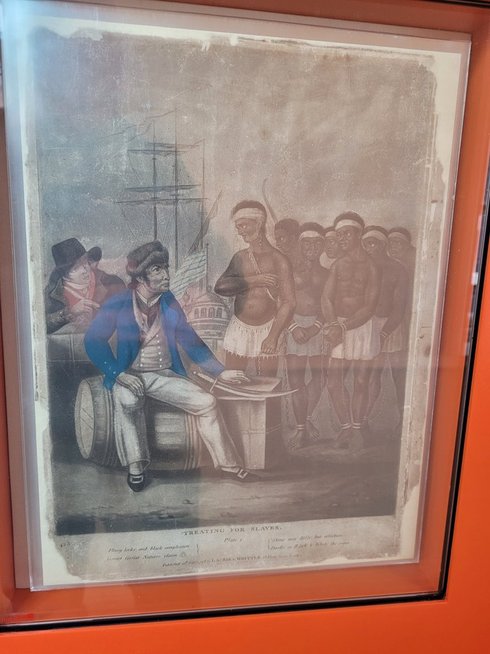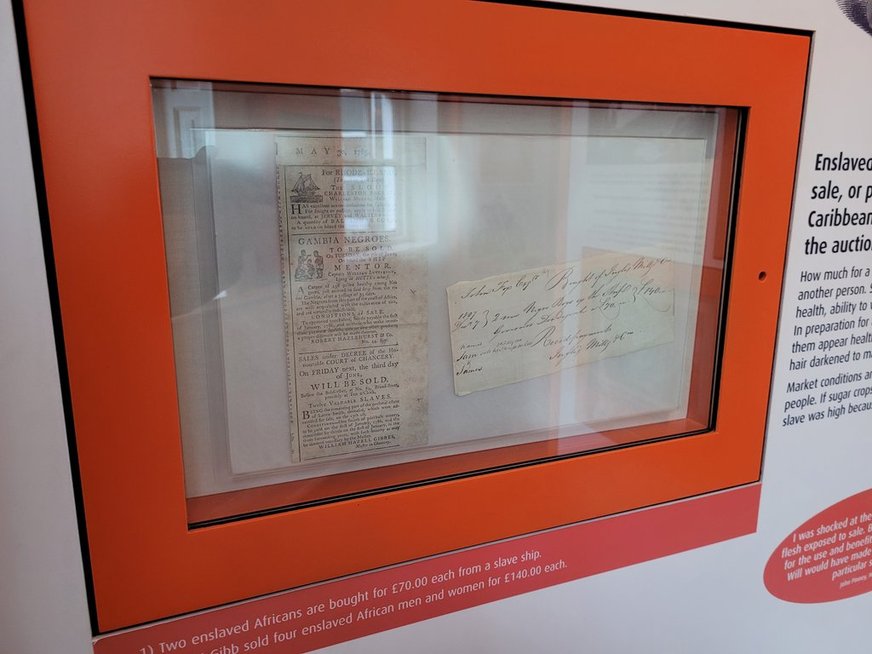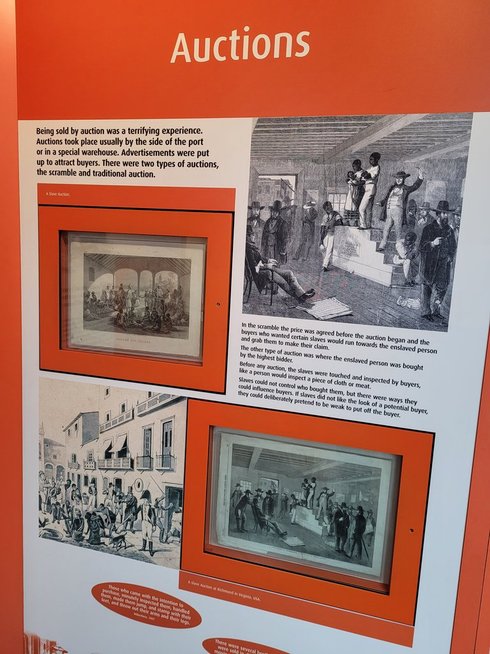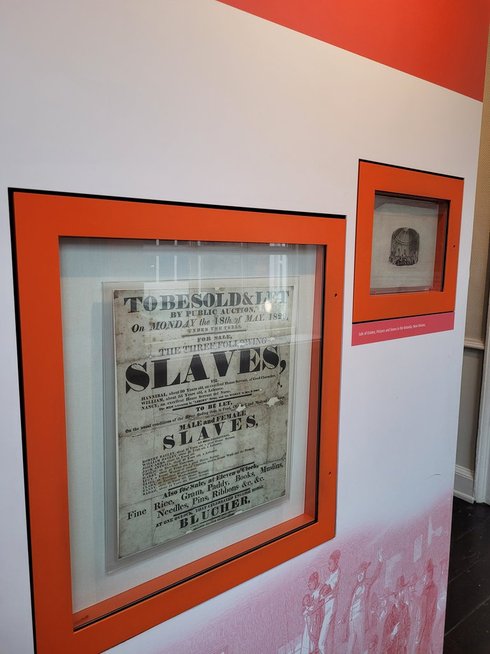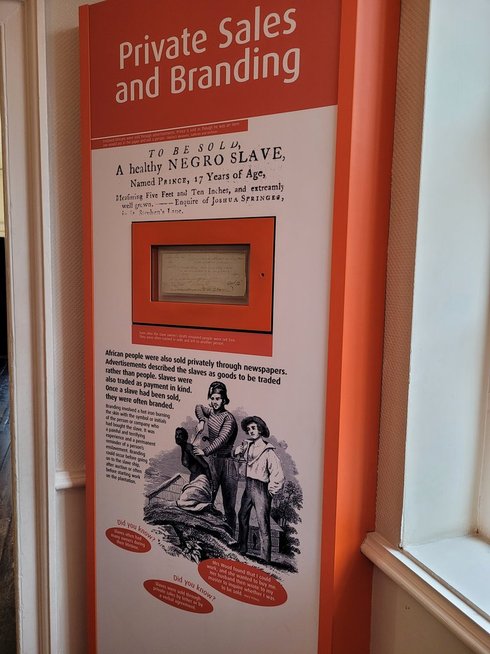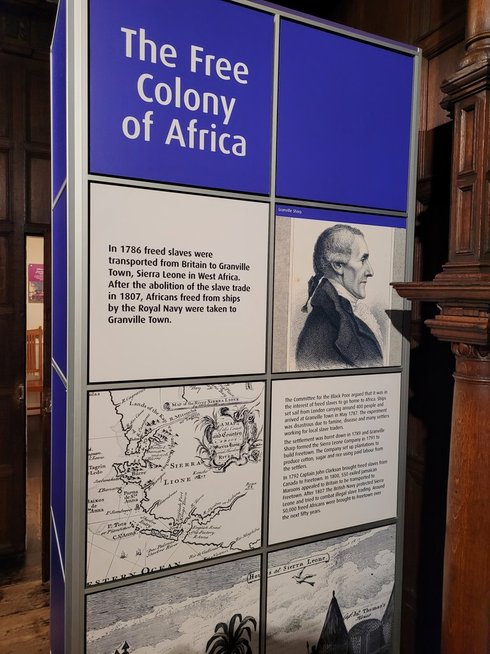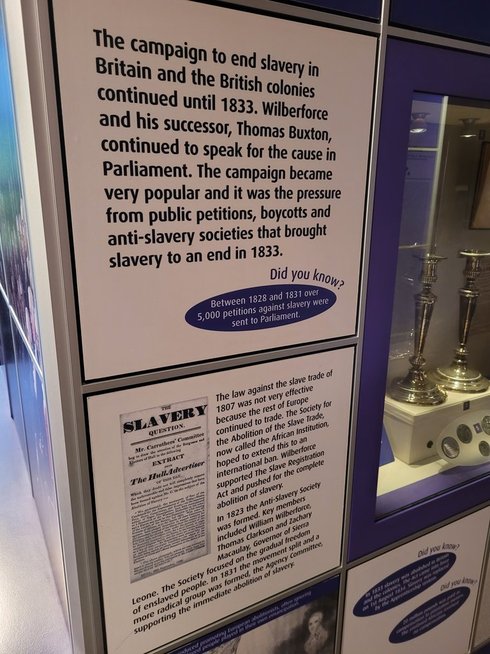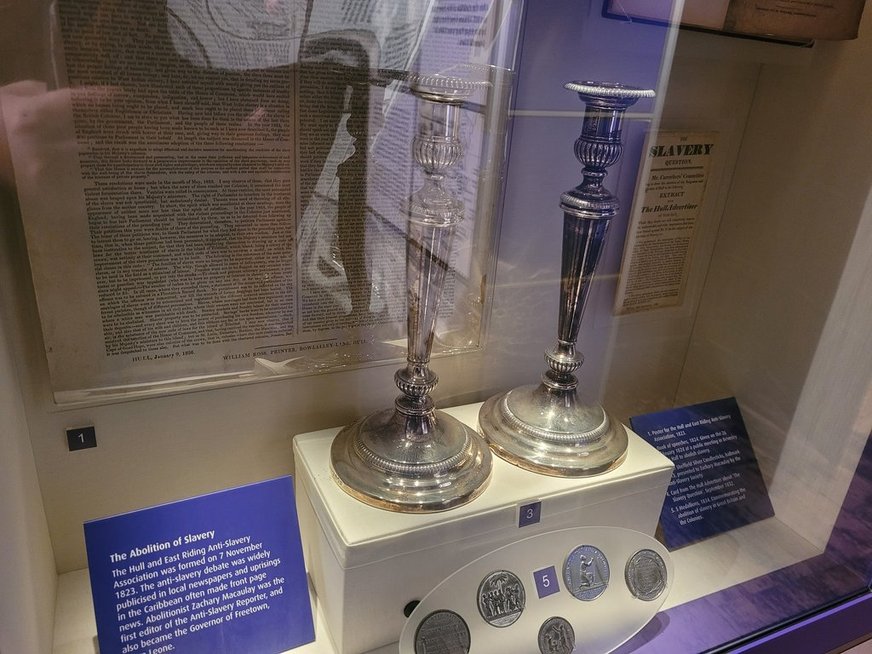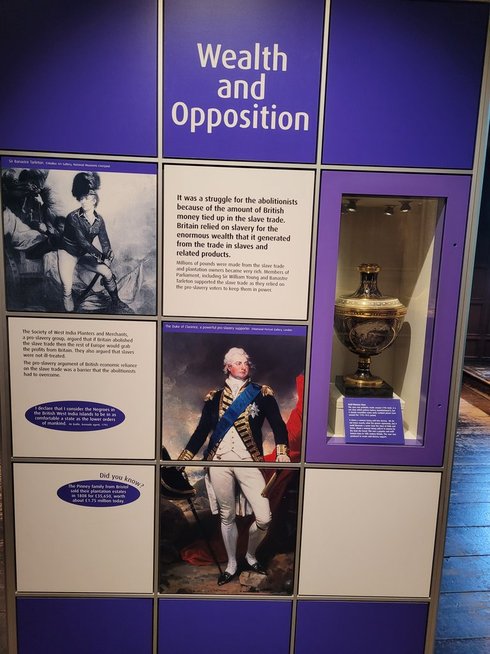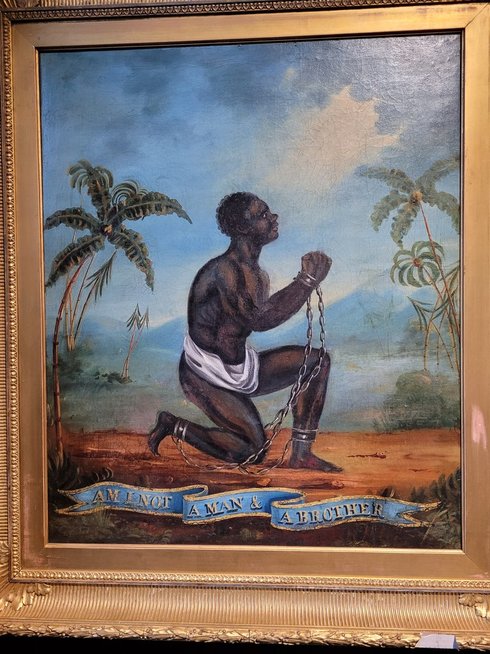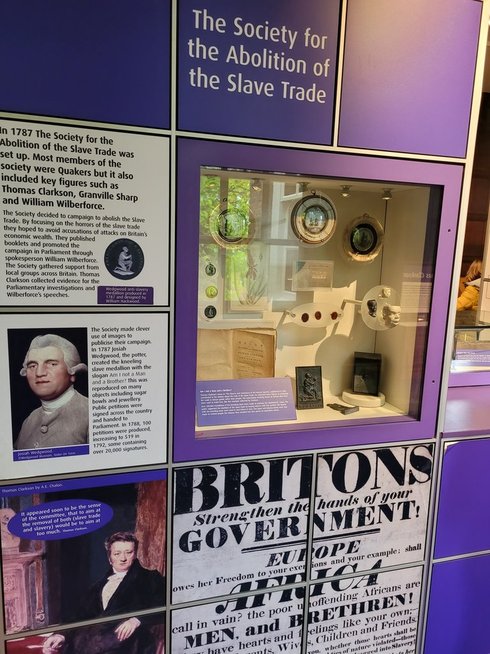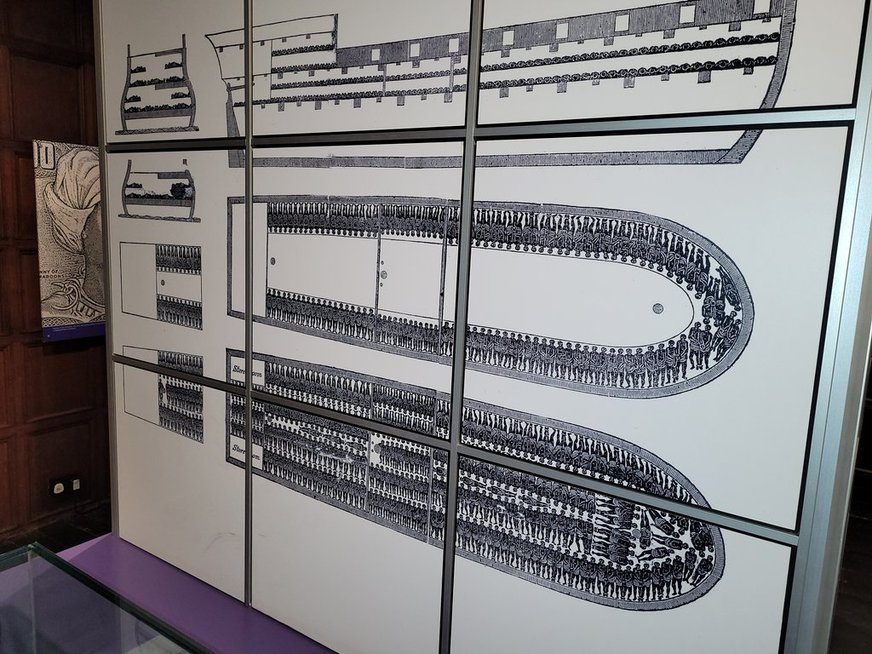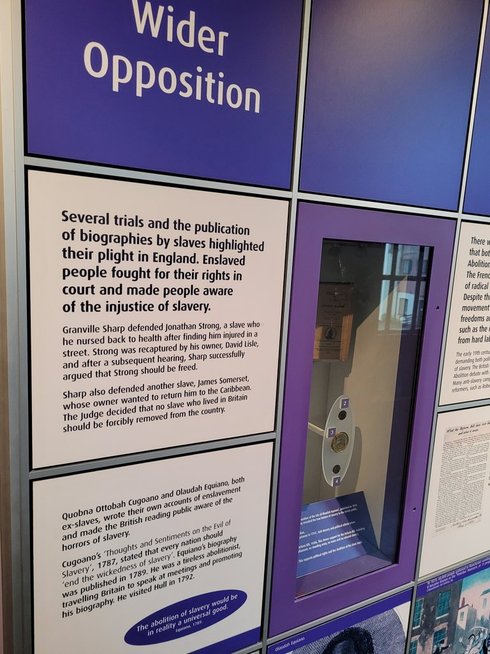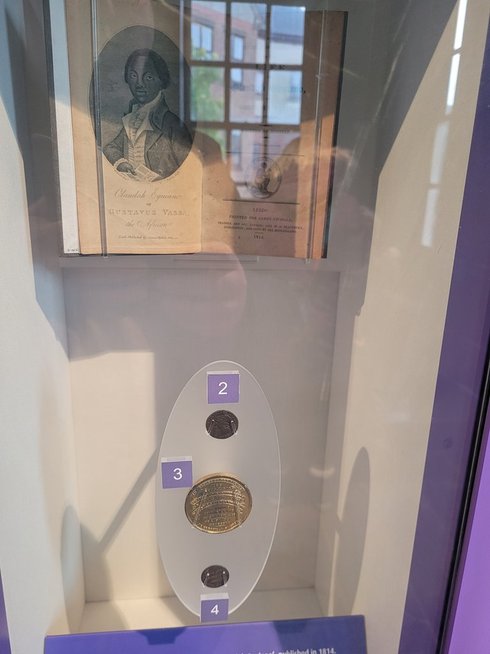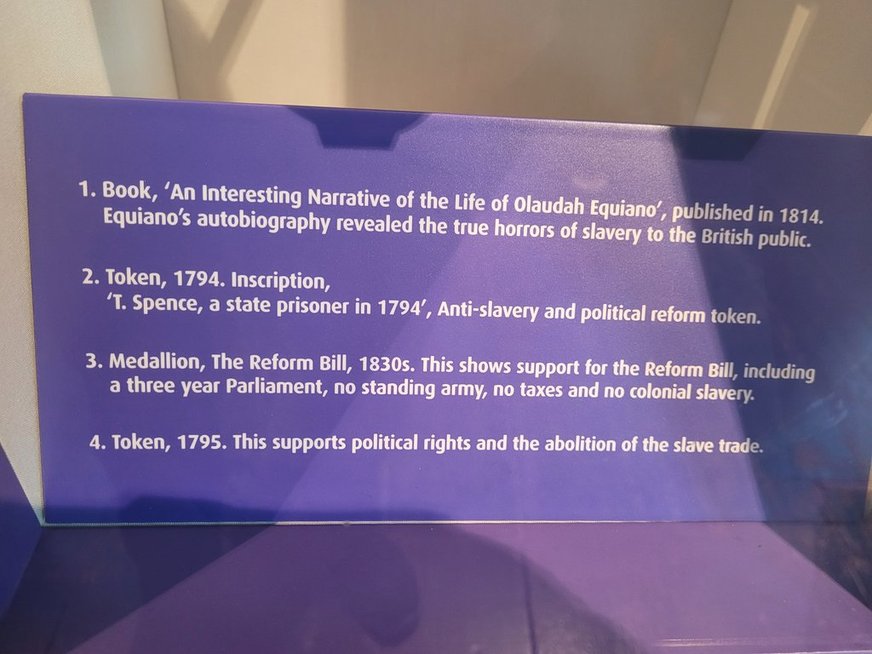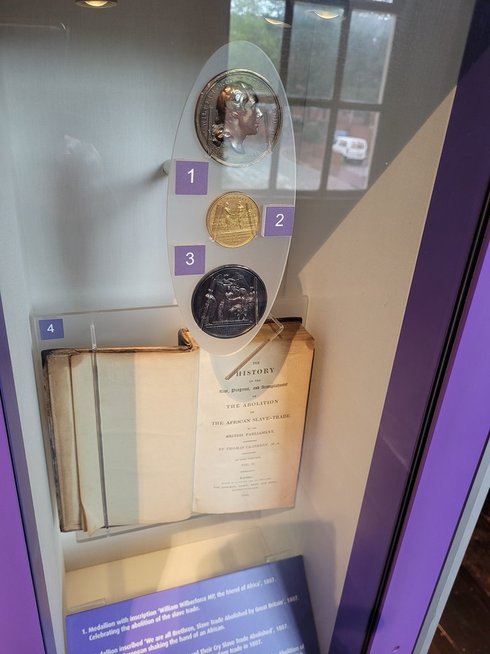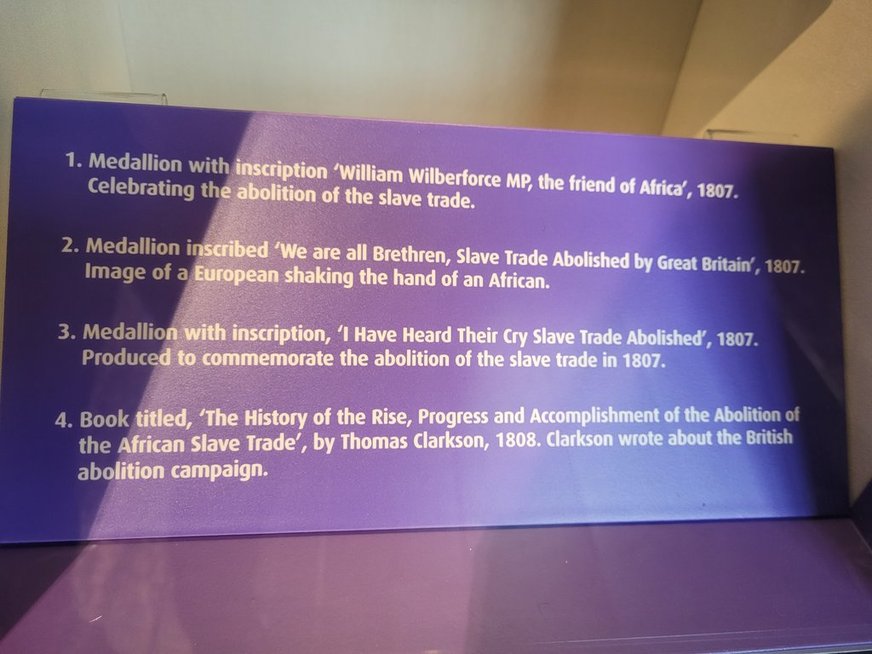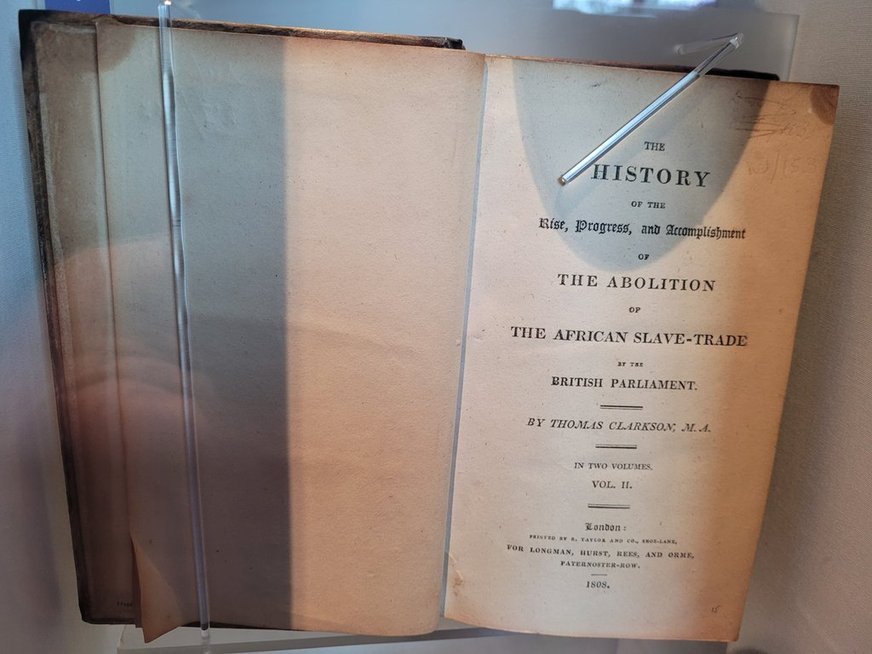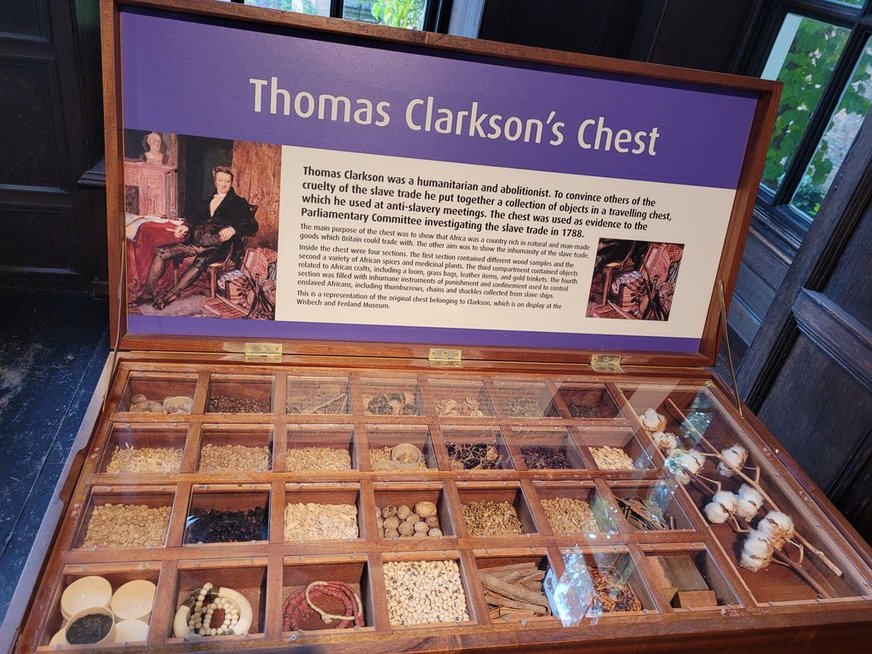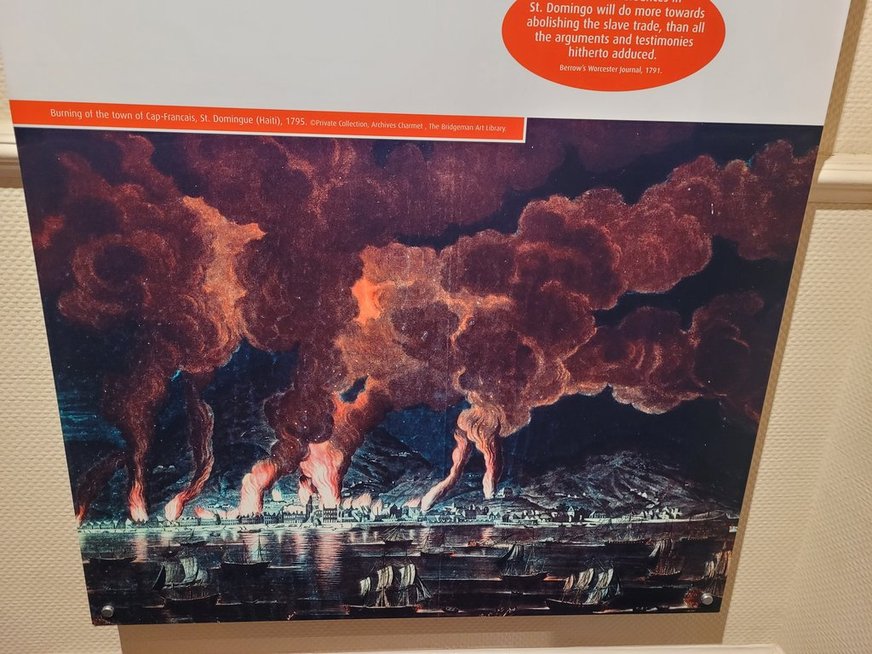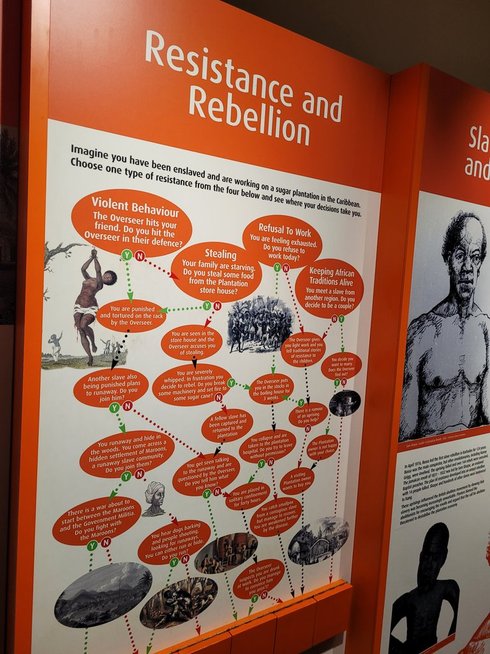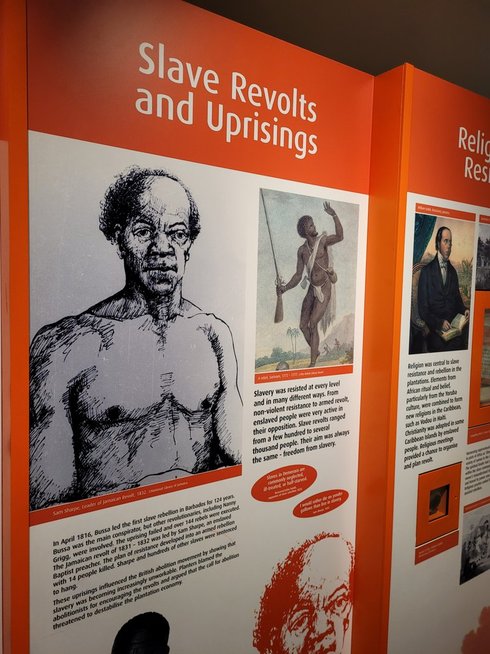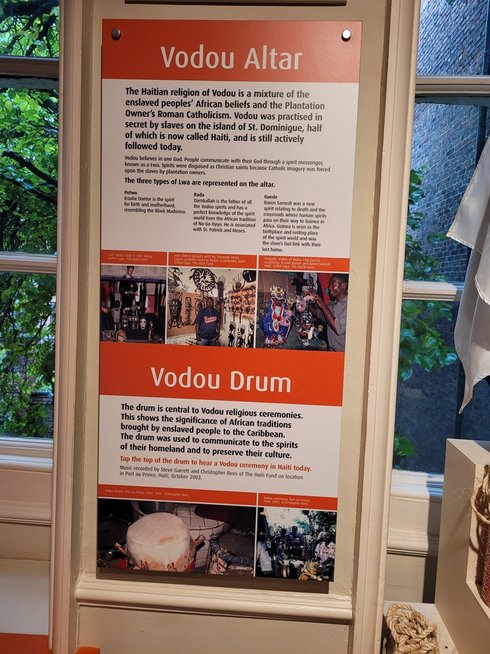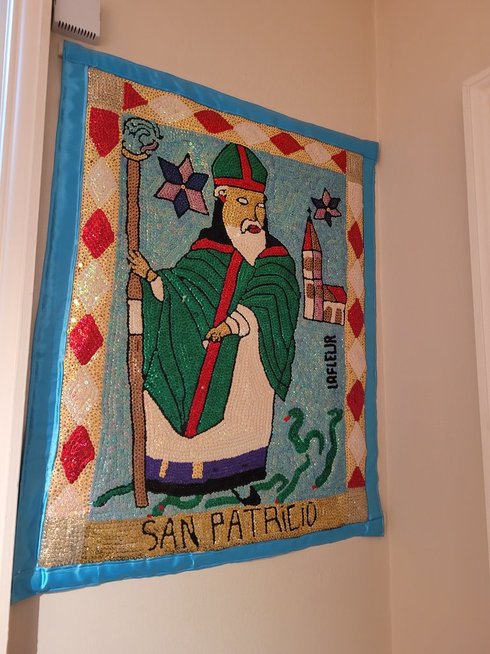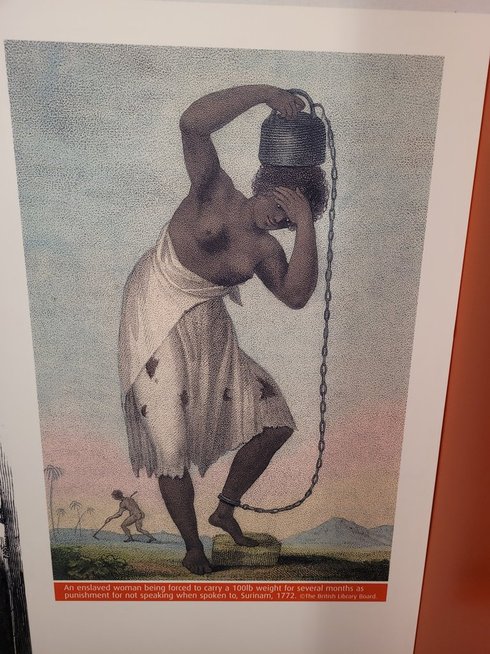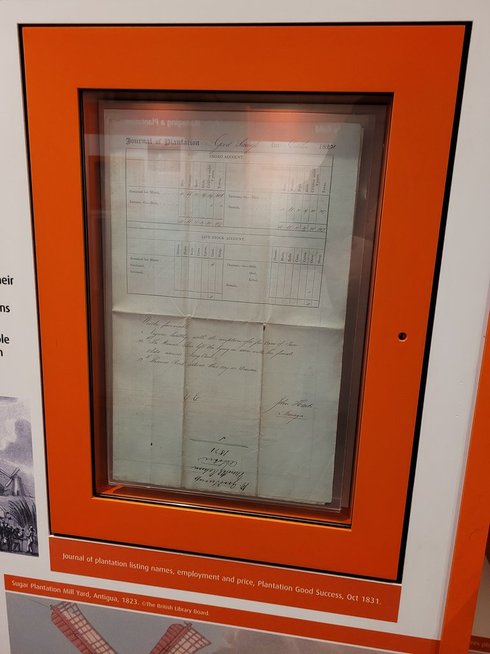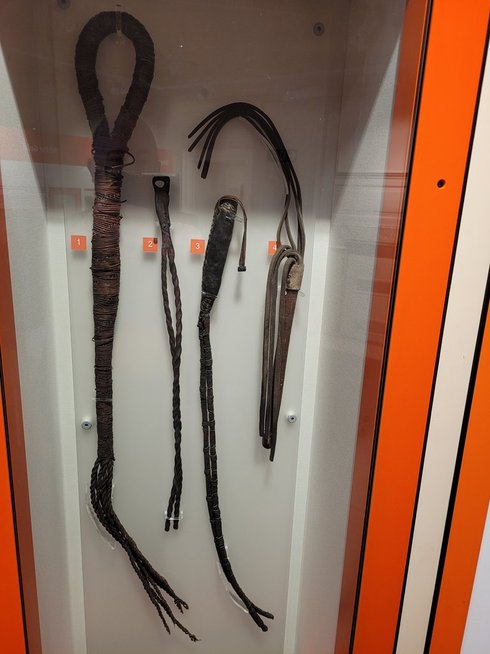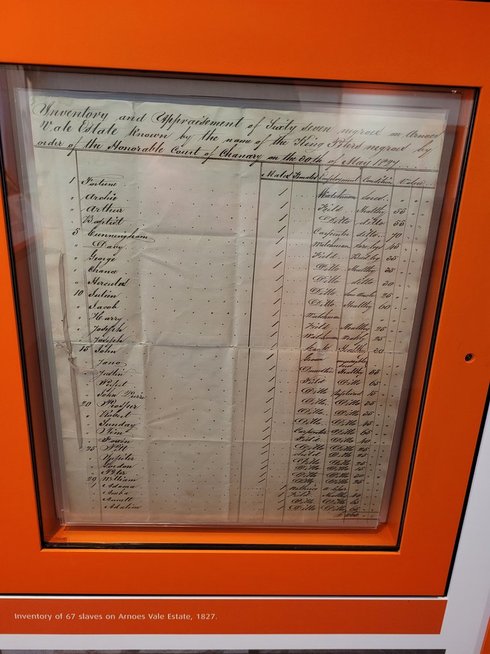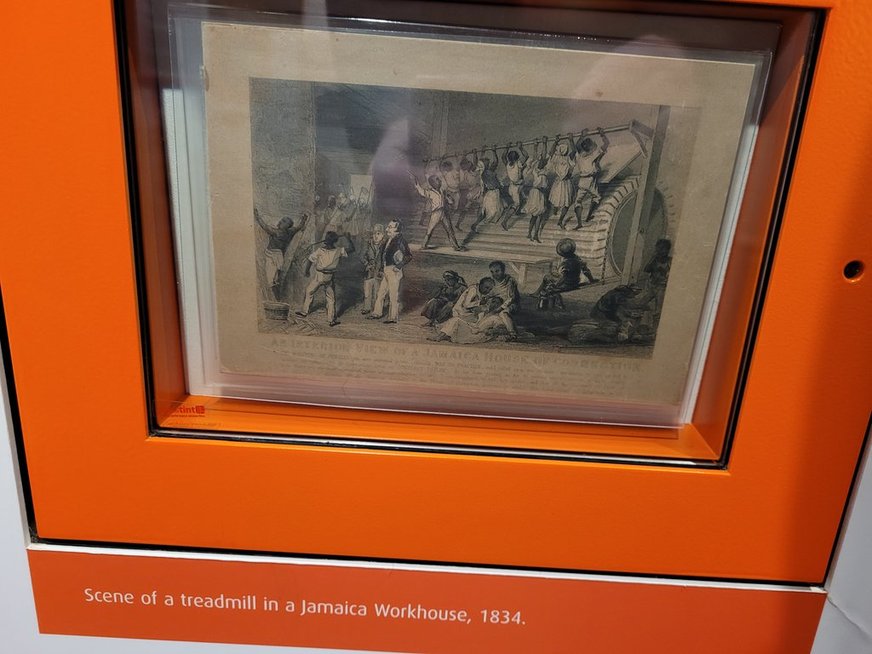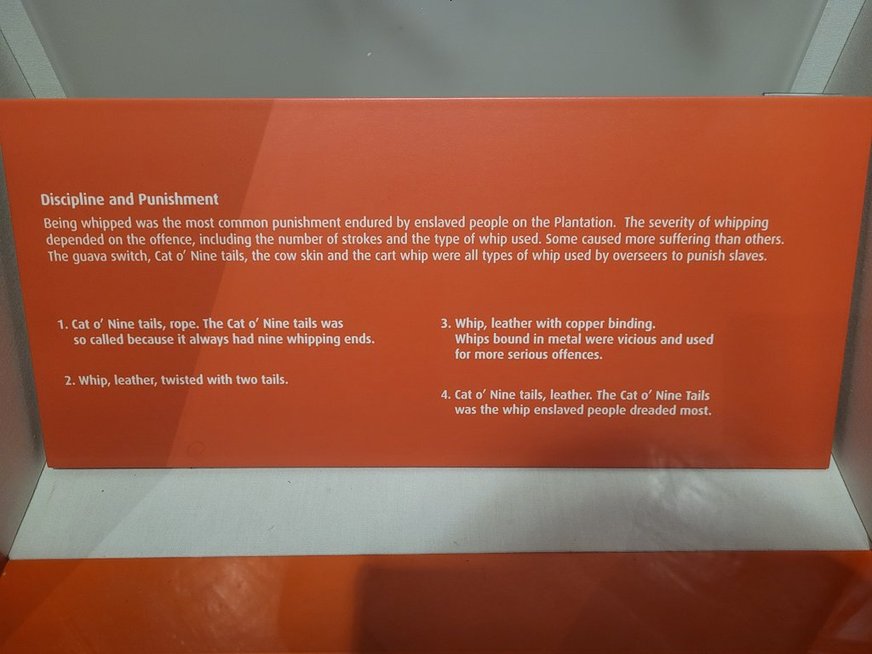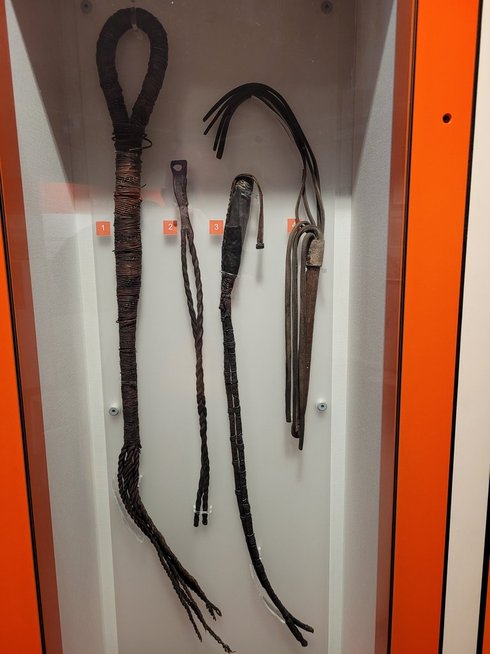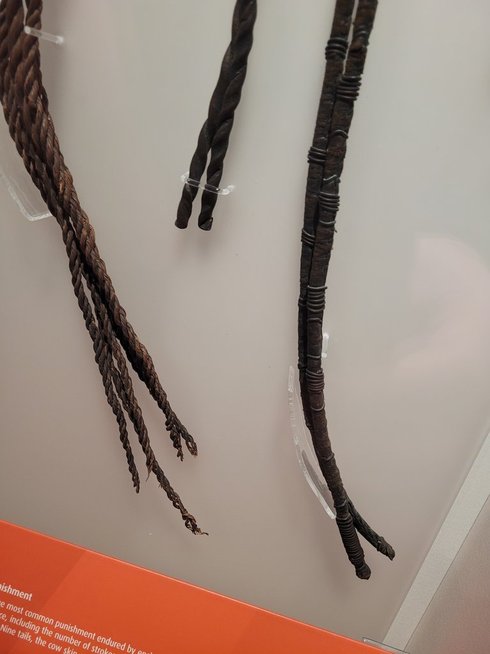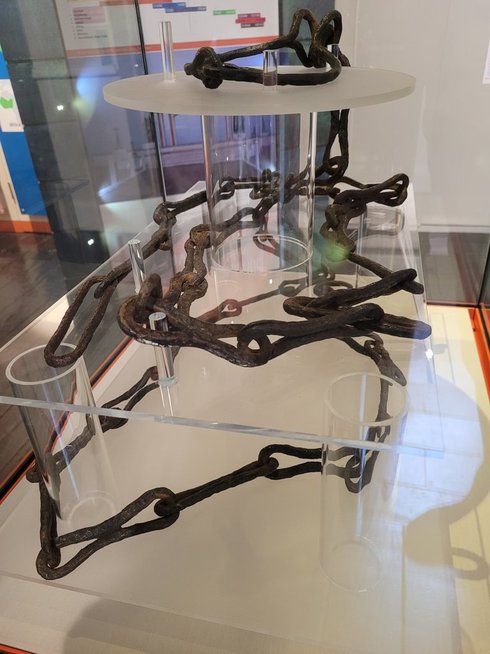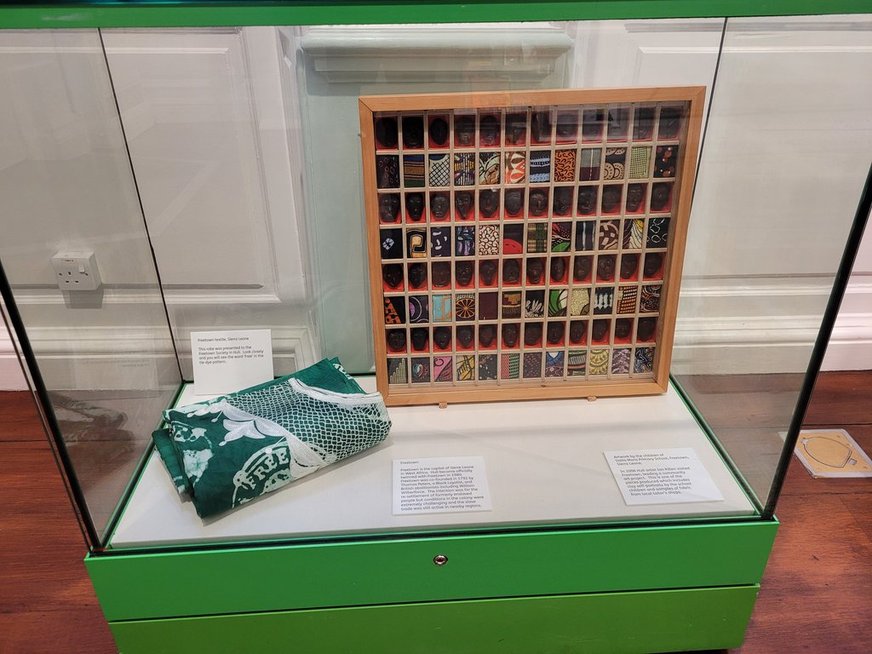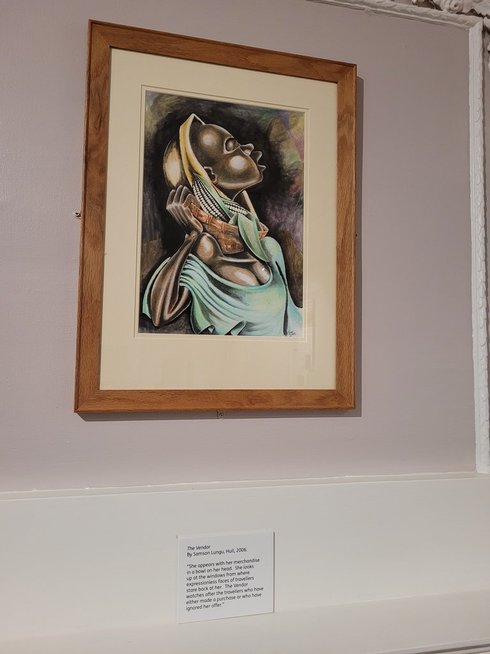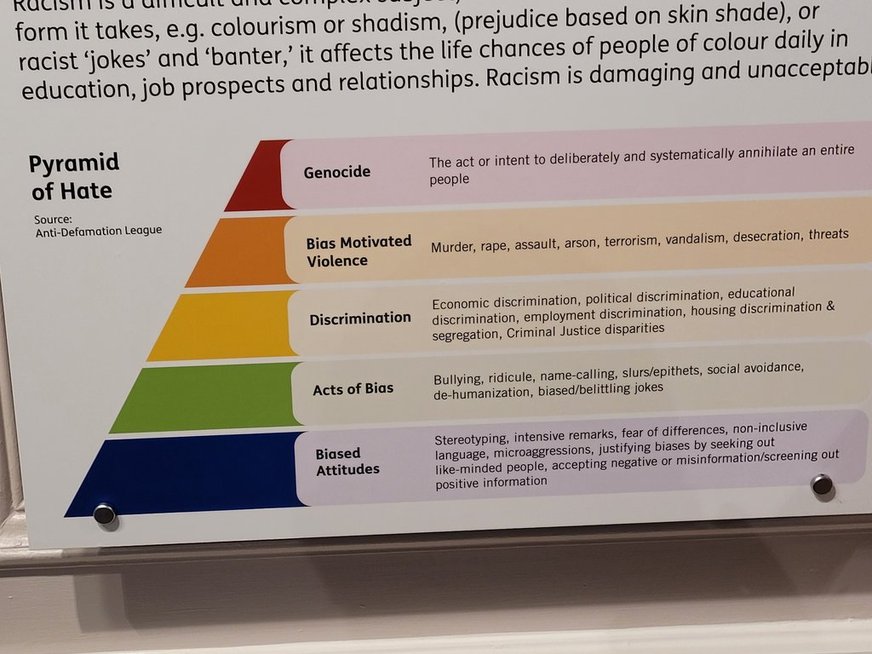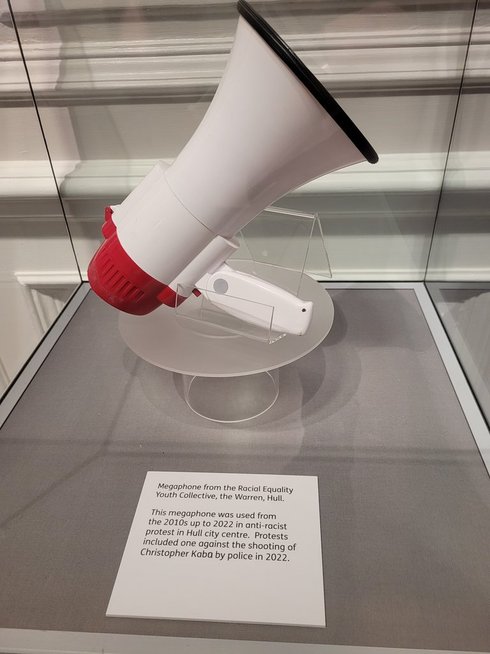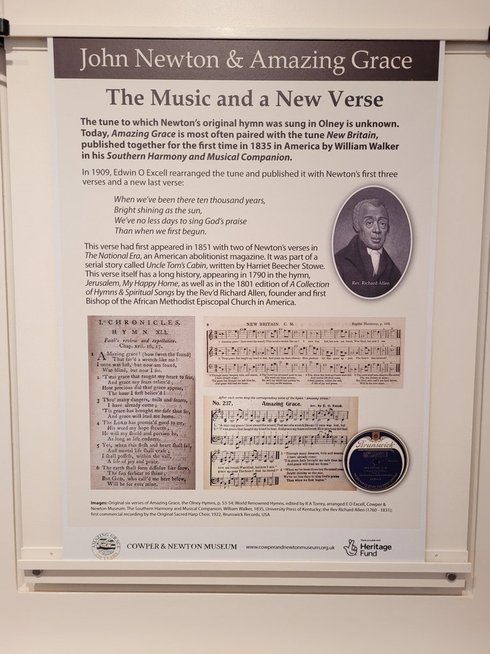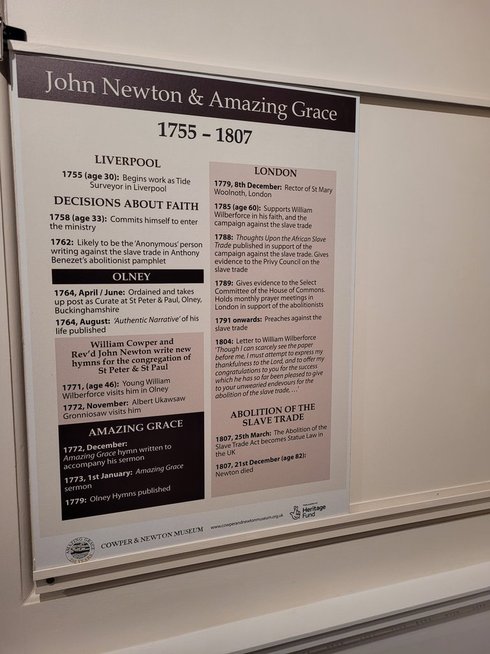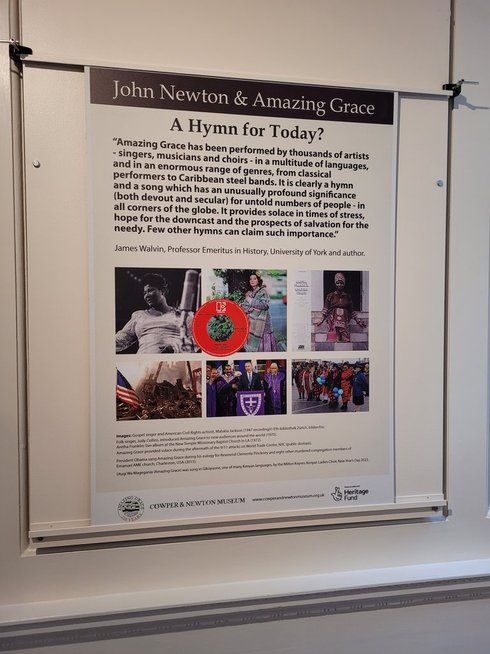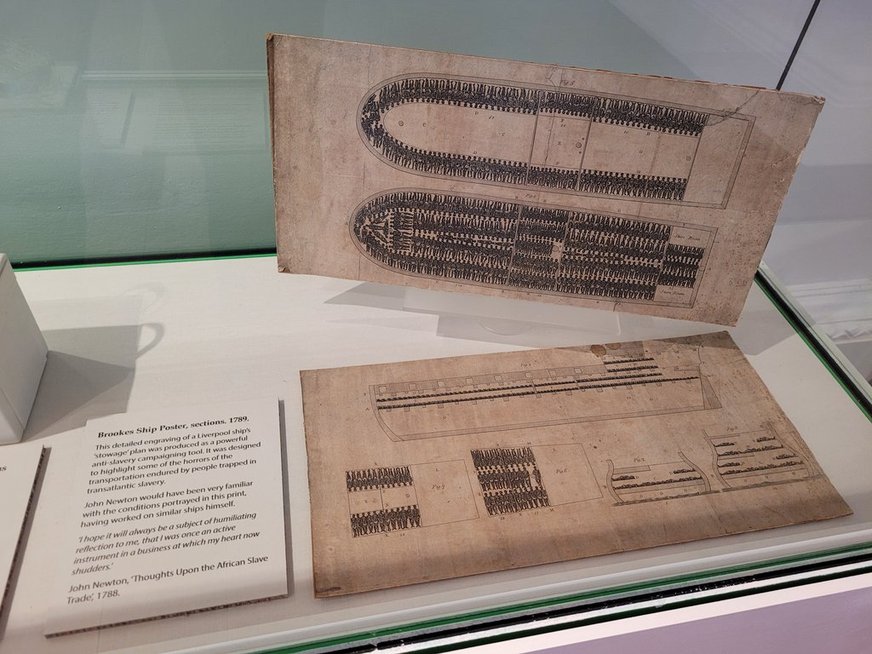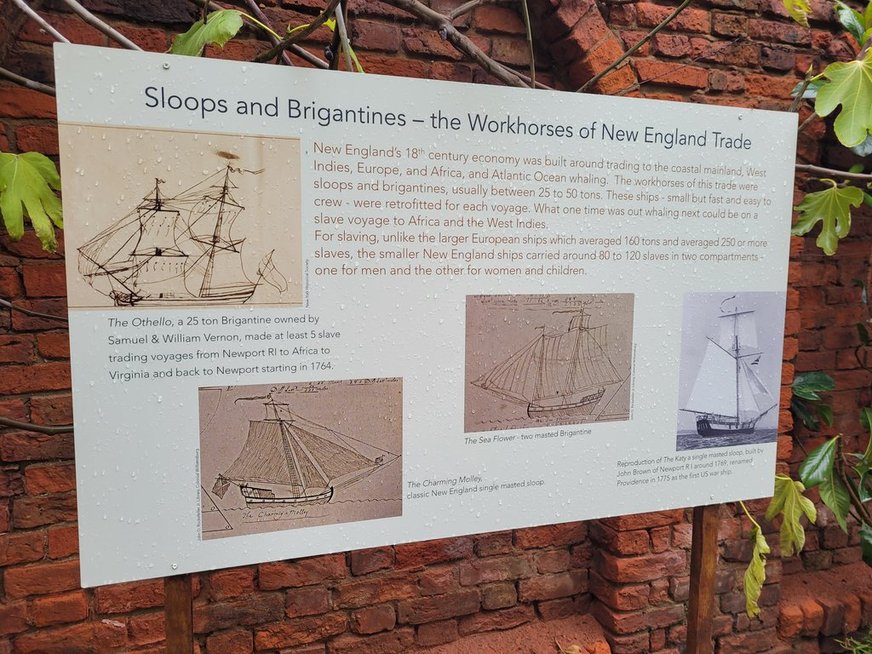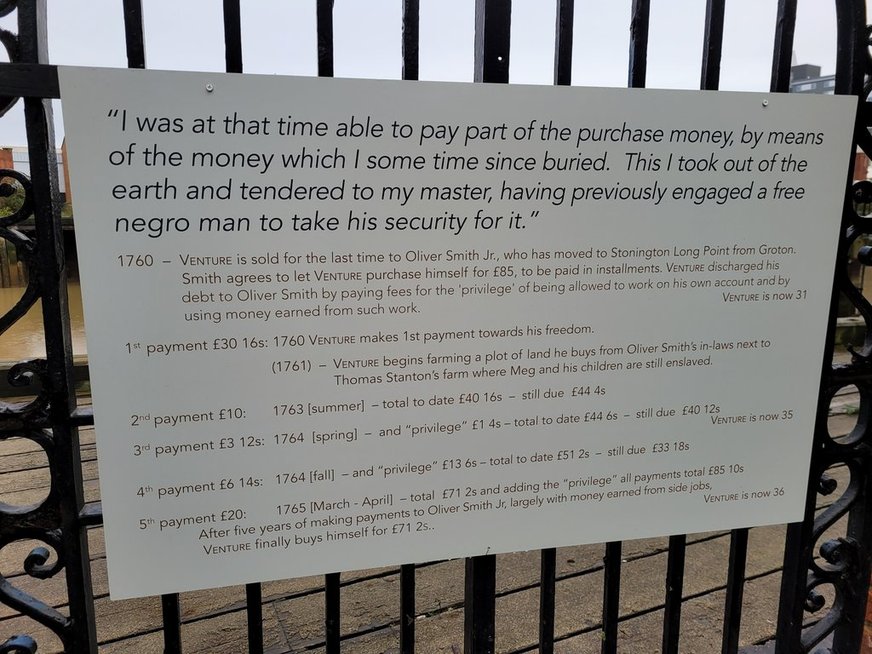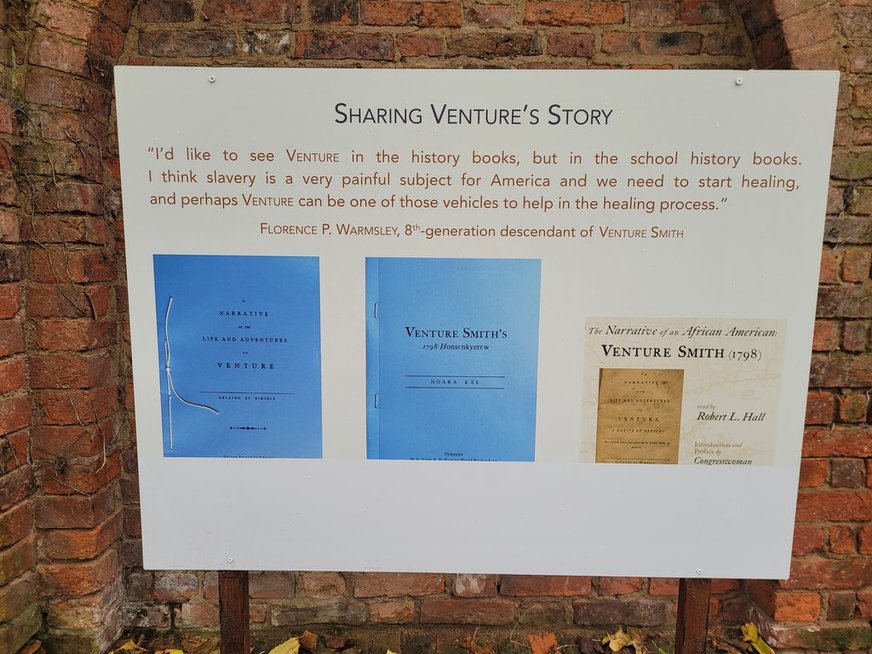Orions exude AFFLUENCE and INFLUENCE. Think Denzel Washington in Gladiator II; plenty of rings, plenty of bling. Expensive designer clothes. luxuries, domiciles and transport. They smell of WEALTH and SUCCESS is the currency of influence. It's not what you know it's who owes you and is in your pocket. Orions of FACILITATORS taking products and services provided by, or taken from, others and Orions sell them to the highest bidder. Like a cross between Jay-Z and the other top businessmen, crossed with influencers and contestants from The Apprentice. In an 'age of no-want', criminal gangs need to provide wat you cannot get with all the replicators and superior medicines. Virtually risk-free narcotics, that are designed to prevent overdose or negative mental/physical side effects. What are the ethics of this? Temporary Vulcan/Betazoid-like abilities of empathy or linked minds, cognitive enhancers; getting something exclusive or expensive to have. Eugenics, anti-aging technology and life extenders. Immortality, bestabilities and the best highs: these are what keep the Orion Syndicate in business. Illegal biotech, cybernetics, alien artifacts and technologies, organic technology, nanotech: these are the things law-abiding citizens are prepared to overlook in the pursuit of happiness. The ancient civilisation collapsed due to narcotics and in-fighting over their life of pleasure. Like the Chinese after being delibertely addicted to opium by the British Empire; their civilisation of Orion took years to recover. The Orions are using their ancient knowledge of narcotics and medicine to build a shadow empire across the Alpha and Beta Quadrants, across all borders and nations. This acient Orion medical technology allows for the development of anti-aging tech (like Mudd's Women) and designer drugs for pleasure and enhancement. As Orion isn't part of the Federation, strictly speaking the restrictive laws don't apply.
The planet Orion was once a highly advanced civilization. The culture reached the same heights that the United Federation of Planets enjoys today. The society then rotted from within with the rise of the criminal cartels and their powerful influence. The need for narcotics, black market goods and prostitution, coupled with the social acceptance of these things as the norm, helped combine to topple the government in an invisible coup. The Orion Syndicate took over the running of the planet and its satellite colonies as its own shadow empire, with the President and government of Orion as the legitimate, public face of the Syndicate. The quest for the Orion government for neutrality and denial of involvement in the pirate operations of the Orion Syndicate was a smokescreen to cover for the operations of the cartels. The sheer wealth of the Orion Syndicate, combined with their influence across all borders, has given them an almost unparalleled power and influence to transport their goods and trades to anyone and anywhere they want. With the fall of the Neutral Zone and the troubles in the Klingon Empire since Praxis, the Orion Syndicate finally has access to what Starfleet and the Federation Council dreaded all along: Klingon mercenaries and black market weapons. This allows Bird of Prey traders and heavies to protect the Orion operations. This is an entirely different problem for the Federation and Starfleet.
Orion III is a paradox: a paradise built on exploitation, a utopia for the powerful, and a trap for the unwary.
This is the Inside War that has gone on from before the formation of the Federation up to today. With the Orion system located near the heart of the Federation, it is in a position of neutrality that can't be deterred by a neutral zone or military force. The Orion government is a legitimate body with a functional society with a university with a strong reputation and plenty of leisure resort destinations. The Orion Syndicate, the smuggling, trafficking, narcotics, gambling and prostitution are all the darker underbelly of the Orion civilisation. This is a functioning narco-state with a puppet-President and corruption running through all state organs including the police and military. Whilst the Orion government insists their freighters are all legitimate and that the drug barons are all under pressure, the truth is none of that is true. The Syndicate sends millions of tonnes of drugs and contraband out by freighters and merchantman ships every day. The \orion \\syndicate is very much a shade of grey, or green. Used by the Klingons, Romulans AND the Federation as go-betweens for spies, intelligence gathering and sneaking items over borders. Certain infractions were therefore 'overlooked' as payment for this service, for National Security purposes.
Orion. A neutral planet. A hub for the transportation of freight for the Federation, Klingon Empire and many other nations, since the days of the Earth Starfleet. Used as a staging post for the logistical supply chain to grow the colonies of Earth. The then-unknown Orion Syndicate used this logistical bloodstream to spread and grow their organisation; they seeded their operations into the fledgling Earth - and later Federation - colonies. The freight distribution facilities on Orion are vast, automated and have only a small number of Orions that maintain equipment, fix faults, and provide security. The ready availability of this vast distribution hub made it the go-to place for Starfleet, the Klingons and many other nations for trade and transferrance. The neutrality of Orion has served it well to allow freighters from ALL nations to use their port. It also serves the Orion Syndicate equally as well. They've been sown into the fabric of the Federation, right from the very start.
 Orion itself is a world that is 99% legal with just the 1% that is the Orion Syndicate. The Orion Syndicate is the cancer that hides in the underworld and alleyways of Orion. Famed for it's medical science, university and Adashake Centre, Orion is a beautiful world with a lack of sand. Despite the apparent lack of beaches, the planet promises exotic food and a culture that is old and as beautiful as the architecture. A world of ornate gardens, topiary and sandy-coloured buildings, Orion is the crossroads for much of the traffic across the central region of the United Federation of Planets. The cities are glitz and neon, with casinos, clubs, restaurants and brothels to satiate the most extreme desires. The cuisine and culture is exotic, attracting the teenagers of the Federation to explore and enjoy to the fullest.
Orion itself is a world that is 99% legal with just the 1% that is the Orion Syndicate. The Orion Syndicate is the cancer that hides in the underworld and alleyways of Orion. Famed for it's medical science, university and Adashake Centre, Orion is a beautiful world with a lack of sand. Despite the apparent lack of beaches, the planet promises exotic food and a culture that is old and as beautiful as the architecture. A world of ornate gardens, topiary and sandy-coloured buildings, Orion is the crossroads for much of the traffic across the central region of the United Federation of Planets. The cities are glitz and neon, with casinos, clubs, restaurants and brothels to satiate the most extreme desires. The cuisine and culture is exotic, attracting the teenagers of the Federation to explore and enjoy to the fullest.
Orion and Orion III: worlds of contradictions; whilst they are home to the Orion Syndicate criminal organisation, they're also the two worlds with the repuation for the best casinos, bars and clubs in the Beta Quadrant. Being a neutral world with a criminal syndicate behind it means that the clubs and bars can get the best contraband drinks, drugs, trafficked or kidnapped people as 'hosts' or 'dancers'. Nothing is off-limits on these worlds and the popularity of the party scene at the highest levels keeps the law at bay in the Orion sector. Officially, it's off-limits. The mix of drink, drugs, sex, music and dancing means that the Orion sector has a reputation of playing harder than anywhere else. The music scene on Orion tends to set the trend for the rest of the quadrant. Famous clubs like 'Warp', 'Singularity' and 'Pulse' have been the go-to scene for Federation teenagers for decades. Despite warning from the Federation Council. nothing seems to deter the youth of the Federation from this playground with no rules. In the clubs pills, drinks, powders and balloons of gas are all available to get that high to enjoy the night with more. The need of all species are catered for, with designer drugs made in high-tech laboratories to get the desired mindstate. Cutting edge drugs even cross the boundary into telepathy and tele-empathy thanks to drugs that mimick the action of telepathic neurotransmitters. Despite the hazard of hearing the thoughts of thousands in the club without any training - a possible mind-breaking experience - the drugs are highly popular. It's typical to see Federation revellers on Orion with up to a dozen wristbands for the clubs for access, as well as stamps on the back of the hand or wrist to allow re-admittance. This can add a technicolour fashion accessory to the attire of the clubbers. It's not uncommon to go from hotels or casinos straight to the clubs to spend the winnings.
Orion and Orion III are like a mix of Dubai, Las Vegas, Amsterdam, Ibiza, Turkey and Bangkok: advanced pleasures and sky scrapers with seedier sides kept hidden away. The party, drug and sex culture is massive on Orion worlds; this appeals to younger visitors wanting the pleasures and to experience new things. The medical technologies, alien mRNA, nanotechnology and anti-aging or immortality tehnology appeals to the older generations, wanting to live beyond their years. Youngsters want sexual, appearance and cognitive enhancers: wanting to be better than the best of what they can be. Being able to get into advanced univerisites or Starfleet by boosting their abilities beyond what they had. Orion Syndicate Sicarios also use this technologies to be better at their jobs as assassins. Orion I has the old ruins, government buildings and the face of respectability, along with bars, beaches, pools, clubs, spas, medical facilities and all the pleasures one could want for a top-flight holiday destination. All about offering what the UFP can't, or won't. Whilst the Federation will recify an injury, they won't enhance abilities. The Orions will. Pharmaceuticals creating temporary empathic or telepathic abilities are the top of the narcotic trade. Why wonder about the secrets of others when a pill or injection of alien neurotransmitter or mRNA can give you telepahy for an hour. Risks without the usual Vulcan or Betazoid training can include paranoia, insanity or death - especially with overuse. Popular with criminals or the curious/nosy.
The Orion Syndicate & the Klingon Neutral Zone: A Criminal Goldmine
1. Smuggling & Black Market Trade
The Neutral Zone, long a buffer between the Federation and the Klingon Empire, is riddled with unmonitored corridors and decaying outposts—perfect for illicit trade routes.
The Syndicate uses cloaked freighters and bribed border agents to move contraband, including:
Klingon disruptors and surplus war tech
Federation medical supplies and nanotech
Exotic narcotics and pheromone enhancers
These goods are sold to warlords, pirates, and rogue colonies, with both sides turning a blind eye to avoid diplomatic fallout.
2. Intelligence Brokering
The Syndicate thrives on information warfare. By embedding operatives in Neutral Zone outposts, they intercept transmissions, monitor fleet movements, and sell intel to the highest bidder.
Klingon factions use Syndicate channels to spy on rivals, while Starfleet occasionally buys back its own leaked data.
This manipulation keeps tensions simmering—just hot enough to justify Syndicate presence, but not enough to trigger war.
3. Genetic & Biotech Exploitation
The Syndicate has been known to traffic in Metar organic technology, using Neutral Zone labs to conduct illegal experiments far from Federation oversight.
Klingon warriors seeking enhancement or healing from Praxis fallout are lured into bio-forging clinics, where Syndicate scientists offer unregulated treatments—for a price.
These clinics double as recruitment hubs, turning desperate Klingons into loyal enforcers.
4. Weaponizing Peace
As the Neutral Zone dissolves post-Star Trek VI, the Syndicate positions itself as a broker of stability—offering “security” to border colonies and trade hubs.
They manipulate peace talks by funding extremist groups (like the Linekeepers) to sow distrust, then offer protection from the chaos they helped create.
This tactic mirrors real-world protection rackets: create the threat, then sell the solution.
5. Cultural Manipulation & Vice
Orion III and its satellite pleasure stations near the Neutral Zone become cultural magnets for Klingon youth disillusioned with tradition.
The Syndicate floods these zones with entertainment, narcotics, and identity-shifting tech, eroding Klingon cultural cohesion.
This soft power destabilises Klingon unity, making the Empire more susceptible to Syndicate influence.
In short, the Orion Syndicate doesn’t just profit from the Neutral Zone—they engineer its instability, turning a geopolitical fault line into a playground for power, profit, and manipulation.
Author's notes:
With Star Trek: The Interim Years wanting to address modern issues, there was no way that the issue of global criminality, trafficking, modern slavery and narcotics couldn't be missed out. The Orion Syndicate organisation had been introduced in Star Trek: Deep Space Nine,ironically never featuring any Orions. Orions were then featured in later Star Trek series and movies. Here it allcomes togather with the people and the organisation, sensitively and honestly depicted to not lionise, excuse or glamorise criminality. The stories for ST: Underworld will flesh out the Orion Syndicate. This is a different kind of Star Trek threat: insidious and omnipresent; nowhere is safe. Nowhere. This would be a rated 18, gruesome and violent threat, killing in horrific ways to make a point. In a universe without money, criminality is all about power and influence. This criminality crosses astro-political lines, from nation to nation, irrespective of border or neutral zones. Through recruitment, intimidation, coercion or blackmail the Syndicate has agents for operations in all areas of the Federation and elsewhere. At the same time, I needed to show the attraction of the Orions; why does this self-evidently dangerous world exist with cruel criminality, yet the Federation hasn't crushed it. The answer is, there is a need for it for the youth: a place to party and break the usual rules. Like Americans going for Spring Break in Cancún, Mexico, they're getting away from their parents to lose their minds and find themseles in the clubs and parties on Orion. The Syndicate will be happy that all the wealth and potential comes to Orion. People are people are people: people will seek out what they enjoy and the spice of doing something forbidden, or even illegal, just makes the high that bit more worth it.
 The Orion nation, like the Klingons, Vulcans etc. needs to avoid becoming a homogenous one-role people. The Syndicate is a criminal organisation like the Russian Mafia. Like the mafia, it's not the defining trait of the Russian people. The Orions have one of the most extensive cargo distribution facilities in the Alpha or Beta Quadrants. Like Felixstowe, Shanghai, Dubai, Dalian, Los Angeles or other intermodal container ports around the World, Orion has a vast continental-sized complex of automated container transports and transporters. The lean-manned port has enough Orions, in their utilitarian branded jumpsuits, to tamper with the containers on the behalf of the Syndicate. Given the millions - or billions - of containers that are transferred ever hour of ever day, it's impossible to track the contents of every single item in every container. I wanted to give the Orions a reason to be the main freight artery from Earth to Orion and then onto the Rigel colonies and Deneva. The Star Trek Star Charts book by Geoffrey Mandel shows Orion to be this direct freight route. If all they were was pirates and the Syndicate then the Federation would never use the system and blockade them. Instead it's this indispensible freight distribution hub through which pretty much ALL freight comes through - more then likely as they have a giant port which means the other planets can be developed for colonists etc. It makes for a species that's not homogenous and can actually have members that join Starfleet (like in the Star Trek movie in 2009) and not just be the villain of the week.
The Orion nation, like the Klingons, Vulcans etc. needs to avoid becoming a homogenous one-role people. The Syndicate is a criminal organisation like the Russian Mafia. Like the mafia, it's not the defining trait of the Russian people. The Orions have one of the most extensive cargo distribution facilities in the Alpha or Beta Quadrants. Like Felixstowe, Shanghai, Dubai, Dalian, Los Angeles or other intermodal container ports around the World, Orion has a vast continental-sized complex of automated container transports and transporters. The lean-manned port has enough Orions, in their utilitarian branded jumpsuits, to tamper with the containers on the behalf of the Syndicate. Given the millions - or billions - of containers that are transferred ever hour of ever day, it's impossible to track the contents of every single item in every container. I wanted to give the Orions a reason to be the main freight artery from Earth to Orion and then onto the Rigel colonies and Deneva. The Star Trek Star Charts book by Geoffrey Mandel shows Orion to be this direct freight route. If all they were was pirates and the Syndicate then the Federation would never use the system and blockade them. Instead it's this indispensible freight distribution hub through which pretty much ALL freight comes through - more then likely as they have a giant port which means the other planets can be developed for colonists etc. It makes for a species that's not homogenous and can actually have members that join Starfleet (like in the Star Trek movie in 2009) and not just be the villain of the week.
It took until Gaila in the JJ-verse and D'vana Tendi in Star Trek: Lower Decks for the Orion people to become main characters in Star Trek, Indeed Tendi is a lead character. Hopefully she will become a source of canon information for the people and culture. The first episode, Second Contact, provided information such as she has never seen sand (strange since the action of wind and water on rock, or sculpting of rock, would produce sand of some type). Curious. The Adashake Centre seems to be a sandstone ornate square with trees, flowers and sandstone columns. This suggests a functional civilisation with the Syndicate hiding away in the shadows. Rather like the Triads, Yakuza or Russian Mafia. In some respects, it can be hard to tell the difference, on the surface, between a successful corporation and a criminal organisation. The Japanese Yakuza make a good prototype for the Orion Syndicate; eloquence, finery, honour, tattoos and piercings disguise the viscious, sadistic, vengeful nature of the Syndicate. Thugs in fine clothes. Traditional Japanese bonsai and values can provide a basis for Orion culture and society; gaudy neon skyscrapers match effortlessly with traditional buildings from another era. What is viewed by the outsider as slavery, could be like the geisha: a far more complicated tradition. Tea ceremonies, bars and business loyalties are alongside the equally ancient Orion Syndicate. There are loyalties in the Orion culture that are every bit as important as those in Klingon or Japanese culture. Star Trek: Lower Decks also called into question the 'pheromone' storyline of ST: Enterprise 'Bound'. This was introduced to reverse the image of green women seen as objectified mysogynistic imagery; which is exactly what it was. The pheromone storyline changed this from one form of unacceptable bias to another: that men could be controlled by chemicals. In the Interim Years, ;ve settled on successful business acumen being the reason for success rather than genders.
The Orion culture is one of extremes: extreme pleasure and enjoyment on the one side, and vicious, cruel, greedy ciminality on the other. Orion Prime and Orion III are known for their parties and raves, with Orions offering escorts, drugs, drinks and the best music and DJs for a mind-blowing experience. Indeed, some of their drugs mimic the abilities of Betazoids or Deltans, expanding the mind and offering an eperience that non-empaths or telepaths can have. These Orion worlds are like Ibiza, Monaco, Dubai, Las Vegas, Rio de Janeiro and Berlin all in one. Criminal cartels are never far away from the clubbing and gambling culture. The 'Warp', Singularity' and 'Pulse' nightclubs of Orion are based on legendary Ibiza nightclubs of the late-80s like 'Amnesia' and 'Space'; the trendsetters for the Second Summer of Love in 1988 that created the Rave culture that made the 1990s. As with that period of music, drugs will play a major role in the popularity of Orion - the Federation is very much anti-drugs and Orion neutrality can be played to the fullest. Psi abilities can be mimicked by designer drugs and the risks of suddenly being able to do so will be very real. The 21st Century drug experiences of LSD, coccaine, heroin and marijuana will be left behind by what the supersciences of the 23rd Century will be able to achieve. Then comes the big debate: if a drug is created with few negative side effects except to zone peope out in nirvana, should it be banned? The other question: if a drug made you able to read minds for a few minutes or hours, would you take it, despite the risks? This is where a tab or tablet of a 'legal high' gets classed like alchohol: an 'acceptable' drug, unlike weed or even tobacco today. Remove the loss of control, cold turkey or hangover, the drug might even be desireable.
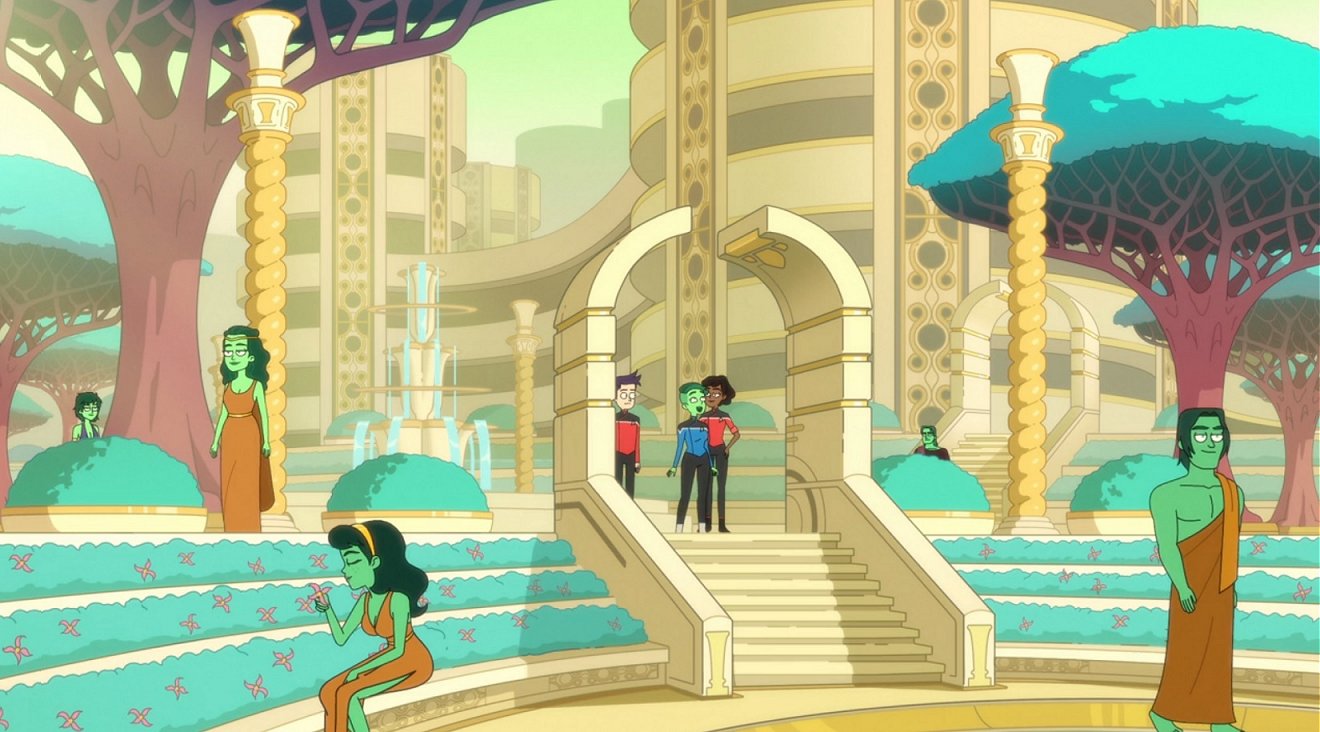
The Orion Syndicate. The Syndicate princes have their own space yachts that are as impressive in size as they are facilities. The yachts are the size of light cruisers with all of the luxuries of a much larger pleasure cruiser; except this is all for one or two individuals to enjoy as they're pampered by their crew as they run their Syndicate operations. The yachts are as fast as Excelsior and have the firepower of a Miranda class starship. The Orion Syndicate has a strong presence in the Rigel colonies and Deneva, as well as the myriad backwater colonies that were set up in haste in the early days of Earth Starfleet expansion that have now exhausted their dilithium and other minerals. The Syndicate is the ultimate opportunist for a downturn in fortune. The Orion Syndicate traditionally recruits those seen in historical times as being of the lowest outsider class; an inherited disadvntage. The tattoos, visible only under ultraviolet light, start with the syndicate affiliation tattoo whch is earned initially. The new member is 'witnessed in' by an existing member. The tattoo shows the permanent loyalty henceforth of that individual to the syndicate. Further accomplishments are celebrated by additional tattoos. Loyalty and respect are as important to the Syndicate as it is to Klingons or Japanese society. Earning income through protection, intimidation or hustle is merely seen as continuing atradition from ancient times. The Orion Syndicate, politically, is like a lobby group, intimidating both corporations and political parties until they get policies that are favourable to the Syndicate. The Syndicate is thought to be structured around a family boss (who themselves answer to the Godmother), under them is the Administrator, First Lieutenant and Second Lieutenant. Under the Administrator is a legal adviser and an accountant. Under the rest are so called big brothers and little brothers that act on the bosses authority via the lieutenants.


Orions are green-skinned cartel traders. Shades of green vary from pale green to olive to darker shades of emerald. They are honourable as far as a trade deal goes, unless there is a bigger deal to be made. Orion males tend to have body piercings and bolts screwed into their heads as decoration. The Orion Merchant prince tends to dominate the blackmarket trading in an area, with the rivals usually being `persuaded` to move on or simply vanish. This is commonly done by selling Orion females on the Orion slave market. Orion success is based more on the business acumen of the male - or female - Orion. This can lead to them becoming a Street General.
In modern history, the Orion Syndicate has increased its presence from traders and black marketeers to piracy and now insurgency into Federation society and government structures. Historically the Orions were addressed with patrol ships and occasional encounters with Pike, Kirk and other captains of explorer starships. The issue, like the Mexican-US border, has now increased to the point where Starfleet has to allocate a sizable amount of available resources to address the issue. By 2293, with the Klingon Houses now ensnared by the Orion shadow empire, Starfleet has increased their Borderland task group to include an Ascension class light dreadnought flagship, an Athabasca class assault ship, Lexington class command cruiser, Belknap class cruisers, Akula class defenders and an abundance of Okinawa class frigates. All of these are supplied with information from Monitoring stations, probes, drones, along with Antares class AWACS, Endurance class, Trista, Kestrel and Phantom class ships. The truth simply is that the Orions can cross into Federation space and hide amongst the vast numbers of legitimate traders, merchantmen and freighters. There aren't enough starships to follow up every incursion and lead.
An example is the colony of Asimia IV, which was a major dilithium colony in the 22nd and 23rd Centuries. It was a part of the Great Dilithium Rush and helped to build Earth Starfleet from the ground up and establish colonies out into the Alpha and Beta Quadrants. The dilithium was exploited with no big concern for the environment in this planet that was largely untouched forests and oceans. The dilithium has now largely run out, reducing this colony to a Federation backwater and a place where the children and young adults feel there is no future beyond building towns and families. The Orions make this backwater feel important again, redirect supplies their way and provide the entertainment and excitement that the younger people seek. It allows the Orion Syndicate to have a world in which they can launder their finances and blackmarket trades; it's a stopping off point before taking their trade deeper into the Federation. The loss of status of a world or nation is an opportunity for the Orion Syndicate.
The Tabula Rasa Campaign has been a useful piece of Orion history. Not only did the Syndicate gain advanced technology from their encounters with the Taubat and Metar, they also gained 'dirt' on the three Beta Quadrant governments that were involved in the campaign. Questionable activities had been done on all sides, and the Orions would use this information to compromise and coerce, getting their own plants into Starfleet and various government agencies of the Federation, Klingon and Romulan Empires. Starfleet Security, Starfleet Intelligence, Section 31 have all tried to place agents within the Syndicate. The Syndicate might have agents, or double agents, in the intelligence agencies of the three governments. With agents from one or more intelligence agency are embedded in the Syndicate. The questions are: WHO has been TURNED by the Syndicate? Who is still RELIABLE? How much does the Syndicate know about those people planted in their organisation? Do they MANIPULATE these embedded agents? Are the agents being USED by their OWN side? By BOTH sides? This is a grey area with the ends being used to justify the means, in order to compromise the Syndicate. How much do the agents know about each other, if at all? How much do they help or sabotage each other? How much do their own spy masters confound them in order to maintain a useful Syndicate that they can use for cross-border missions? How much do the spy agencies want to be seen fighting the Syndicate, without actually harming the useful aspect that it has? How many spymasters are themselves turned or compromised, and don't want the Syndicate actually harmed at all?
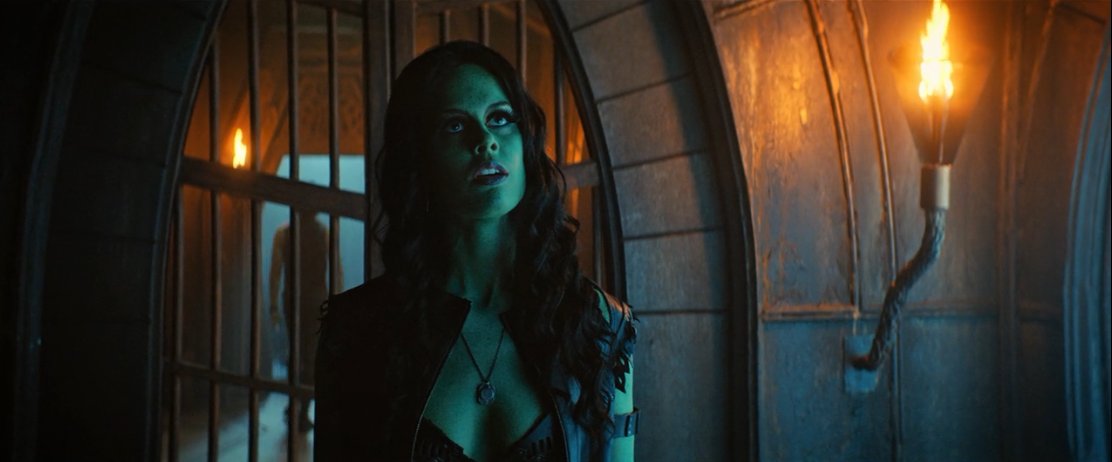
Author's Notes:
This is a darker aspect of Gene Roddenberry's Star Trek universe. The Orion Syndicate was found mostly in Star Trek: Deep Space Nine, where the darker more adult nature of the Syndicate could be explored. This was never covered in the more family-friendly Next Generation series. Star Trek: Enterprise finally brought the Orions back in their green form and JJ Abrams' Kelvin-verse Star Trek movies have built upon having the Orions. Star Trek Discovery brought a more grounded look to the Orions in keeping with the original make-up image on Majel Barrett for the Star Trek pilot episode The Cage.
The Orion Syndicate is a failed state, like Somalia, Colombia and Mexico taken that step further. This is a modern democracy like the Federation that has fallen to the darkness of criminal cartels that deal in narcotics, trafficking, prostitution, gambling, slavery and black market trading. Orion is a puppet government propped up by the Cartels as the legitimate face of the Syndicate. Starfleet has to respond more robustly to this threat that the Klingons or Romulans. The Orion Syndicate has a reach inside the Federation. To cross the Syndicate is to put you, your colleagues, family and friends in danger, no matter where they are. This is not the exploration of new worlds and first contact with new civilisations, this is dealing with a criminal threat to the fabric of Federation society. Especially on the frontier colonies, the Orion Syndicate has a presence. Giving the lonely, poorly-supplied colonists equiment, food, drugs, gambling and prostitutes to alleviate the homesickness and lonliness of remote backwater space. The Orions do this to gain favours and spread their shadow empire into the Federation. Starfleet Tactical, Starfleet Security, Starfleet Intelligence and Section 31 all deal with the Orion threat.
The back story of Tasha Yar showed that there are still drugs in the Star Trek universe for recreational use. No matter where you go, whether it be islamic countries in the Middle East or remote towns in Canada or Russia, drugs like marijuana are present, especially in young adult and teen ages. I see replicators as having security systems to stop the creation of illegal drugs, however the Orions will bring in the real thing. For young adults, a colony is seen more as a boring picturesque prison than an opportunity. Drugs, gambling and prostitution gives them escapism and excitement from working your way round the dozen-or-so jobs in the colony townstead.This is a very real-world issue shown in the context of the Star Trek universe. Even in Paradise, there are temptations. Just ask Eve.

 Sources:
Sources:
Star Trek: The Cage
Star Trek: Whom Gods Destroy
Star Trek: What Are Little Girls Made Of?
Star Trek: Journey to Babel
Star Trek: The Menagerie part 2.
Star Trek TAS: Time Trap
Star Trek TAS: Pirates of Orion
ST: DS9 - honour Among Thieves
ST: DS9 - Little Green Men
ST: DS9 - Call to Arms
ST: DS9 - Prodigal Daughter
ST: DS9 - The Ascent
ST: ENT - Horizon
ST: ENT - Borderland
ST: ENT - Bound
ST: DSC - Will You Take My Hand
ST: Short Treks - Escape Artist
ST: PIC - The End is the Beginning
ST: PIC - The Next Generation
ST: LDS - Second Contact
ST: LDS - We'll Always Have Tom Paris.
ST: LDS - Mugato, Gumato.
ST: LDS - Hear All, Trust Nothing.
ST: LDS - Something borrowed, Something Green.
ST: LDS - Old Friends, New Planets.
ST: LDS - Shades of Green.
ST: SNW - Those Old Scientists.
Star Trek V: The Final Frontier.
Star Trek (2009)
Star Trek into Darkness
Star Trek Beyond
Star Trek: The Art of Neville Page by Joe Nazzaro (2023)
Star Trek: Vanguard series of novels by David Mack, Dayton Ward and Kevin Dilmore.
ST: Lost Era - Well of Souls by Ilsa J. Blick.
Black Sails
Power 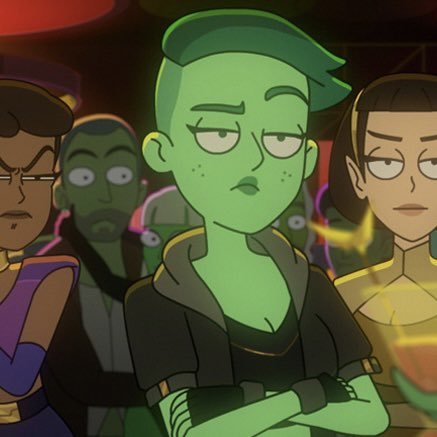 Power Book II: Ghost
Sopranos
The Godfather
The Godfather Part 2
The Godfather Part 3
The Shield
Gotham
Daredevil
Daredevil: Reborn
The Penguin
Narcos
Narcos: Mexico
Blackhawk Down
Tulsa King
Mobland
The Fire Next Door: Mexico's Drug Violence and the Danger to America by Carpenter, Ted Galen
McMafia: Seriously Organised Crime by Misha Glenny
Dark Market: How Hackers Became the New Mafia by Misha Glenny
Drug Wars: The terrifying inside story of Britain's drug trade by Neil Woods, J S Rafaeli.
Shadow Markets: The counter-economy in the UK by Brian Bladen.
The Cartel: The Inside Story of Britain's Biggest Drugs Gang by Graham Johnson.
Young Blood: The Inside Story of How Street Gangs Hijacked Britain's Biggest Drugs Cartel by Graham Johnson.
Hack: Sex, Drugs, and Scandal from Inside the Tabloid Jungle by Graham Johnson.
Narcomania: A Journey Through Britain's Drug World by Max Daly, Steve Sampson.
The Oligarchs by Daid E. Hoffman.
Londongrad: from Russia with cash, the inside story of the oligarchs by Mark Holingsworth and Stewart Lansley.
The Big White Lie by Michael Levine.
Gangland Britain by Tony Thompson.
Gangs by Tony Thompson.
Power Book II: Ghost
Sopranos
The Godfather
The Godfather Part 2
The Godfather Part 3
The Shield
Gotham
Daredevil
Daredevil: Reborn
The Penguin
Narcos
Narcos: Mexico
Blackhawk Down
Tulsa King
Mobland
The Fire Next Door: Mexico's Drug Violence and the Danger to America by Carpenter, Ted Galen
McMafia: Seriously Organised Crime by Misha Glenny
Dark Market: How Hackers Became the New Mafia by Misha Glenny
Drug Wars: The terrifying inside story of Britain's drug trade by Neil Woods, J S Rafaeli.
Shadow Markets: The counter-economy in the UK by Brian Bladen.
The Cartel: The Inside Story of Britain's Biggest Drugs Gang by Graham Johnson.
Young Blood: The Inside Story of How Street Gangs Hijacked Britain's Biggest Drugs Cartel by Graham Johnson.
Hack: Sex, Drugs, and Scandal from Inside the Tabloid Jungle by Graham Johnson.
Narcomania: A Journey Through Britain's Drug World by Max Daly, Steve Sampson.
The Oligarchs by Daid E. Hoffman.
Londongrad: from Russia with cash, the inside story of the oligarchs by Mark Holingsworth and Stewart Lansley.
The Big White Lie by Michael Levine.
Gangland Britain by Tony Thompson.
Gangs by Tony Thompson. 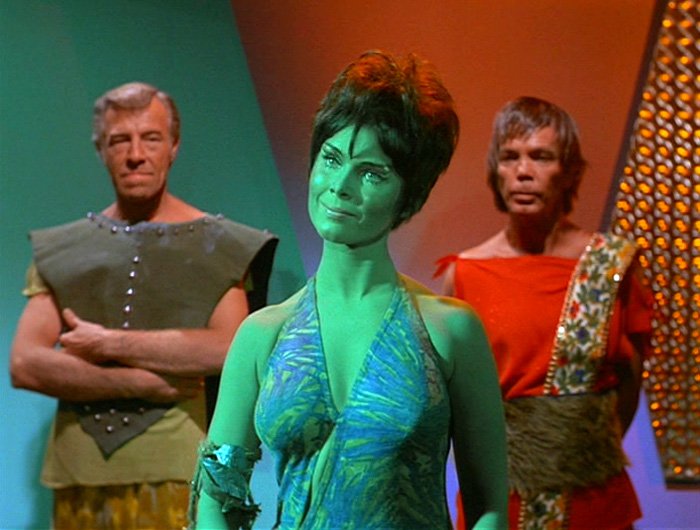 Gang Land by Tony Thompson.
The Dark Net by Jamie Bartlett.
Yakuza: Japan's Criminal Underworld 25th Anniversary Edition by David E. Kaplan and Alec Dubro.
Life After Dark: A History of British Nightclubs & Music Venues by Dave Haslam (2015).
Nocturnal Admissions: Behind the Scenes at Tunnel, Limelight, Avalon, and Other Legendary Nightclubs by Steve Adelman & Anthony Haden-Guest (2022).
Clublife: Thugs, Drugs, & Chaos at New York City's Premier Nightclubs by Robert "Rob the Bouncer" Fitzgerald (2009).
Clubland: The Fabulous Rise and Murderous Fall of Club Culture by Frank Owen (2003).
Adventures In Wonderland: Acid house, rave and the UK club explosion by Sheryl Garrett (2020).
Out Of Space (Revised and Expanded): How UK Cities Shaped Rave Culture by Jim Ottewill (2024).
Rave On: Global Adventures in Electronic Dance Music by Matthew Collin (2018).
Party Lines: Dance Music and the Making of Modern Britain by Ed Gillett (2023).
Rave New World: Confessions of a Raving Reporter by Kirk Field (2023).
The Power of Dissociatives: Learn About Ketamine, PCP, DXM, Nitrous Oxide, MXE, 3-MeO-PCP, and Salvia Divinorum and Their Impact on Mental Health, Society, ... (Journey into the Psychedelic Mind) by Terence Wright (2023).
The Second Summer of Love: How Dance Music Took Over the World by Alon Shulman (2019).
Chasing Shadows: A true story of the Mafia, Drugs and Terrorism by Miles Johnson (2023).
Monster: The Autobiography of an L.A. Gang Member by Sanyika Shakur (2022).
Thug Life: The True Story of Hip-Hop and Organized Crime by Seth Ferranti (2023).
3 Kings: Diddy, Dr. Dre, Jay-Z, and Hip-Hop's Multibillion-Dollar Rise by Zack O'Malley Greenburg(2018).
Empire State of Mind: How Jay Z Went from Street Corner to Corner Office, Revised Edition by Zack O'Malley Greenburg & Steve Forbes (2015).
Hustle Harder, Hustle Smarter by 50 Cent (2020).
The 50th Law by 50 Cent and Robert Greene (2010).
The Supreme Team: The Birth of Crack and Hip-Hop, Prince’s Reign of Terror and the Supreme/50 Cent Beef Exposed by Seth Ferranti (2012).
Shooters: Guns and Gangs in Manchester in the Twenty-first Century by Ben Black (2012).
Fentanyl, Inc.: how rogue chemists are creating the deadliest wave of the opioid epidemic by Ben Westhoff (2019).
Gorilla Convict: The Prison Writings of Seth Ferranti by Seth Ferranti (2022).
Washington DC Hitman - Wayne "Silk" Perry by Seth Ferranti (2015).
Rayful Edmond: Washington DC's Most Notorious Drug Lord by Seth Ferranti (2013).
Crack, Rap and Murder: The Cocaine Dreams of Alpo and Rich Porter by Seth Ferranti (2015).
Street Kings of Miami - Boobie Boys by Seth Ferranti (2015).
Redemption: The Last Testament of Stanley Tookie Williams, Gang Leader Turned Nobel Prize Nominee by Stanley Tookie Williams (2012).
My Infamous Life: The Autobiography of Mobb Deep's Prodigy by Albert "Prodigy" Johnson (2011).
Fast Eddie: My 20 Years on the Run as Britain's Most Wanted Man by Eddie Maher (2017).
Operation Playboy: Playboy Surfers Turned International Drug Lords - The Explosive True Story by Kathryn Bonella (2018).
Snowing in Bali: The Incredible Inside Account of Bali's Hidden Drug World by Kathryn Bonella (2012).
Hotel K: The Shocking Inside Story of Bali's Most Notorious Jail by Kathryn Bonella (2011).
The Opium War: Drugs, Dreams and the Making of China by Julia Lovell (2011).
Miss Bangkok: Memoirs of a Thai Prostitute by Bua Boonmee (2011).
Confessions of a Pattaya Bar Manager by Simon Los and Ben Elmore (2022).
Ladyboys: Inside the Secret World of Thailand’s Third Sex by Susan Adous and Pornchai Sereemongkonpol (2011).
Angels of Pattaya: The sex trade in Pattayaby GT Gray (2012).
Fishers of Men - The Gripping True Story of a British Undercover Agent in Northern Ireland by Rob Lewis (2017).
Good Cop, Bad War by Neil Woods, J. S Rafaeli and Malk Williams (2016).
The Betrayer: How an Undercover Unit Infiltrated the Global Drug Trade by Guy Stanton and Peter Walsh (2022).
Deep Cover: How I took down Britain’s most dangerous gangsters by Shay Doyle and Scott Hesketh (2022).
Lords of Crypto Crime: The race to bring down the world's invisible kingpins by Andy Greenberg (2024).
The Perfect Weapon: War, Sabotage and Fear in the Cyber Age by David E. Sanger (2018).
Gang Land by Tony Thompson.
The Dark Net by Jamie Bartlett.
Yakuza: Japan's Criminal Underworld 25th Anniversary Edition by David E. Kaplan and Alec Dubro.
Life After Dark: A History of British Nightclubs & Music Venues by Dave Haslam (2015).
Nocturnal Admissions: Behind the Scenes at Tunnel, Limelight, Avalon, and Other Legendary Nightclubs by Steve Adelman & Anthony Haden-Guest (2022).
Clublife: Thugs, Drugs, & Chaos at New York City's Premier Nightclubs by Robert "Rob the Bouncer" Fitzgerald (2009).
Clubland: The Fabulous Rise and Murderous Fall of Club Culture by Frank Owen (2003).
Adventures In Wonderland: Acid house, rave and the UK club explosion by Sheryl Garrett (2020).
Out Of Space (Revised and Expanded): How UK Cities Shaped Rave Culture by Jim Ottewill (2024).
Rave On: Global Adventures in Electronic Dance Music by Matthew Collin (2018).
Party Lines: Dance Music and the Making of Modern Britain by Ed Gillett (2023).
Rave New World: Confessions of a Raving Reporter by Kirk Field (2023).
The Power of Dissociatives: Learn About Ketamine, PCP, DXM, Nitrous Oxide, MXE, 3-MeO-PCP, and Salvia Divinorum and Their Impact on Mental Health, Society, ... (Journey into the Psychedelic Mind) by Terence Wright (2023).
The Second Summer of Love: How Dance Music Took Over the World by Alon Shulman (2019).
Chasing Shadows: A true story of the Mafia, Drugs and Terrorism by Miles Johnson (2023).
Monster: The Autobiography of an L.A. Gang Member by Sanyika Shakur (2022).
Thug Life: The True Story of Hip-Hop and Organized Crime by Seth Ferranti (2023).
3 Kings: Diddy, Dr. Dre, Jay-Z, and Hip-Hop's Multibillion-Dollar Rise by Zack O'Malley Greenburg(2018).
Empire State of Mind: How Jay Z Went from Street Corner to Corner Office, Revised Edition by Zack O'Malley Greenburg & Steve Forbes (2015).
Hustle Harder, Hustle Smarter by 50 Cent (2020).
The 50th Law by 50 Cent and Robert Greene (2010).
The Supreme Team: The Birth of Crack and Hip-Hop, Prince’s Reign of Terror and the Supreme/50 Cent Beef Exposed by Seth Ferranti (2012).
Shooters: Guns and Gangs in Manchester in the Twenty-first Century by Ben Black (2012).
Fentanyl, Inc.: how rogue chemists are creating the deadliest wave of the opioid epidemic by Ben Westhoff (2019).
Gorilla Convict: The Prison Writings of Seth Ferranti by Seth Ferranti (2022).
Washington DC Hitman - Wayne "Silk" Perry by Seth Ferranti (2015).
Rayful Edmond: Washington DC's Most Notorious Drug Lord by Seth Ferranti (2013).
Crack, Rap and Murder: The Cocaine Dreams of Alpo and Rich Porter by Seth Ferranti (2015).
Street Kings of Miami - Boobie Boys by Seth Ferranti (2015).
Redemption: The Last Testament of Stanley Tookie Williams, Gang Leader Turned Nobel Prize Nominee by Stanley Tookie Williams (2012).
My Infamous Life: The Autobiography of Mobb Deep's Prodigy by Albert "Prodigy" Johnson (2011).
Fast Eddie: My 20 Years on the Run as Britain's Most Wanted Man by Eddie Maher (2017).
Operation Playboy: Playboy Surfers Turned International Drug Lords - The Explosive True Story by Kathryn Bonella (2018).
Snowing in Bali: The Incredible Inside Account of Bali's Hidden Drug World by Kathryn Bonella (2012).
Hotel K: The Shocking Inside Story of Bali's Most Notorious Jail by Kathryn Bonella (2011).
The Opium War: Drugs, Dreams and the Making of China by Julia Lovell (2011).
Miss Bangkok: Memoirs of a Thai Prostitute by Bua Boonmee (2011).
Confessions of a Pattaya Bar Manager by Simon Los and Ben Elmore (2022).
Ladyboys: Inside the Secret World of Thailand’s Third Sex by Susan Adous and Pornchai Sereemongkonpol (2011).
Angels of Pattaya: The sex trade in Pattayaby GT Gray (2012).
Fishers of Men - The Gripping True Story of a British Undercover Agent in Northern Ireland by Rob Lewis (2017).
Good Cop, Bad War by Neil Woods, J. S Rafaeli and Malk Williams (2016).
The Betrayer: How an Undercover Unit Infiltrated the Global Drug Trade by Guy Stanton and Peter Walsh (2022).
Deep Cover: How I took down Britain’s most dangerous gangsters by Shay Doyle and Scott Hesketh (2022).
Lords of Crypto Crime: The race to bring down the world's invisible kingpins by Andy Greenberg (2024).
The Perfect Weapon: War, Sabotage and Fear in the Cyber Age by David E. Sanger (2018).

Rear Admiral Chan, onboard the Ascension class light dreadnought Tai Shan (NCC-2524) in charge of the Borderland Task Group, had this to say about the Orions. She said that the Klingons have been exagerrated into the primary threat over the decades, that they would come over the Federation border like the Red Army over the West German one was feared in the 1950s and 60s. The truth is that the Klingon incursions over he years have been minimal. The Orions, by comparison, are not a brutal battle fleet waiting to invade over the border; that would be straightforward to address with Starfleet sending dreadnoughts, carriers, cruisers and escorts to repel the invaders. The Orion Syndicate is an insidious existential threat to the United Federation of Planets. The Federation offers the dream, the dream of freedom and to explore and be who you want to be. Except don't do that as it's bad for you. Don't do that as it's morally corrupt or wrong; the Federation freedoms come with rules and guidelines. The Orions sell a different kind of freedom: TOTAL freedom. You want to try drugs? sure. Get a mind-bending experience only Vulcans, Deltans, Betazoids and Aenar enjoy. You want to gamble? okay. You want to have your own slave? no problem. Want that belonging that you can't replicate or get anywhere? we'll get it for you. Want sex with a prostitute of the best calibre? Absolutely. The Orion Syndicate offers anything for the right price. There are no moral or ethical limitations. For a rebellious teen or young adult, this is the total freedom and exciting limitless potential that they crave for lifetime experiences.
This model of criminality works. It worked on Orion, toppling their govenment for a criminal syndicate. It uses legitimate traders and freighters on the main trade routes to transport anything they want. And there's no realistic way of policing every single merchant or freighter that treverses Federation space. There are 8000 Starfleet ships against milions of freighters; it's impossible odds. The United Federation of Planets will have to work hard to sell their vision of freedom, peace, liberty and justice - and most importantly morality. Meanwhile Starfleet must do its best to secure the frontier with the Borderland region and do random stop, scan and search to police the goods coming into and out of the Federation.
Author's Notes:
The Orions are an important storyline for Star Trek. It shows the appeal of criminality, which is a storyline that Star Trek hasn't really dealt with. The question and challenge here is to show WHY you would choose Gene Roddenberry's optomistic vision of the United Federation of Planets over the temptations of the Orion Syndicate. The Federation has the morality, the Orions have the total freedom to do anything, with anything, to anyone or yourself. This is the appeal to the teen or young adult over the sensibilities of parents or older adults. In the 23rd Century, it's possible that the drugs have no negative or irreversable side effects - one of the strongest deterrants to modern drugs. How then do you persuade your teenager to better themselves and explore the universe, rather than smoke dope and trip out with no adverse after effects? There's no easy answer.
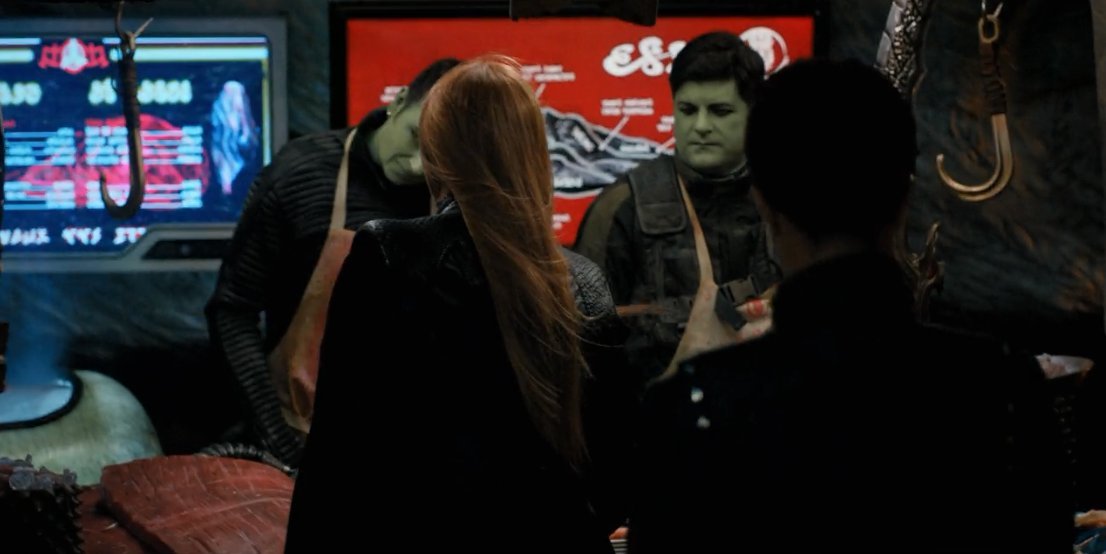

Culture:


Orions are all about business. Business with no rules and no limits. Business is about building up a trade relationship and from this relationship building up influence and more business connections and so on. The orion Syndicate is an etherial construct, it doesn't exist in terms of a map on a wall, but it is more a shadow empire which covers the political speres of many other races. Orions travel across borders and go wherever there are business deals to be made.
Orions trade in any goods: drugs, slaves, weapons, food, gas and brides. Whatever trade makes the business deal, the Orions will trade in it. This is why the Orions are policed upon so heavily by the [by comparison] rules-laden Federation. Orions are often described in terms of being "Pirates", whereas actually the Orions are merely engaging in obtaining the goods that their customer wants to have. The fact that somebody already claims to possess the object is of no concern to an Orion. One of the more common sights in the colonies is Snakeleaf plant, which is sublimated and smoked in a traditional Orion Hargl, used as a mild narcotic.
I had to think what the difference between Ferengi and Orions is. Well, firstly at this juncture in time we haven't met the Ferengi [I'm ignoring the appearance in Enterprise as we 'don't know' about it being Ferengi]. Secondly both races seem to trade, so what is the difference?
The simple answer I came up with is that whilst the Ferengi are the capitalist profit-makers of Star Trek, Orions are more the blackmarketeers of Star Trek. No ethics, no qualms about what they trade, an orion will trade to gain morer trade and make more connections. Whereas a Ferengi wont trade if theres no profit, an Orion will trade if theer will be favours in return which will benefit their future enterprises.
Orions have no ethics on trade, they are the CD and movie downloaders of Star Trek, they are the bloke in the pub with the watches off the back of a lorry. Stolen goods is simply goods acquired through other means. Whilst the Ferengi aspire to buy their own moon, the Orions aspire to build a shadow empire of trade and deals.


Orions are the merchant princes of the universe, trading to gain power and influence in the area. This is the frontier of the Federation and a little beyond that, and if the Orions can gain influence then that will aid them double - foiling Federation expansion whilst gaining the Orions another bolthole.
Watch out for Orion influences, you just don't know how far it may have reached...
Orions arrived on the colony of Nimbus III in the years before the Galactic Planet of Peace was ever established as such. The Orions saw an opportunity to exploit the resources of the planet and gain a foothold on the world. Business means influence and influence brings power and empire.
Welcome to the Venus Club - a newer, much larger, version of the bar which was the central feature in Paradise City, Nimbus III. Run by an Orion merchant prince - Vikstaad Jaanz - the club provides multiple floors of gambling, drinking and assorted other entertainments. Orion slave girls lurk around the site as well - there are always two flanking Vikstaad.
On the surface the club presents a very respectable facad, with burly alien bouncers on the door ready to repel any uninvited guests or drunks. Jaanz also encourages a relaxed atmosphere with no uniforms - one wonders if this is because he doesn't want security sniffing around his business.
Whenever visiting Nimbus III, this is the place to come to enjoy yourself - if you have the credits, it's also a place to make deals and find that elusive something you are looking for...

Gambling machines jingle, credits change hands, music blars with exotic dancers, whilst there are always quiet tables for quiet chats too...
As Quark showed in DS9 by applying to join the Orion Syndicate, the Orions are something the Ferengi aspire to be....
The tattoos and markings on the males could be similar to the gang markings on Yakuza and Russian Mafia members, signifying allegiance to a specific syndicate or clan. Orion females come with red, black green and blue hair – the latter an addition from myself as a complimentary colour to their skin. Orion males are bald; whether by tradition or genetics. Orions seem to have phenotypes matching extremes of hormones – the males like high testosterone with aggression, baldness and muscular build and the females with high drives and physical characteristics for attracting a mate. S’sana, a hybrid Orion-Romulan was never in the Syndicate, although evidence suggests her mother S’zama works with Vikstaad Jaanz.
 “Underground railroad for slaves to become free” – now this works in the JJ-verse and conflicts with ENT: Bound. If the Orion females are the ones in charge, why are they ‘escaping’ from their life? Unless the chains of slavery are too heavy a burden for actually being the ones in power? The Star Trek comic Reunion talked about Gaila being given away by her mother Vila to a Pacari representative as a gift. This highlights both females as being slaves but also being in charge. This is something that could easily be incorporated into the prime universe. In order to expand influence and build the ‘shadow empire’, Orion children are often sold into slavery in order to find their niche and expand the black-market network; whether through illegal sales, sex workers or trafficking goods and immigrants, there are many routes for Orion children to find their market and makea name for themselves. Orions selling their children is maintained as a ‘cultural tradition’ by the Orions. The Syndicate is keen to prey on Federation sensibilities to respect and observe the traditions of other cultures – although any illegal activities in Federation space is prosecuted as thus. The trafficking of migrants, sex workers and slaves is the bread-and-butter of Orion Syndicate operations. The availability of trading ships with various technologies to circumvent tracking and registration allows them to slip across borders and take their nefarious trade with them. Everything is seen as purely business in the Orion world and trading living beings is no different than drugs, weapons or other illegal materials.
“Underground railroad for slaves to become free” – now this works in the JJ-verse and conflicts with ENT: Bound. If the Orion females are the ones in charge, why are they ‘escaping’ from their life? Unless the chains of slavery are too heavy a burden for actually being the ones in power? The Star Trek comic Reunion talked about Gaila being given away by her mother Vila to a Pacari representative as a gift. This highlights both females as being slaves but also being in charge. This is something that could easily be incorporated into the prime universe. In order to expand influence and build the ‘shadow empire’, Orion children are often sold into slavery in order to find their niche and expand the black-market network; whether through illegal sales, sex workers or trafficking goods and immigrants, there are many routes for Orion children to find their market and makea name for themselves. Orions selling their children is maintained as a ‘cultural tradition’ by the Orions. The Syndicate is keen to prey on Federation sensibilities to respect and observe the traditions of other cultures – although any illegal activities in Federation space is prosecuted as thus. The trafficking of migrants, sex workers and slaves is the bread-and-butter of Orion Syndicate operations. The availability of trading ships with various technologies to circumvent tracking and registration allows them to slip across borders and take their nefarious trade with them. Everything is seen as purely business in the Orion world and trading living beings is no different than drugs, weapons or other illegal materials.
The Orion presence in Federation space dates back to prior to the Coalition of Planets when the Orions would trade between worlds. This foundation allowed them to continue their trade of black-market goods, trafficking and illegal activities in the Coalition and United Federation of Planets. The ‘social acceptance’ of this trade – especially on the outer colonies – promoted the expansion of the Orion Syndicate ‘shadow empire’ across the Federation in synchrony as it grew. Culturally, although the United Federation of Planets stands for freedom, equality and against oppression, the Orion ability to provide hard-to-obtain goods and ‘entertainment’ services (drugs and women) was welcome on the fledgling colonies with minimal resources. Hawkins encountered this first-hand when he was around seven years old on a mining colony of Radley’s Reach in the Beta Quadrant. The friendly miners actually resorted to bar fights Western-style under the influence of Orion pheromones. By 2322 the Orions are prevalent in the Beta Quadrant with some presence in the Alpha Quadrant. Political borders are of no interest to the ‘neutral’ Orions who are able to pass across from one nation to another, providing goods, services and ‘personnel’ to their ‘clients’. Conflicts (especially the Klingon-Federation war of 2256) provide an uplift to Orion trade both during and immediately after the fighting as the Orions provide vital or hard-to-obtain materials at an uplifted price. Interstellar law is treated as an irrelevance in the face of making good business; trafficking, weapons, medical supplies, technology, drugs and sex slaves are all part of the Orion Syndicate business model.
The ending of hostilities between the Klingon and Federation and the disbanding of the Neutral Zone has not affected the cross-border trading of the Orions; what has happened, however, if the lack of hostilities has allowed the border patrol forces of both nations to focus on the illegal activities of the Orion Syndicate and start to close them down. Starfleet headquarters has also initiated a ‘house cleaning’ exercise to sweep out corruption in Starfleet personnel following the Khitomer Conspiracy of 2293. Amongst the influences that Starfleet wants to remove entirely is those officers and personnel ‘compromised’ by the Orion Syndicate. Applying a similar policy amongst governors and colonial officials is proving much harder to apply, given the distances involved from authority and the ‘resistance’ of the colonists to having the Orions removed from their territory. It’s easier to turn a blind eye to Orion trading in the colony in return for happy, contented colonists. Of interest to social scientists is the ‘acceptance’ of counterfeit and black-market goods by Federation citizens. Drug-use and prostitution, Centuries-old practices, have still not died out by the 23rd and 24th centuries – they are just under new ownership and taken to new places by the use of chemical engineering and pheromones respectively. The social need of colonists for entertainment, escapism and sexual release has fuelled the need for the Orion Syndicate to extend its influence over the Federation. The modern twists on narcotics and prostitution are that the drugs are produced in professional laboratories and designer – maximising addiction and the level of high whilst minimising the risk of fatalities to the client (that’s bad for business). For the escort there’s the promise of something unattainable elsewhere, for delights both extreme and perverse to be sated and with no risk of infections or diseases. For colonists this leads to fighting and competition to bed the green Orion slaves, whilst leading to sexual disappointment with their regular partners and available colonists afterwards. Of course this disappointment can be remedied by Orion-provided tablets to aid in that department (Mudd’s Women-style).

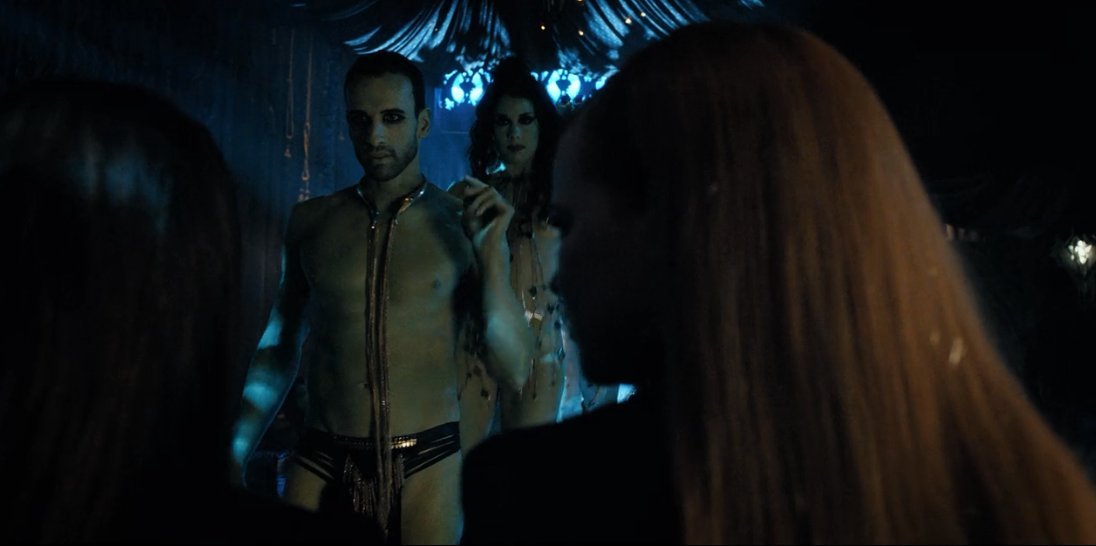
The Orion Syndicate likes to operate in places that are removed from the prying eyes of Federation or Klingon patrol ships and legal apparatus. Outer colonies and neutral planets are a favoured location for Orion Syndicate activities. People-trafficking and slavery auctions are usually performed in temporary, highly-mobile operations that minimise the risk of commando raids and compromising by intelligence and police agencies. Whilst non-Orions are included within the Syndicate operations, Orions keep the planning and strategic aspects of the Syndicate within their species. This keeps the communications chain internal and helps to prevent intelligence intercepts. Orion operations also hide within highly-active merchant planets and cities, keeping their nefarious trade in the backstreets with informants to keep them one step ahead of the police. For the right price, any species can be obtained for either servitude or sexual pleasure. A slave-to-measure service is offered, with individuals treated and traded as property.
 Verex III in the Borderland shows clearly what a slave trading facility is like with its rough-and-ready facilities for rapid re-location, holding cells for the new slaves and a bidding area where the clients use PADDs to bid for the slave, the top bids being dynamically displayed on a screen to encourage higher and higher bids. The slaves have restraints attached to their necks to prevent escape, these now being far more advanced versions of those Archer encountered. Farius Prime in the Alpha Quadrant is another world that the Orion Syndicate has a major presence in, utilising the neutrality of the planet and role as a merchant trading hub to smuggle in illegal goods and trafficked people, before changing vessels to ship the slaves or migrants off to their next destination. Where sex trafficking is involved there is often a trade in narcotics alongside this, both for feeding a deliberate addiction in the slaves but also for the pleasure of clients with the prostitutes. The Orion Syndicate entertainment shadow empire is nothing short of thorough.
Verex III in the Borderland shows clearly what a slave trading facility is like with its rough-and-ready facilities for rapid re-location, holding cells for the new slaves and a bidding area where the clients use PADDs to bid for the slave, the top bids being dynamically displayed on a screen to encourage higher and higher bids. The slaves have restraints attached to their necks to prevent escape, these now being far more advanced versions of those Archer encountered. Farius Prime in the Alpha Quadrant is another world that the Orion Syndicate has a major presence in, utilising the neutrality of the planet and role as a merchant trading hub to smuggle in illegal goods and trafficked people, before changing vessels to ship the slaves or migrants off to their next destination. Where sex trafficking is involved there is often a trade in narcotics alongside this, both for feeding a deliberate addiction in the slaves but also for the pleasure of clients with the prostitutes. The Orion Syndicate entertainment shadow empire is nothing short of thorough.
Nimbus III, the Planet of Galactic Peace, is the latest neutral planet to be identified with a significant Orion Syndicate presence. From the earliest days of the planet as a neutral worlds with all three major Beta Quadrant nations resident, the Orions saw that this could operate as a hub for their operations. The planet soon descended into drought and anarchy as the three governments, one by one, grew tired of the project and ceased any trade runs. With the residents in serious risk of starvation and the colony collapsing, the Orions made their move. Vikstaad Jaanz, an Orion merchant operating the Venus Club in Paradise City, approached the alcoholic Federation representative St John Talbot with a proposal to save the colony from collapse – at a price. For Talbot, sent to Nimbus III in disgrace, a second black mark in his career would spell the end for it. It was a deal with the devil and one that Talbot knew he’d potentially live to regret. The Orions would send freighters to Nimbus III to supply them with enough food for the colony to survive, products and technology to keep the food crops alive and ‘entertainment’ for the colonists. In return, the Orions wanted to have a blind eye turned to them operating a trading hub off-world, protected by the neutrality of both the planet and the zone in which it was located.
Bringing agricultural technology to Nimbus III was a backdoor method for the Orions cultivating narcotic plants on the planet. Advanced pharmaceutical technology that the Orions had ‘obtained’ was then used to refine the planet into the final sellable technology. Alongside this cultivating, the Orions had biochemical and medical facilities for the development of engineered designer drugs and illegal medicines and technologies, for selling on to wealthy clients. Starfleet Intelligence has postulated that the Orion Syndicate has a symbiotic relationship with some of the larger mega-corporations, developing medical products out-of-sight on planets without the stringent testing and product creation legislation of the Federation. In a ‘concession’ to the spirit of Nimbus III, illegal arms trading was not performed on the planet. When Nimbus III was re-discovered, and the three sponsoring governments began an intensive programme of regenerating the planet, the Orions were well placed to integrate their operations into the expanded and improved colony.
Orion names:
D'Nesh, Devna, Harrad-Sar, Maras, Marta, Navaar, S'sana, S'zama, Vikstaad-Jaanz.
 Author's Notes:
We have seen Orions in various Star Trek episodes over the decades: TOS: The Cage, TOS: The Menagerie pt. 2, TOS: Journey to Babel, TOS: Whom the Gods Destroy, TAS: The Time Trap, TAS: The Pirates of Orion, DS9 honour Among Thieves, ENT: Borderland, ENT: Bound and ENT: In a Mirror, Darkly, Part II. In addition there have been appearances in novels such as Ganz in "ST: Vanguard Harbinger" by David Mack and ST: Lost Era "Well of Souls" by Ilsa J Blick. In the shows until ST: Enterprise, the Orion Syndicate was referred to extensively in DS9 as being a sort of mafia type organisation to which the likes of Quark wanted to apply. By the time of their reappearance in Borderland, they were back to being slave traders and green-skinned. The term "Orion Syndicate" was clarified to be the name of the political organisation which the Orions reside in.
Author's Notes:
We have seen Orions in various Star Trek episodes over the decades: TOS: The Cage, TOS: The Menagerie pt. 2, TOS: Journey to Babel, TOS: Whom the Gods Destroy, TAS: The Time Trap, TAS: The Pirates of Orion, DS9 honour Among Thieves, ENT: Borderland, ENT: Bound and ENT: In a Mirror, Darkly, Part II. In addition there have been appearances in novels such as Ganz in "ST: Vanguard Harbinger" by David Mack and ST: Lost Era "Well of Souls" by Ilsa J Blick. In the shows until ST: Enterprise, the Orion Syndicate was referred to extensively in DS9 as being a sort of mafia type organisation to which the likes of Quark wanted to apply. By the time of their reappearance in Borderland, they were back to being slave traders and green-skinned. The term "Orion Syndicate" was clarified to be the name of the political organisation which the Orions reside in.

Orions and the character Jirras
Children are 'sold' at auction; this gives the child 'value' or 'worth'. The females join a cartel either to star it from scratch or to replace a female who has been sold on. Once a female joins a cartel, she gain both tattoos that can only be seen under special light, and also gain a surname. The surname and tattoo both show affiliation for life to the cartel. To disrespect or betray the cartel is to invite the most terrible retribution that will find you anywhere. Transporters, replicators and even sonic showers have been tampered with to give the victim the most painful and terrible death imaginable. Some victims are deliberately left disfigured and alive to act as a living warning to those who will betray the Orion Syndicate.
The Orion Syndicate is unafraid to use friends, relatives and even pets to get leverage or payback on an enemy. If a member of Starfleet has a family member or friend operating around the Orions, their life could be in danger as a result.
Lieutenant Commander Jirras, special services officer onbord U.S.S. Sheffield, grew up on Orion and saw the vast segregated freight terminal that supplied the main routes for the Federation. She knew the Orion Syndicate, saw what they did personally, not through stories. Jirras was at a crossroads where, as a female Orion, she'd be sold off and start a syndcate cartel of her own. She even got as far as having a UV tattoo in a secret place to denote herself loyal to the Syndicate. A secret she keeps to this day. Jirras wanted to break the cycle and joined Starfleet Academy. Jirras excelled at the Academy, hiding away her inherited cartel surname so that she couldn't be traced. Jirras served in several starships and starbase facilities after graduation. As Jirras would point out, most Orion Syndicate members aren't Orions or from Orion itself; syncate activities could be harmed by banning Orions or familiar faces. Frontline Syndicate members tend to be non-Orions and churned over regularly to keep the faces fresh to avoid Starfleet and Federation security facial recognition. They will get you. The Syndicate has Sicarios/assassins and arrangers whio will get anyone, anywhere. Even in Paradise there are snakes. Jirras is adept at finding out, through her skills and pheromones, what a person likes; the same skills that she would have employed in the Orion Syndicate.

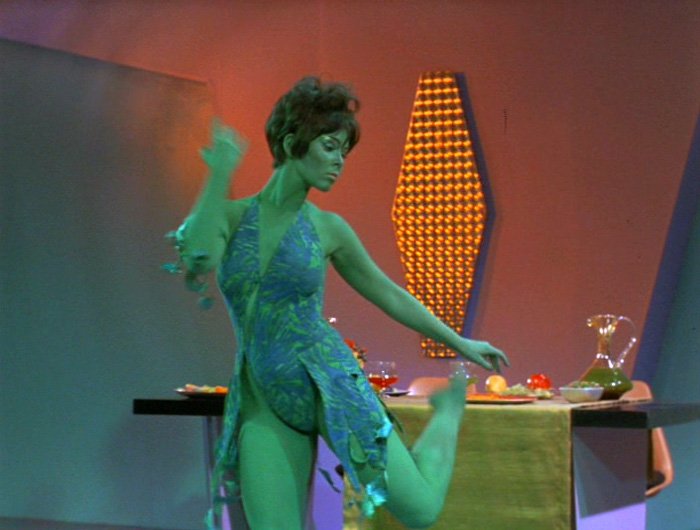


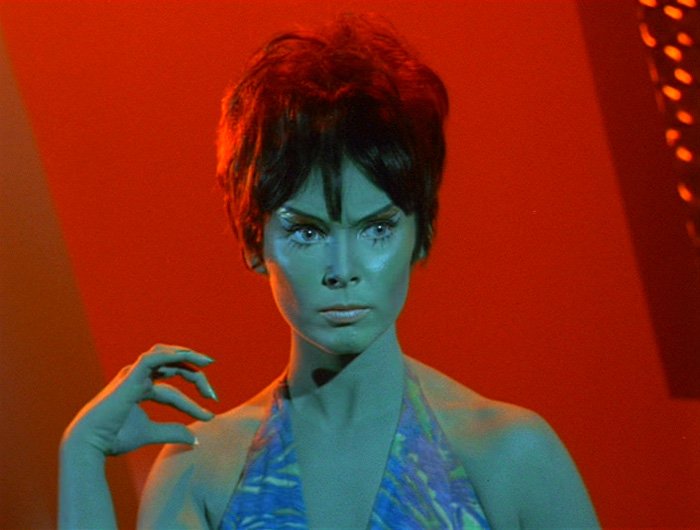
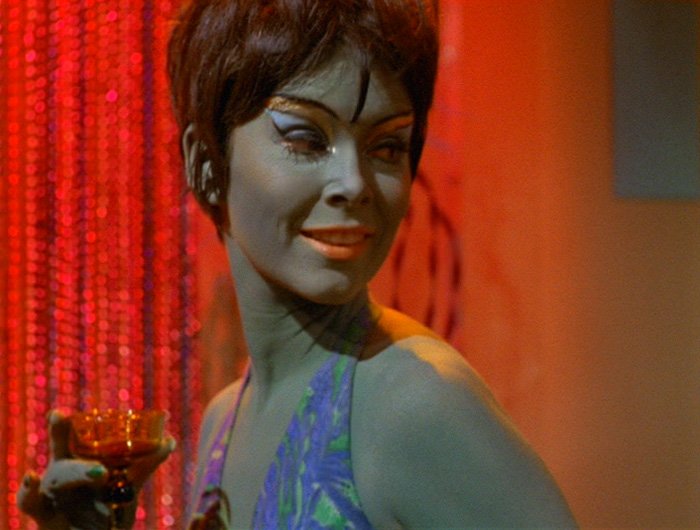


Orions and the darker aspects of the Federation
The Orion Syndicate is the story of the darker aspects of Federation culture, staining and pouring doubt onto the utopian claims of the nation. This is the dark underbelly of the dream. The side that earlier Star Trek series didn't touch on much, if at all. Social sciences and hisory tell us that this is an inevitable part of the future, as it has been the past and present. There will always be people that do not swallow your version of utopia. Those who want to drop out, or those who have a different idea for utopia. With artificial intelligence and automation taking most jobs away, the new Homo otiosus (Leisurely Man) will have all the time to look after one or more extra elderly generation of great grandparents, travel, do sport or relax on a holiday. Some will volunteer to work. Others will look to stay at home and get off their face on drugs. Especially the younger generations and the dispossessed. Yes, even in the Federation. Religion is mostly dead, superceded finally by reason and science (at least on Earth). The ideal of the Federation encourages to believe in ourselves, not magical beings. Not everyone buys into this. Selfishness and lust for power and sex are still a thing. The future cannot escape human nature.
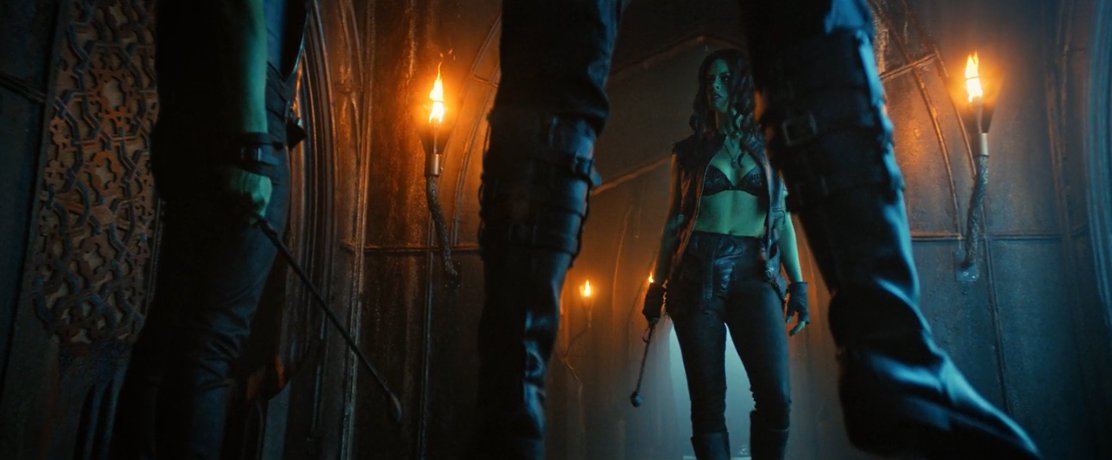
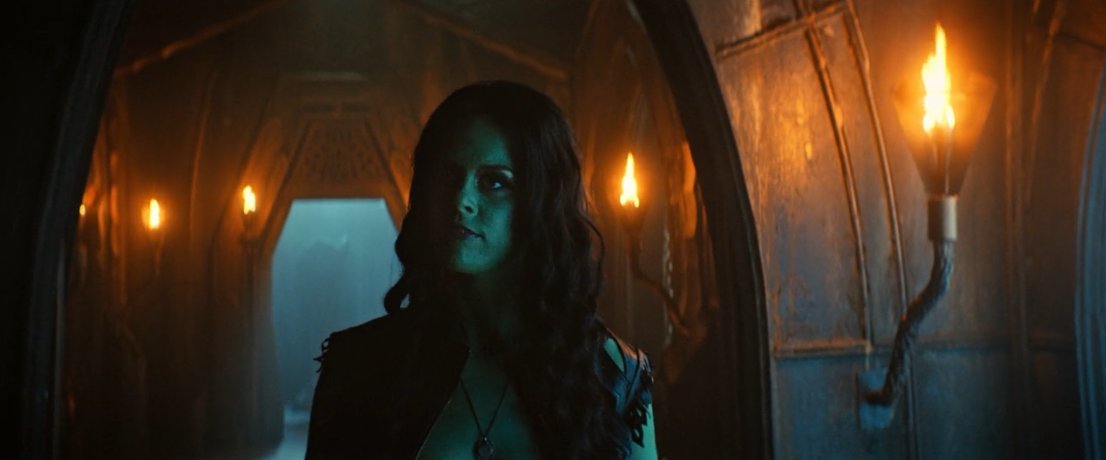
Consider this: an imaginary teen / young adult in the United Federation of Planets. They did poorly in education, they don't want to work and want to escape the reality which, for them, is quite grim. For this person, drugs are the escape. They've not the brains or aptitude to jong the elitist Starfleet Hogwarts. They have the reality of a one-bedroom apartment, a paid-for existence and a Groundhog Day -style repetition of drinking with mates, trying to forget the childhood trauma and bleak future. They lack the imagination for self-improvement and a utopian life. Going off-world to a colony sounds like being exiled, like those to Australia back in history. Undesireable great unknown to this average, semi-unambitious teen cannot face. The Orions can step in with their local footsoldiers to get this person addicted to designer drugs that offer the escapism or even the cognitive enhancement that the UFP actually bans. The help for their situation they want, not what the UFP proscribes, is illegal and unavailable. Except through the black market underworld that permeates the Federation in every corner, backwater, city or lone household.
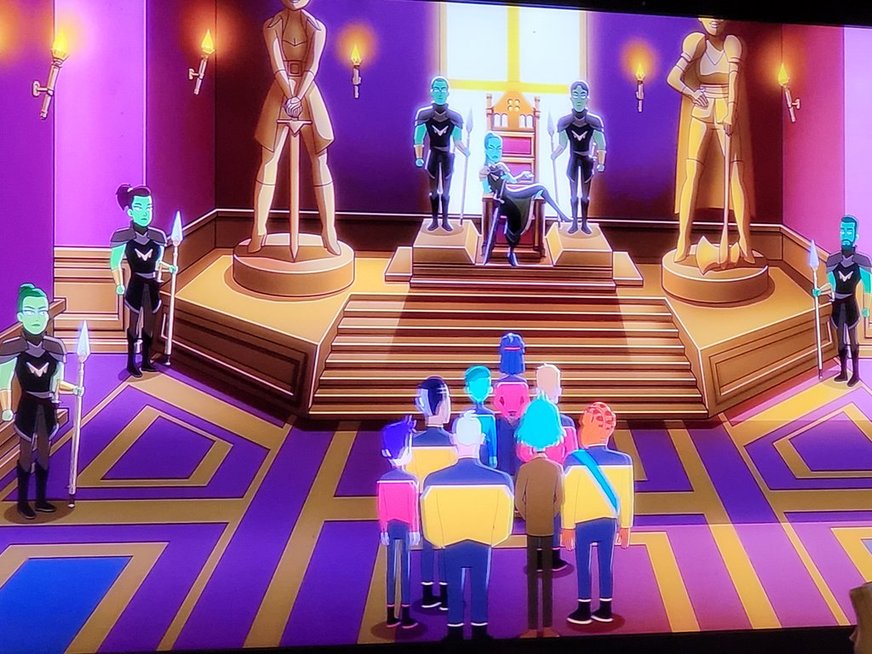
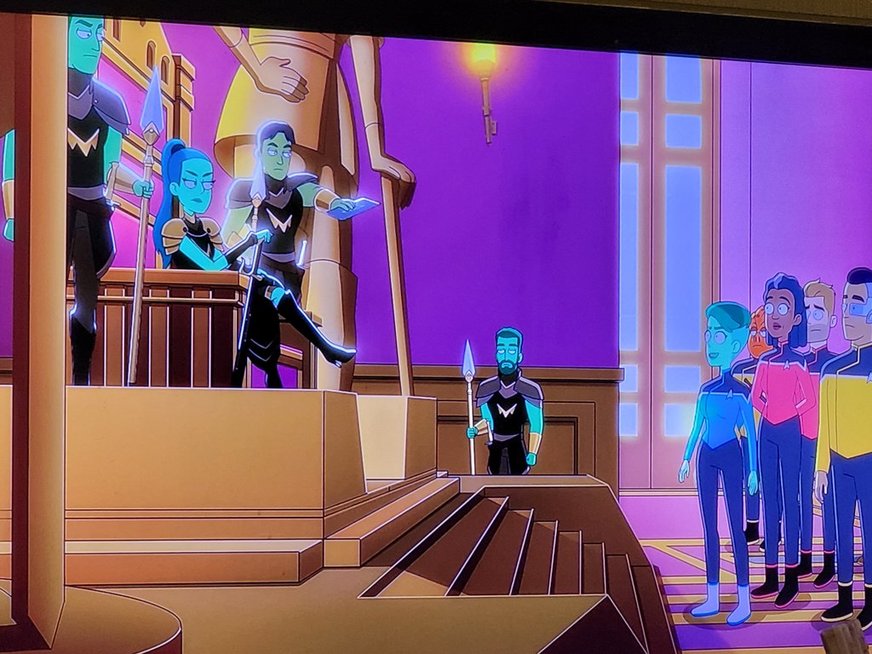
Orion Syndicate and United Federation of Planets: the inconvenient truth...
Interactions between Starfleet, the Federation and the Orion Syndicate are woven into the very fabric of society. The vastness of the Federation means that supplies often cannot reach the backwaters and remote frontiers. Occasionally, things need to cross borders, for political, diplomatc or pragmatic reasons. Where there is a Neutral Zone, and starships crossing it would be an act of war, the Orion Syndicate offers an alternative way of addressing this problem. The presence of the Orion Syndicate in the Federation is both known about and, to a certain extent, tolerated in order to get matters done that might be difficult or even impossible. The inconvenient truth is that the Orion Syndicate is actually needed by the Federation. And is thus tolerated, to an extent.
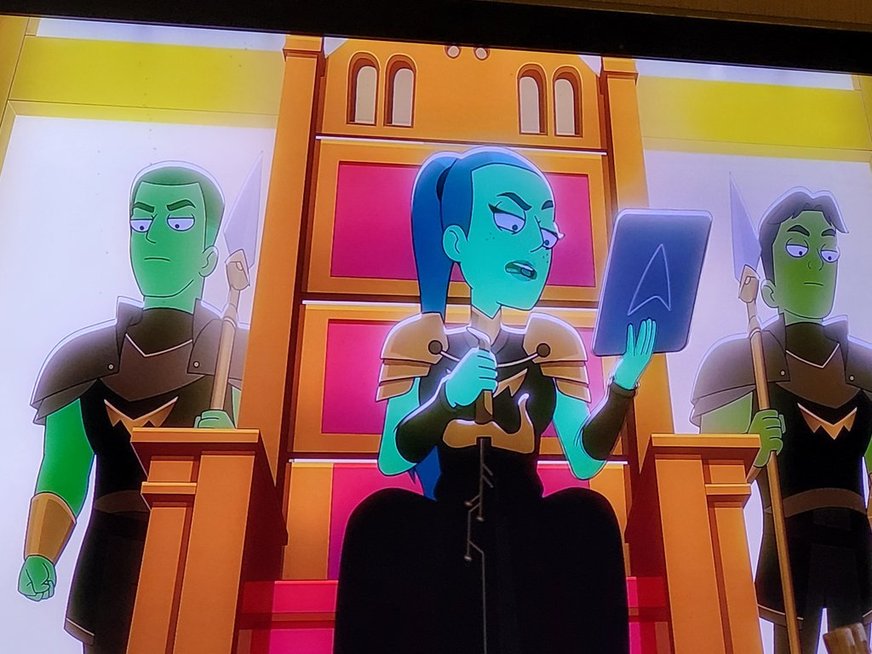
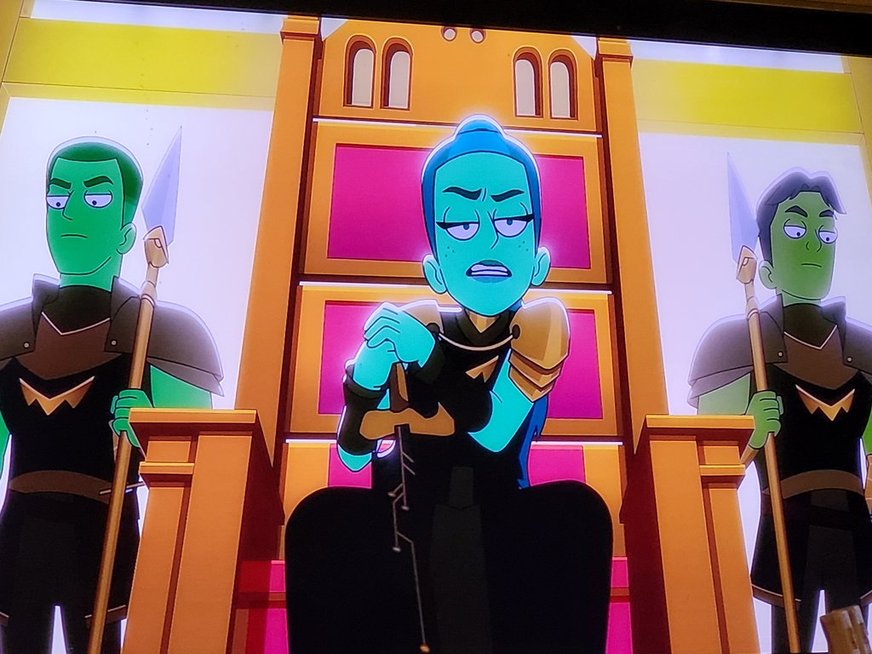
Low level Orion syndicate members may interact with crewmen and petty officers; the enlisted and non-commission officers of Starfleet. This will give the Orions means to have a blind eye turned at border controls and cargo holds. At mid-level, the Orion cartel might have influence over lieutenants up to commander level officers in Starfleet. This starts to influence or control the operations of patrol ships, frigates and small space stations, gaining the ability to sneak materials over the borders and Neutral Zones. With security officers, this could also include gaining access to prefix codes, compromising starships and starbases. This will aid in getting through good security. Ambassadorial aides could be compromised, allowing an insight into diplomatic missions and secret meetings. High-level Orion Syndicate cartels will have firmly established nets of influence in a region. They will have compromised or coerced captains and flag officers, ambassadors and senators into their web of influence. This allows not only to see what is going on diplomatically and strategically, but to influence this, to change the laws and rules to benefit the Syndicate. This gives the Orion Syndicate influence disproportionate to its size: rather like the Vatican City punching up with the United States of America.
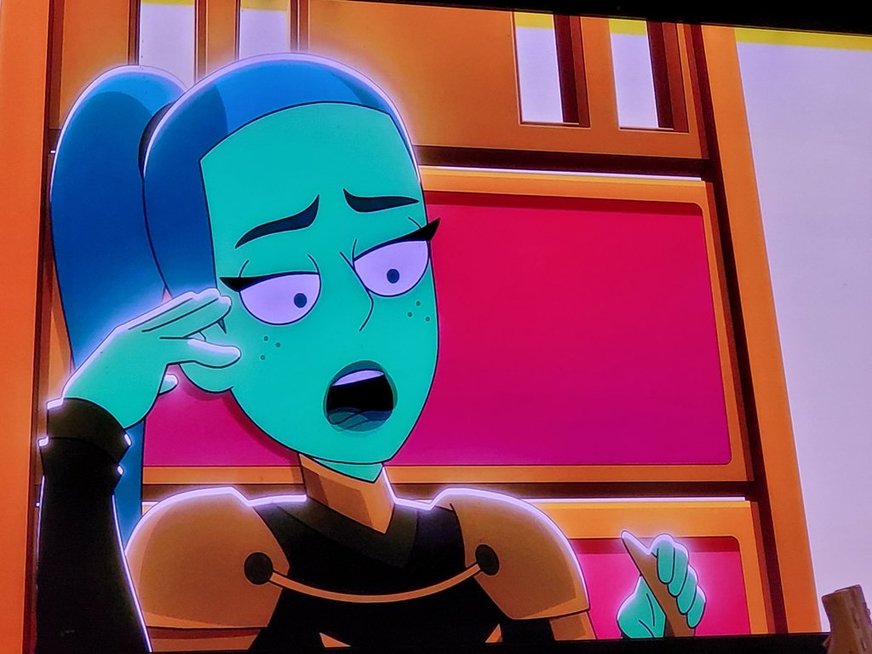

'Influence' can take many forms: favours for the use of the Syndicate to sort out transportation, supplies or information for the Federation, Klingons, Romulans or others; blackmail, coercion from compromising images or information obtained, blackmail, kidnap and extortion. Threats, bribes, assassination, honey traps and blackmail are all in a days work for the Orion Syndicate. Orion Syndicate hacker and cyber criminals are up there with the best on the known universe. Virtual criminality offers low risk and high gain. Section 31 and Starfleet Intelligence have all utilised the Orion Syndicate to get intelligence on nations across the Neutral Zones. Section 31 may have pushed things further, with the utilising of Syndicate sicario assassins to eliminate threats in other nations in a deniable manner. The Tal Shiar will have also done the same. The Syndicate will have been paid through goods, blind eyes turned or even favours and influence given as payment.
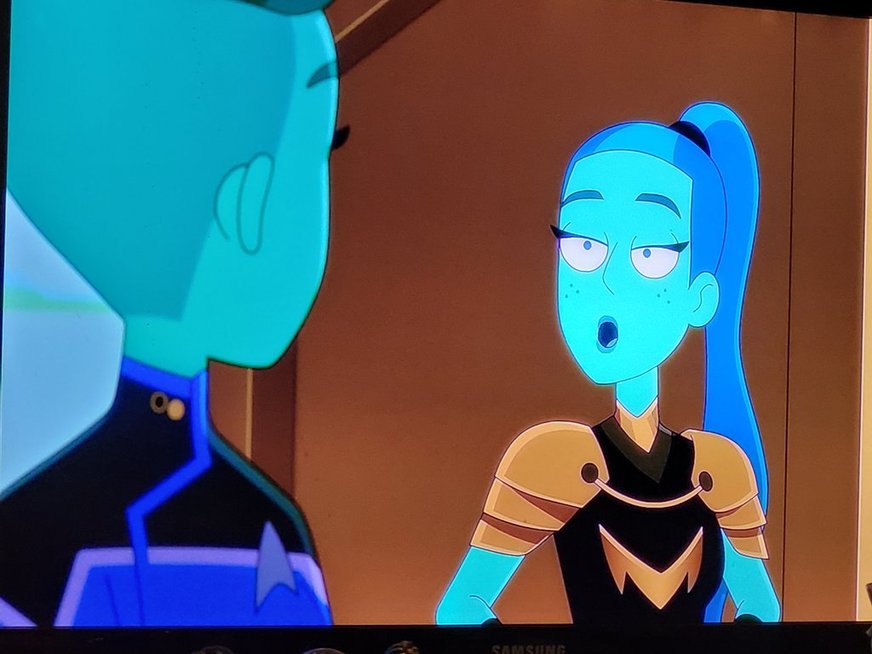

Structure & Operations
The Five Rings: The Syndicate is divided into five regional families, each controlling a quadrant of operations—piracy, extortion, biotech trafficking, slave trade, and intelligence.
The Piece: Every member pays a cut of their profits to their boss. The higher the piece, the more protection and influence they receive.
Witnessing: New recruits are vouched for by existing members. If a recruit turns out disloyal, both they and their sponsor are executed—no exceptions.
The Green Court: A shadow council of elders who manipulate galactic politics, using diplomats, courtesans, and spies to control Orion interests from behind the scenes.
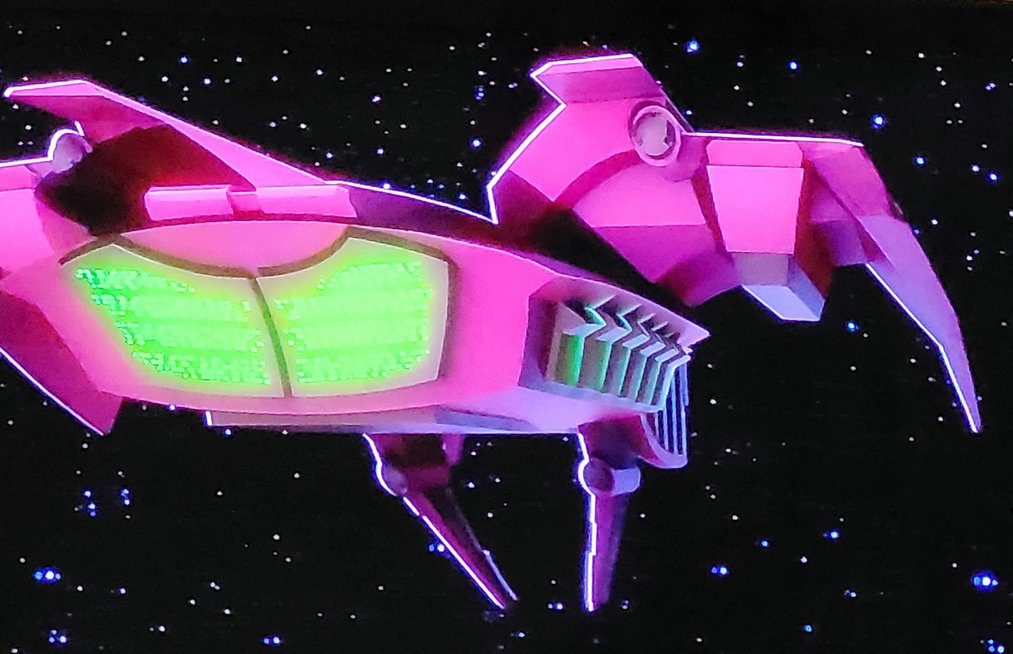

Style:
Yakuza: Ritual, loyalty, and legacy. The Syndicate is bound by ancient codes, with ceremonial “witnessing” rites and blood oaths. Betrayal isn’t just punished—it’s erased from history.
Succession: Power struggles within the Syndicate’s ruling families. The aging patriarch, Vorrak the Green Hand, faces internal rebellion from his children—each vying to control the Syndicate’s interstellar empire.
Sopranos: A morally complex underworld. Captains run slave markets, gambling dens, and smuggling routes across the Alpha Quadrant, all while navigating Starfleet pressure and personal demons.
Power: Street-level ambition meets high-stakes politics. Young Orion lieutenants rise from pheromone-tested recruits to sector bosses, balancing loyalty to the Syndicate with dreams of independence.

Key Characters (Series Style)
Vorrak the Green Hand – Syndicate patriarch. Ruthless, calculating, and dying. He built the empire but fears his legacy will be torn apart by his own blood.
Sira Vorrak – His daughter. Cold, brilliant, and ambitious. She wants to modernize the Syndicate and eliminate the slave trade, but her methods are brutal.
Jax Vorrak – The eldest son. A traditionalist who believes in the old ways—honour, ritual, and fear. He runs the slave markets and sees reform as weakness.
Talon – A street-level enforcer turned rising star. Charismatic and dangerous, he’s caught between loyalty to Jax and a secret alliance with Sira.
Lt. Commander Ellen Rhodes – A Starfleet Intelligence officer embedded deep within the Syndicate. She’s torn between duty and the seductive power of the underworld.
Leezi Po - A Federation Section 31 agent embedded in the Syndicate. The Ethan Hunt IMF approach. She comes across as Anti-Federation due to the McDonaldisation of her homeworl when they joined the Federation.She's had a Vulcan Mindmeld to keep her true identity buried away from other psi-capableSyndicate members. Science and skills does the rest.
Caleb Novae - Tal Shir plant. Rebel against the Star Empire like BLAKES 7-type leader. Actually planted so the Tal Shiar are actually in control of their enemy. Works well as propaganda. Double Agent.
Zeb Defras - He is an Imperial Intelligence plant in the Syndicate. Same as Arne Darvin in Trouble with Tribbles. Genetically disguised as an Orion that Imperial Intelligence mindsifted to death. Surgery makes ths Klingon look like the dead Orion.
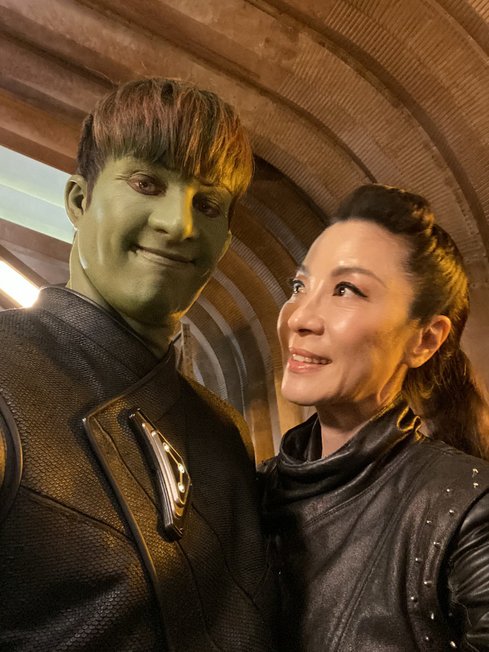

Star Trek: Syndicate Protocol
Logline
When the Orion Syndicate acquires forbidden Metar organic technology—capable of reshaping biology into living weapons—Starfleet must confront a new kind of threat: one that evolves faster than it can be understood.
Act I: The Acquisition
In the shadowy trade hubs of Farius Prime, whispers circulate about a new black-market miracle: Metar biotech, salvaged from a derelict vessel in the uncharted Erebus Expanse.
Orion operatives, led by the enigmatic Volta Dain, secure a cache of Metar DNA constructs—capable of morphing into starships, weapons, and even sentient agents.
Starfleet Intelligence intercepts fragments of a transaction: a shipment labeled “Symbiotic Payload – Class Omega.” The implications are catastrophic.
Act II: The Syndicate Ascends
The Orion Syndicate begins deploying bio-adaptive starships—vessels that heal, evolve, and camouflage themselves at will. These ships are grown, not built.
In the criminal underworld, Orion enforcers now wield living weapons—organisms that bond to their users and mutate based on threat level.
Syndicate medics use Metar tech to reconfigure DNA, creating enhanced operatives immune to most known diseases and capable of surviving in vacuum.
Meanwhile, rival factions—Romulan dissidents, Ferengi biotech brokers, and even rogue Klingon houses—scramble to obtain their own samples.
Act III: Starfleet’s Dilemma
Lt. Commander Ellen Rhodes of the USS Valiant leads a covert mission to infiltrate the Syndicate’s biotech lab hidden in a nebula cloaked by organic camouflage.
Inside, they discover Project Chimaera: a Metar-based initiative to create hybrid lifeforms that can impersonate any species, bypassing biometric security and sowing chaos.
The crew faces moral and tactical dilemmas—destroy the lab and risk triggering a galactic biotech arms race, or attempt to contain and study the technology.
Act IV: Evolution Unleashed
Volta Dain activates the Fractal Kin, a hive of Metar-derived beings capable of autonomous evolution and collective strategy.
These entities begin rewriting their own genetic code to counter Starfleet tactics in real time.
In a desperate gambit, Lt Commander Rhodes uses a modified transporter to destabilise the Fractal Kin’s hive signal, severing their coordination.
The Orion Syndicate retreats—but not before scattering Metar spores across multiple sectors.
Epilogue: The New Frontier
Starfleet establishes Protocol Genesis, a task force dedicated to monitoring and containing Metar biotech.
The Syndicate, though wounded, remains a looming threat—now armed with technology that doesn’t just break laws, but rewrites the rules of life itself.
Final scene: a lone Orion courier delivers a vial of shimmering organic fluid to a shadowy figure on Earth. The next phase has already begun.
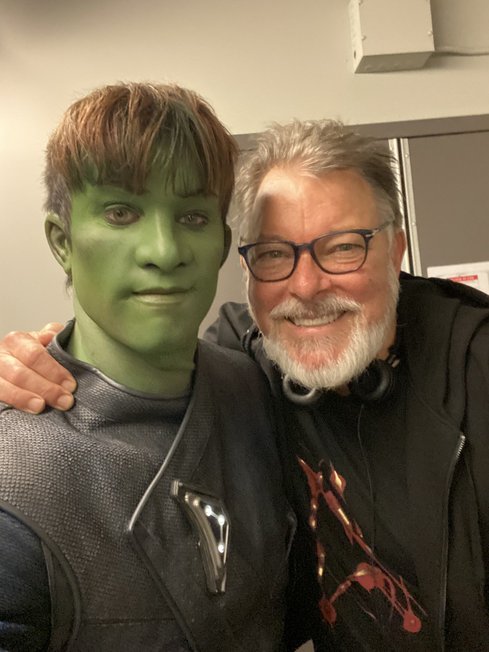

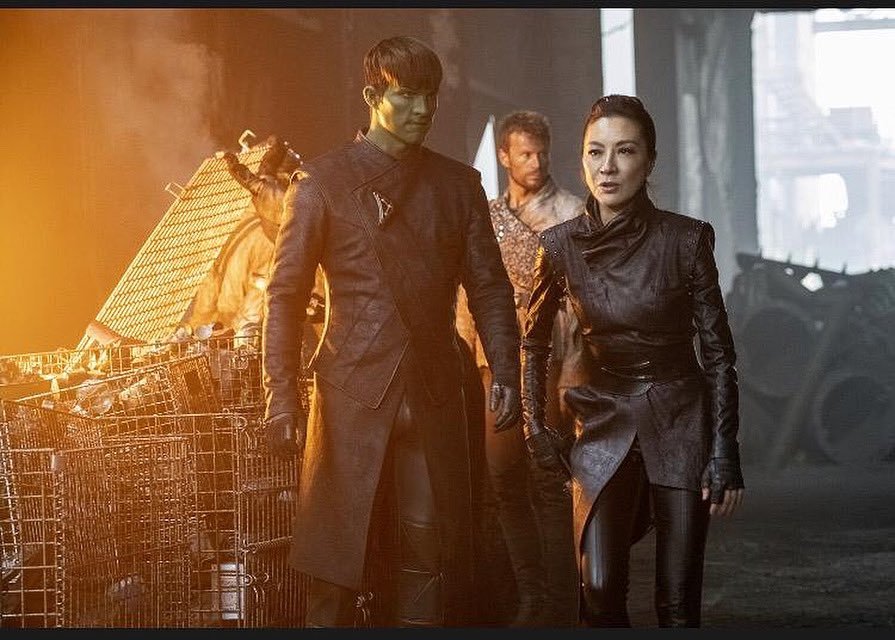

Orion Syndicate as a Shadow Conduit Across the Klingon Neutral Zone
1. Starfleet Intelligence & Section 31 Utilization
Though officially condemned by the Federation, the Orion Syndicate has long been a tool of convenience for Starfleet Intelligence — and especially Section 31 — when conventional diplomatic or covert channels are too visible or politically risky. In the volatile corridor of the Klingon Neutral Zone, the Syndicate offers:
- Untraceable Transport Networks: Using retrofitted freighters with falsified transponder codes and sensor-masking hull plating, Syndicate vessels can slip through border patrols under the guise of trade or salvage operations.
- Neutral Zone “Waystations”: Hidden facilities in asteroid fields or derelict stations serve as handoff points for operatives, diplomats, or surveillance drones. These are often staffed by Syndicate crews with no knowledge of their passengers’ true affiliations.
- Biometric Obfuscation: Syndicate med-techs specialize in altering biosignatures and neural patterns, allowing Section 31 agents to pass as Orion smugglers, Klingon mercenaries, or even Ferengi traders.
- Transactional Loyalty: The Syndicate doesn’t serve ideals — it serves profit. Section 31 exploits this by offering rare contraband, protection from rival cartels, or intelligence on Klingon Imperial movements in exchange for cooperation.
2. Syndicate Evasion Tactics Against Intelligence Agencies
Despite occasional collaboration, the Orion Syndicate remains a target of both Federation and Klingon intelligence. To survive, it employs a sophisticated web of countermeasures:
Against Starfleet Intelligence:
- False Flag Operations: Syndicate ships often mimic civilian or humanitarian vessels, complete with falsified Federation registry codes and distress beacons.
- Data Fragmentation: Communications are routed through dozens of relay buoys, each fragmenting and re-encrypting data to prevent traceability.
- Bribery & Blackmail: Syndicate operatives maintain dossiers on Starfleet officers, using leverage to ensure blind eyes or delayed responses.
Against Klingon Imperial Intelligence:
- Cultural Camouflage: Orion crews adopt Klingon customs, dialects, and even battle rituals to pass as rogue Houses or honourless marauders.
- Disruption Fields: Syndicate ships deploy localized tachyon bursts to scramble Klingon sensor nets, creating “ghost corridors” through which they slip undetected.
- Proxy Clans: The Syndicate funds minor Klingon Houses in exchange for protection, creating layers of plausible deniability and political cover.
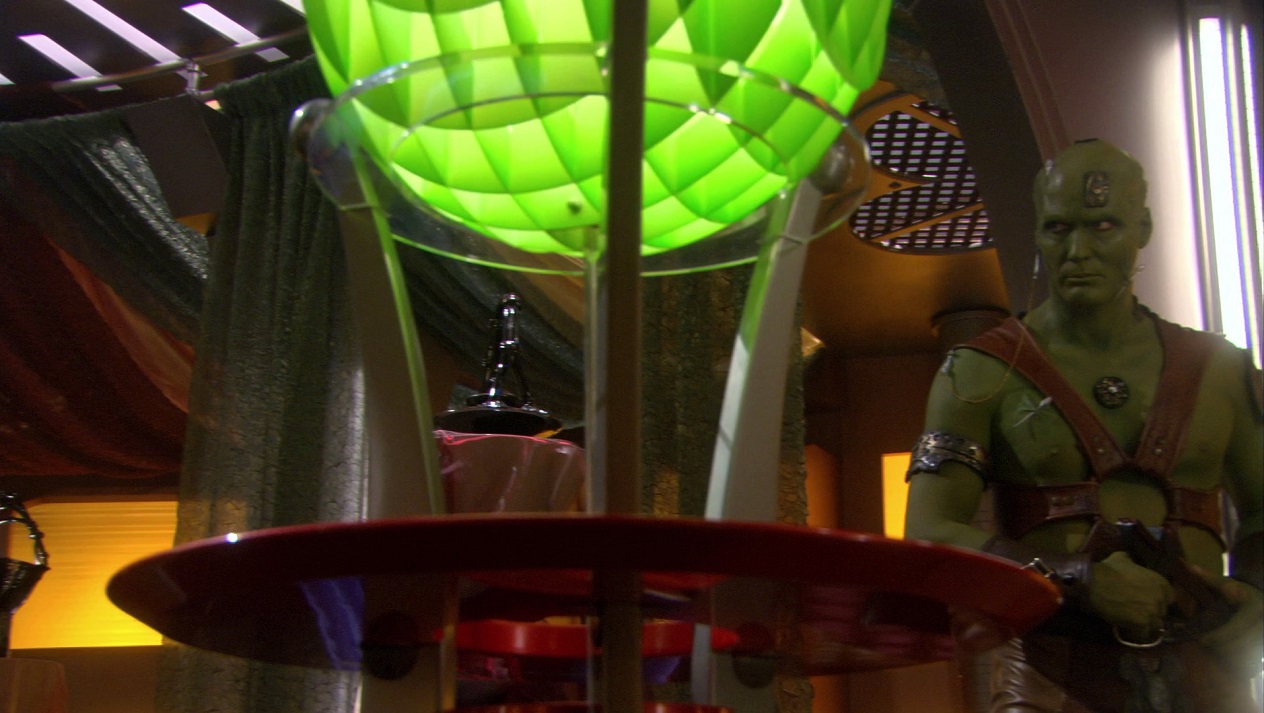
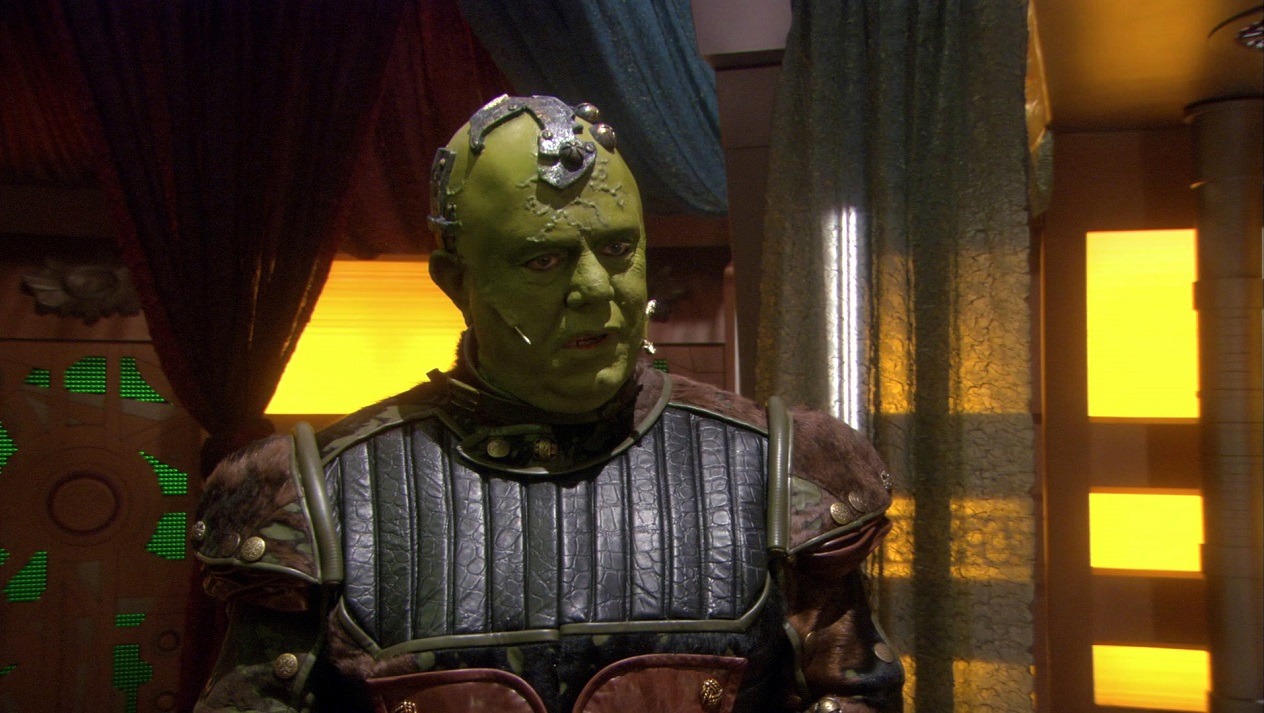

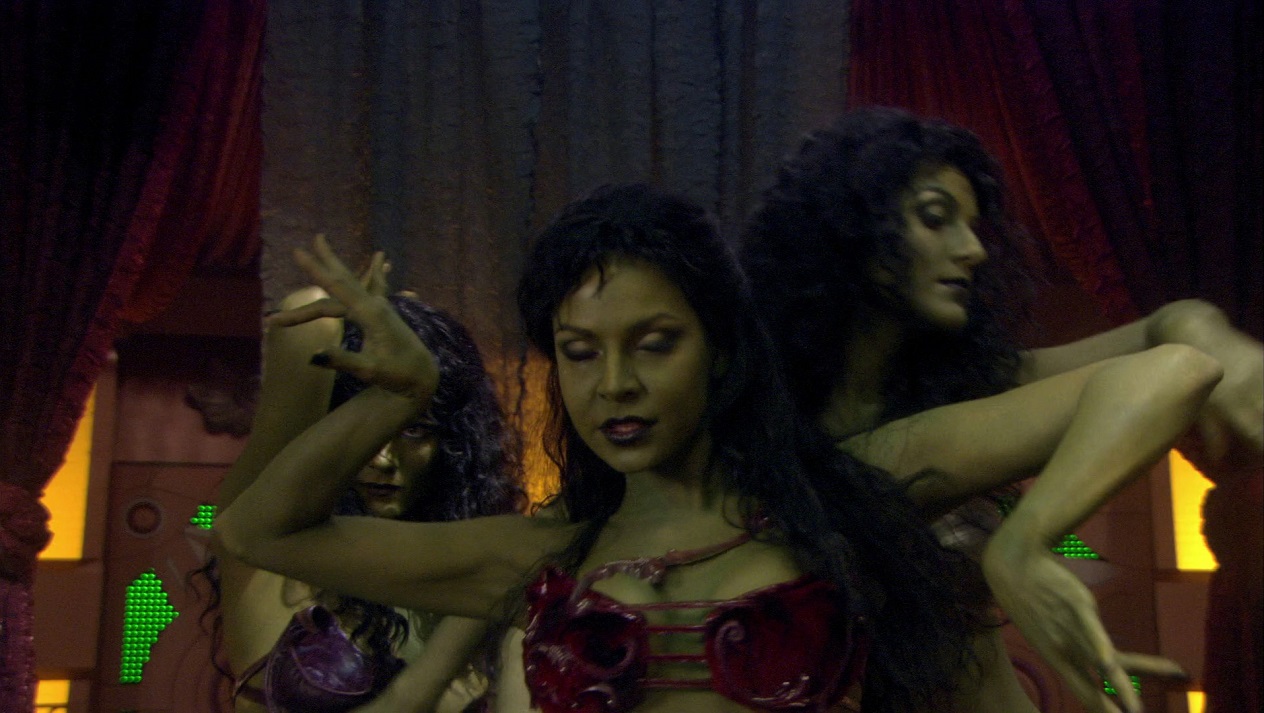
Smuggling Peace: The Orion Syndicate’s Role in Early Federation–Klingon Diplomacy
1. The Political Climate: Cold War in the Stars
In the decades following the establishment of the Klingon Neutral Zone, tensions between the United Federation of Planets and the Klingon Empire simmered dangerously. Open diplomatic channels were politically untenable — any overt gesture risked being interpreted as weakness or subversion. Yet both sides, weary of skirmishes and economic strain, began seeking discreet ways to test the waters of dialogue.
Enter the Orion Syndicate: a criminal enterprise with no allegiance, but with unmatched access to the underbelly of interstellar logistics.
2. Why the Syndicate Was Chosen
- Plausible Deniability: If a diplomatic overture failed — or was intercepted — both governments could disavow involvement, blaming rogue elements or criminal miscommunication.
- Established Smuggling Routes: The Syndicate had long operated across the Neutral Zone, ferrying contraband, fugitives, and mercenaries. Their ships were already invisible to most patrols.
- Neutral Reputation: While despised, the Syndicate was not aligned with either power. This made them a “neutral evil” — useful precisely because they had no ideological stake.
3. How the Transfers Worked
- Encrypted Cargo Manifests: Diplomats or intelligence envoys were listed as “cargo specialists,” “medical couriers,” or “entertainment contractors” aboard Syndicate freighters.
- Staged Encounters: Rendezvous points were chosen in unclaimed asteroid belts or derelict mining stations. These were often booby-trapped to self-destruct if compromised.
- Layered Identities: Orion med-techs altered DNA markers and neural signatures to mask identities. A Federation envoy might appear Klingon to sensors, and vice versa.
4. The First Meetings: Tense, Cryptic, and Unproductive
- Participants: Mid-level diplomats, intelligence officers, and cultural attachés — never anyone with real authority.
- Topics: Prisoner exchanges, trade corridor stability, and mutual non-aggression protocols.
- Outcomes: Little progress. Distrust ran deep, and both sides suspected the other of using the meetings to gather intelligence rather than build rapport.
Yet the very act of meeting — even under criminal cover — planted seeds. It proved that dialogue was possible, and that even enemies could share a moment of strategic pragmatism.
5. Klingon Imperial Intelligence Response
- Counter-Infiltration: Klingon agents began posing as Syndicate operatives to intercept or sabotage meetings.
- Political Theater: The High Council publicly condemned Syndicate incursions while privately monitoring their diplomatic payloads.
- House-Level Deals: Some minor Houses began using Syndicate channels to broker trade or secure favours from Federation-aligned worlds.

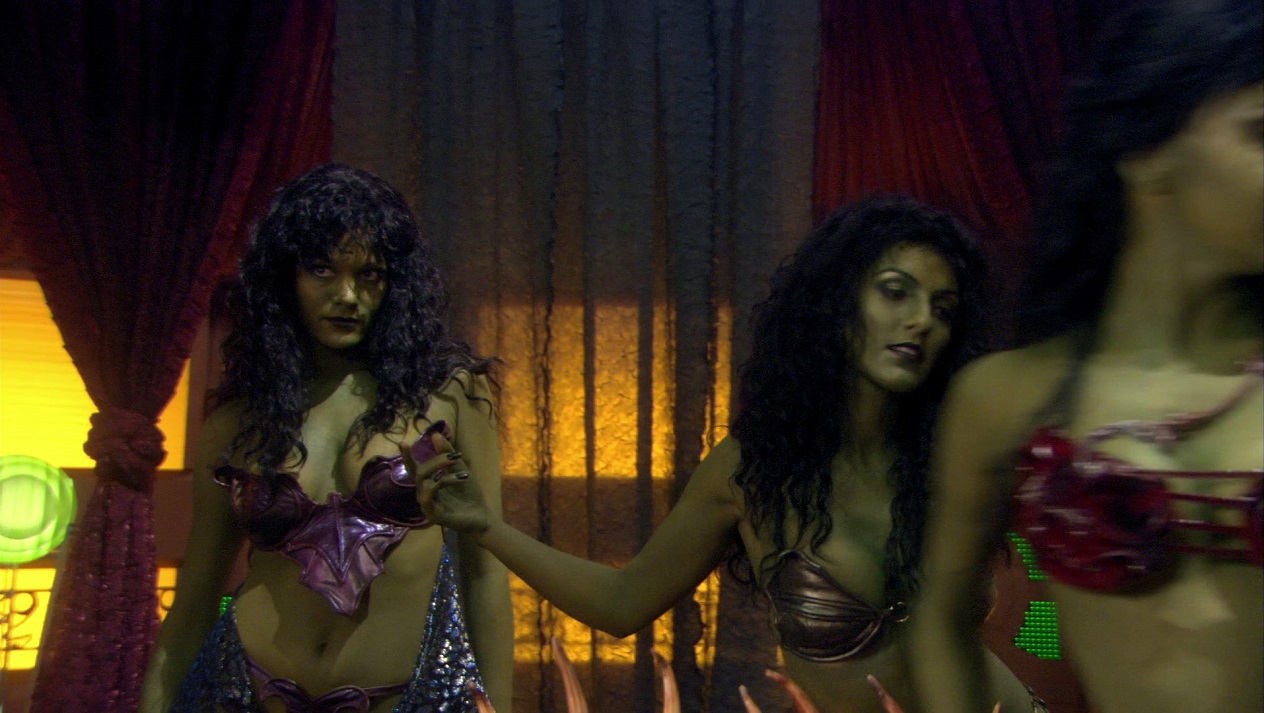

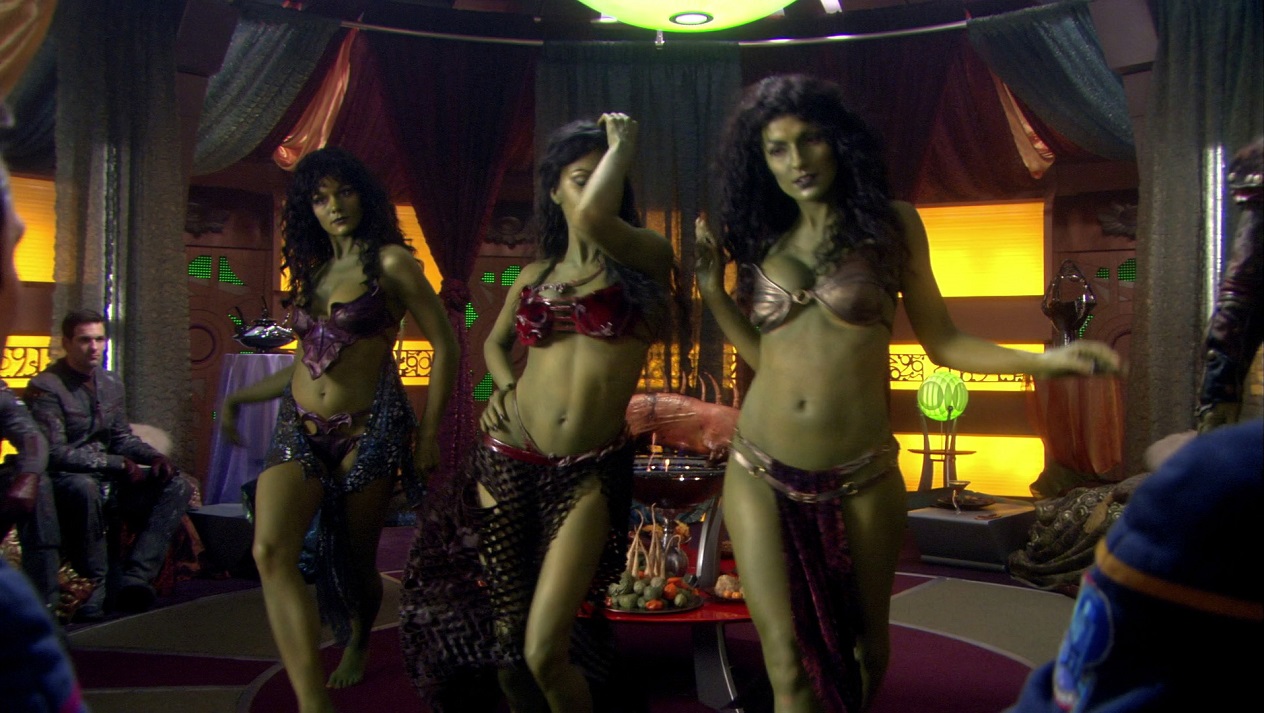
The Orion Syndicate’s Game of favours and Exploitation
1. Favours for the Federation
Despite being officially outlawed, the Orion Syndicate has long been a tool of convenience for Starfleet Intelligence and Section 31:
- Smuggling Assets: They ferry undercover operatives, defectors, and surveillance drones across hostile borders — especially the Klingon Neutral Zone — under the guise of trade.
- Black Market Intel: Syndicate brokers sell stolen Klingon fleet data, House politics, and even Romulan encryption keys to Federation handlers.
- Disruption Services: Need a Klingon convoy delayed? The Syndicate can stage a “pirate raid” that looks like random criminal activity.
Federation officials pretend to loathe them, but behind closed doors, they’re a useful scalpel for jobs too dirty for Starfleet.
2. Favours for the Klingon Empire
The Klingons despise cowardice and corruption — but they respect results. The Syndicate earns favour through:
- Targeted Sabotage: Syndicate agents disable Federation listening posts or disrupt diplomatic envoys — all without implicating the Empire.
- House-Level Deals: Minor Klingon Houses use Syndicate muscle to settle debts, eliminate rivals, or smuggle forbidden tech.
- Slave Trade Logistics: Though abhorrent to the Federation, some Klingon factions still engage in servitude — and the Syndicate provides discreet transport and acquisition.
To the Klingons, the Syndicate is a dishonourable but effective tool — tolerated when useful, hunted when not.
3. How the Syndicate Exploits the Goodwill
This is where the real game begins. Every favour earns the Syndicate a sliver of protection, a blind eye, or a political debt — which they immediately leverage:
- Safe Havens: Federation outposts and Klingon border stations quietly allow Syndicate ships to refuel or dock, no questions asked.
- Trade Corridors: Smuggling routes once used for covert diplomacy become pipelines for narcotics, weapons, and forbidden tech.
- Legal Shields: When caught, Syndicate operatives invoke past favours — “We helped your envoy escape Kronos last year” — to delay prosecution or trigger diplomatic confusion.
They turn every favour into a shield, every debt into a license to operate.
4. Who’s Playing Whom?
This is the heart of the intrigue:
- The Federation thinks it’s using the Syndicate as a disposable tool — but its reliance has created blind spots and moral compromises.
- The Klingons believe they’re tolerating a necessary evil — yet the Syndicate has infiltrated House politics and supply chains.
- The Syndicate plays both sides masterfully. They don’t need loyalty — they need leverage. And they have it.
In truth, the Syndicate is playing everyone. They thrive on chaos, ambiguity, and the moral gray zones between empires.



Dossier: Varnak the Hollow



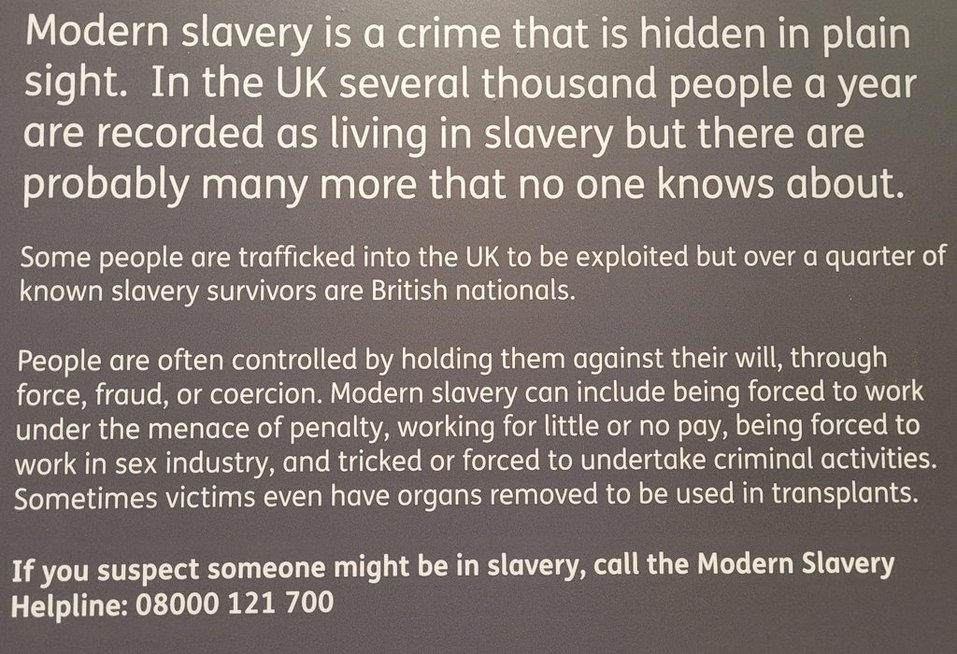
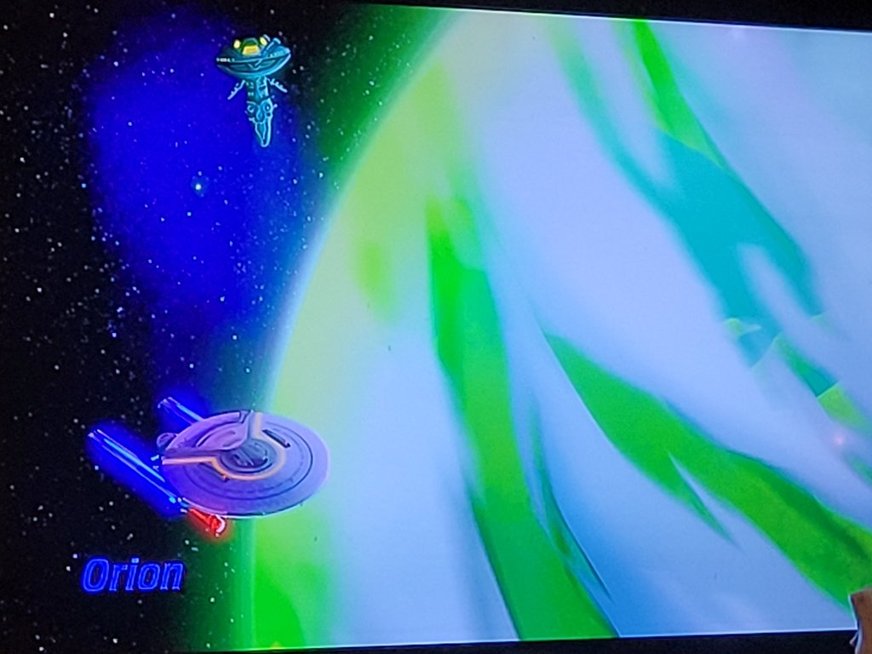

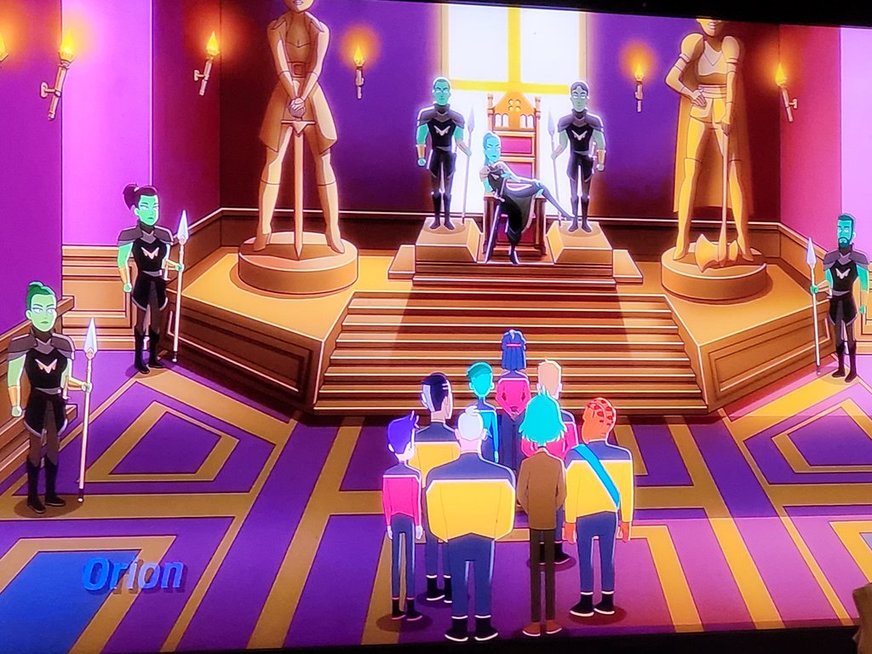



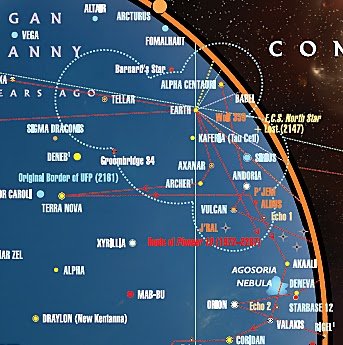
The Orion nation, like the Klingons, Vulcans etc. needs to avoid becoming a homogenous one-role people. The Syndicate is a criminal organisation like the Russian Mafia. Like the mafia, it's not the defining trait of the Russian people. The Orions have one of the most extensive cargo distribution facilities in the Alpha or Beta Quadrants. Like Felixstowe, Shanghai, Dubai, Dalian, Los Angeles or other intermodal container ports around the World, Orion has a vast continental-sized complex of automated container transports and transporters. The lean-manned port has enough Orions, in their utilitarian branded jumpsuits, to tamper with the containers on the behalf of the Syndicate. Given the millions - or billions - of containers that are transferred ever hour of ever day, it's impossible to track the contents of every single item in every container. I wanted to give the Orions a reason to be the main freight artery from Earth to Orion and then onto the Rigel colonies and Deneva. The Star Trek Star Charts book by Geoffrey Mandel shows Orion to be this direct freight route. If all they were was pirates and the Syndicate then the Federation would never use the system and blockade them. Instead it's this indispensible freight distribution hub through which pretty much ALL freight comes through - more then likely as they have a giant port which means the other planets can be developed for colonists etc. It makes for a species that's not homogenous and can actually have members that join Starfleet (like in the Star Trek movie in 2009) and not just be the villain of the week.





 Sources:
Sources:









 “Underground railroad for slaves to become free” – now this works in the JJ-verse and conflicts with ENT: Bound. If the Orion females are the ones in charge, why are they ‘escaping’ from their life? Unless the chains of slavery are too heavy a burden for actually being the ones in power? The Star Trek comic Reunion talked about Gaila being given away by her mother Vila to a Pacari representative as a gift. This highlights both females as being slaves but also being in charge. This is something that could easily be incorporated into the prime universe. In order to expand influence and build the ‘shadow empire’, Orion children are often sold into slavery in order to find their niche and expand the black-market network; whether through illegal sales, sex workers or trafficking goods and immigrants, there are many routes for Orion children to find their market and makea name for themselves. Orions selling their children is maintained as a ‘cultural tradition’ by the Orions. The Syndicate is keen to prey on Federation sensibilities to respect and observe the traditions of other cultures – although any illegal activities in Federation space is prosecuted as thus. The trafficking of migrants, sex workers and slaves is the bread-and-butter of Orion Syndicate operations. The availability of trading ships with various technologies to circumvent tracking and registration allows them to slip across borders and take their nefarious trade with them. Everything is seen as purely business in the Orion world and trading living beings is no different than drugs, weapons or other illegal materials.
“Underground railroad for slaves to become free” – now this works in the JJ-verse and conflicts with ENT: Bound. If the Orion females are the ones in charge, why are they ‘escaping’ from their life? Unless the chains of slavery are too heavy a burden for actually being the ones in power? The Star Trek comic Reunion talked about Gaila being given away by her mother Vila to a Pacari representative as a gift. This highlights both females as being slaves but also being in charge. This is something that could easily be incorporated into the prime universe. In order to expand influence and build the ‘shadow empire’, Orion children are often sold into slavery in order to find their niche and expand the black-market network; whether through illegal sales, sex workers or trafficking goods and immigrants, there are many routes for Orion children to find their market and makea name for themselves. Orions selling their children is maintained as a ‘cultural tradition’ by the Orions. The Syndicate is keen to prey on Federation sensibilities to respect and observe the traditions of other cultures – although any illegal activities in Federation space is prosecuted as thus. The trafficking of migrants, sex workers and slaves is the bread-and-butter of Orion Syndicate operations. The availability of trading ships with various technologies to circumvent tracking and registration allows them to slip across borders and take their nefarious trade with them. Everything is seen as purely business in the Orion world and trading living beings is no different than drugs, weapons or other illegal materials.

 Verex III in the Borderland shows clearly what a slave trading facility is like with its rough-and-ready facilities for rapid re-location, holding cells for the new slaves and a bidding area where the clients use PADDs to bid for the slave, the top bids being dynamically displayed on a screen to encourage higher and higher bids. The slaves have restraints attached to their necks to prevent escape, these now being far more advanced versions of those Archer encountered. Farius Prime in the Alpha Quadrant is another world that the Orion Syndicate has a major presence in, utilising the neutrality of the planet and role as a merchant trading hub to smuggle in illegal goods and trafficked people, before changing vessels to ship the slaves or migrants off to their next destination. Where sex trafficking is involved there is often a trade in narcotics alongside this, both for feeding a deliberate addiction in the slaves but also for the pleasure of clients with the prostitutes. The Orion Syndicate entertainment shadow empire is nothing short of thorough.
Verex III in the Borderland shows clearly what a slave trading facility is like with its rough-and-ready facilities for rapid re-location, holding cells for the new slaves and a bidding area where the clients use PADDs to bid for the slave, the top bids being dynamically displayed on a screen to encourage higher and higher bids. The slaves have restraints attached to their necks to prevent escape, these now being far more advanced versions of those Archer encountered. Farius Prime in the Alpha Quadrant is another world that the Orion Syndicate has a major presence in, utilising the neutrality of the planet and role as a merchant trading hub to smuggle in illegal goods and trafficked people, before changing vessels to ship the slaves or migrants off to their next destination. Where sex trafficking is involved there is often a trade in narcotics alongside this, both for feeding a deliberate addiction in the slaves but also for the pleasure of clients with the prostitutes. The Orion Syndicate entertainment shadow empire is nothing short of thorough.


































